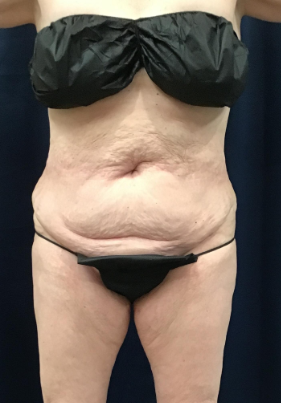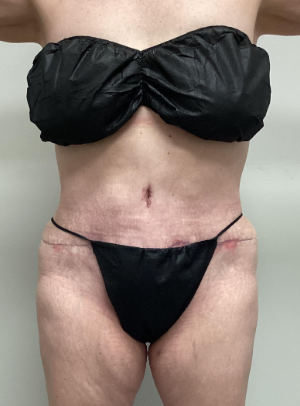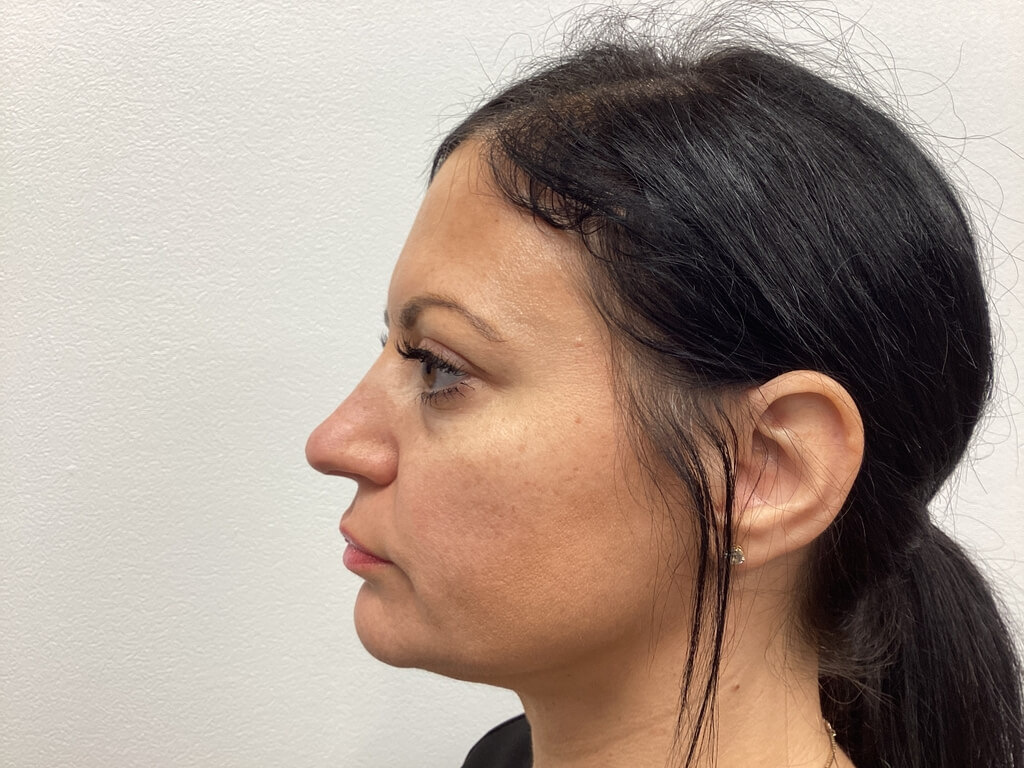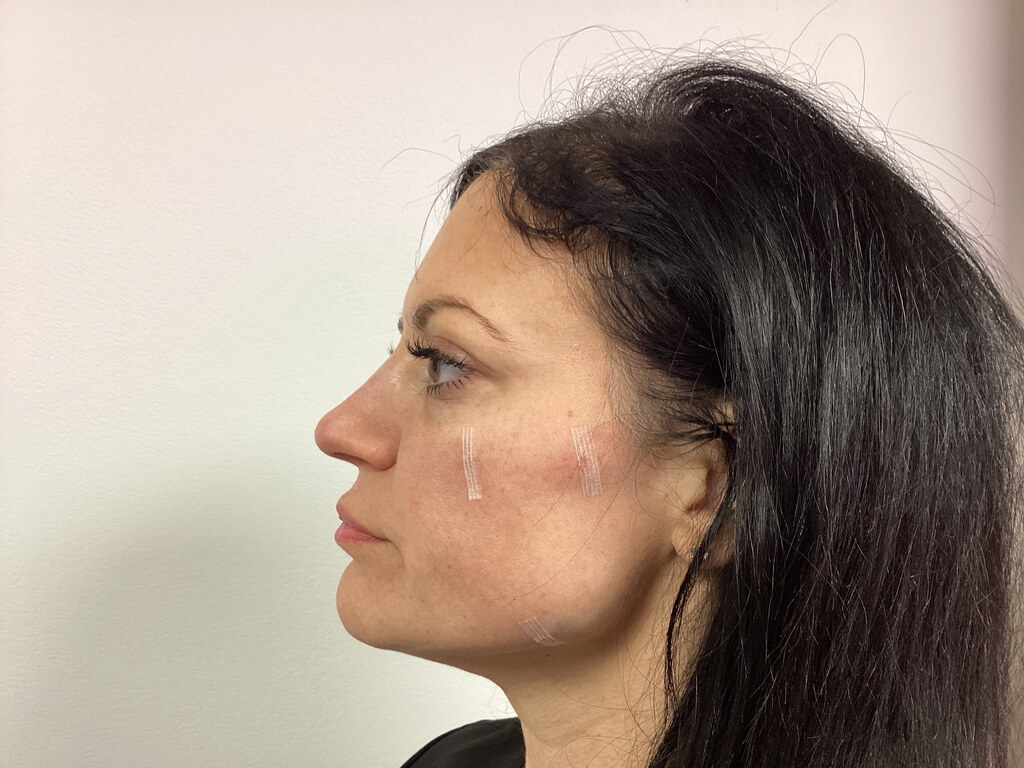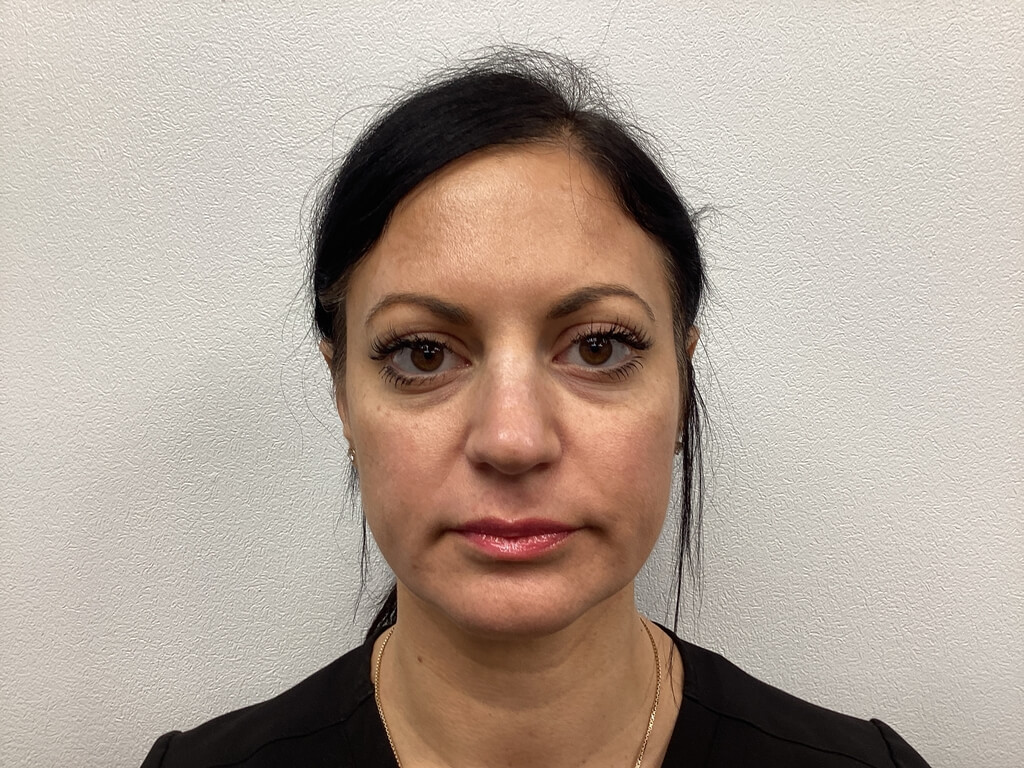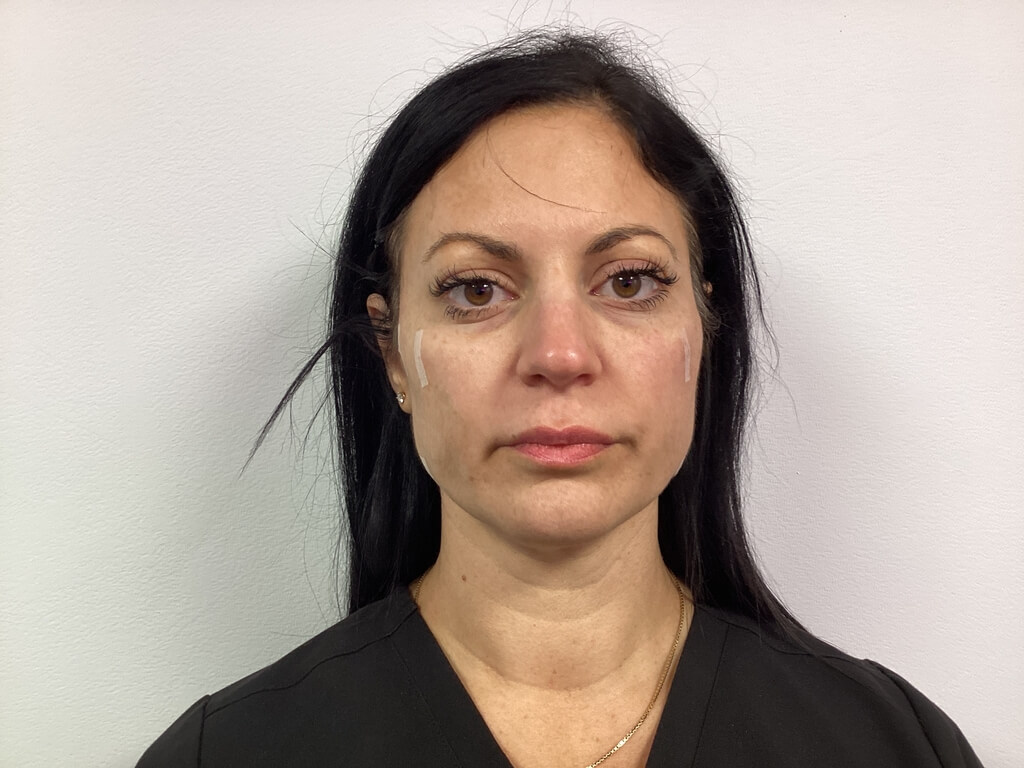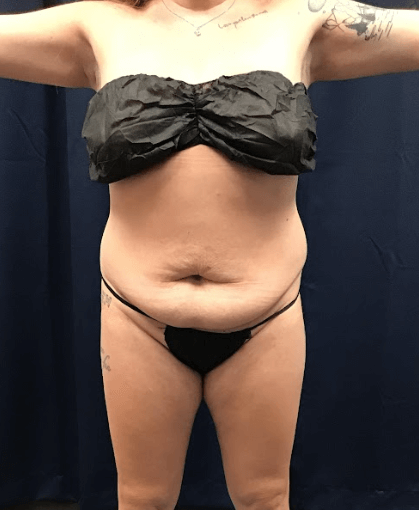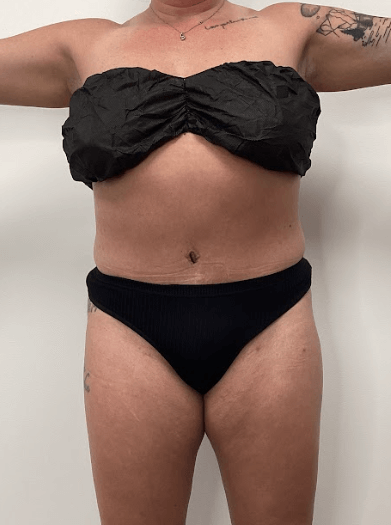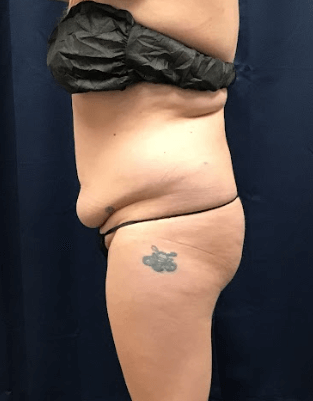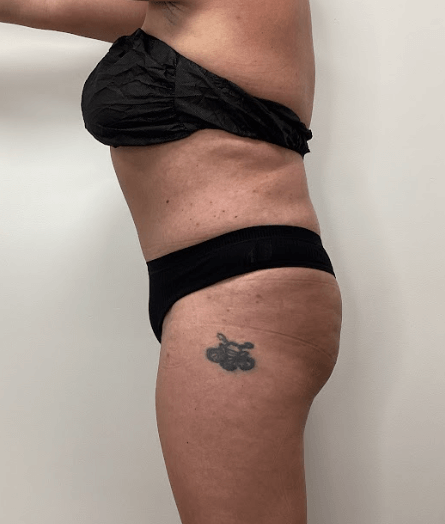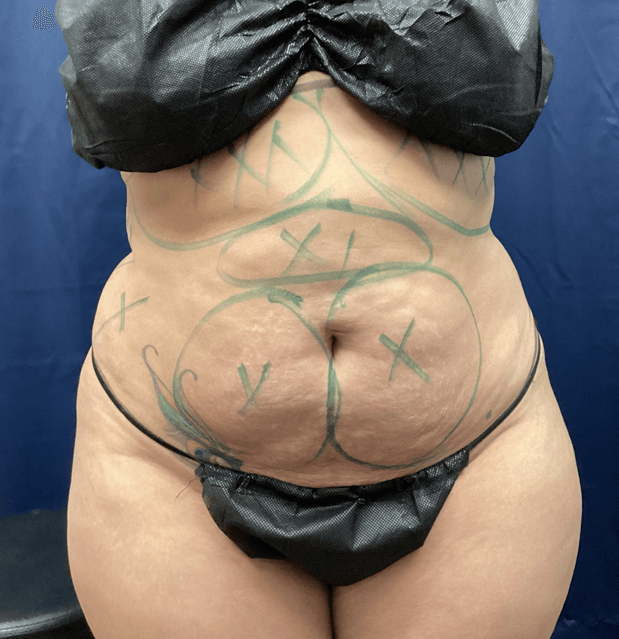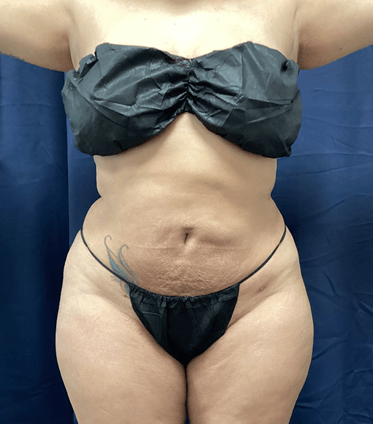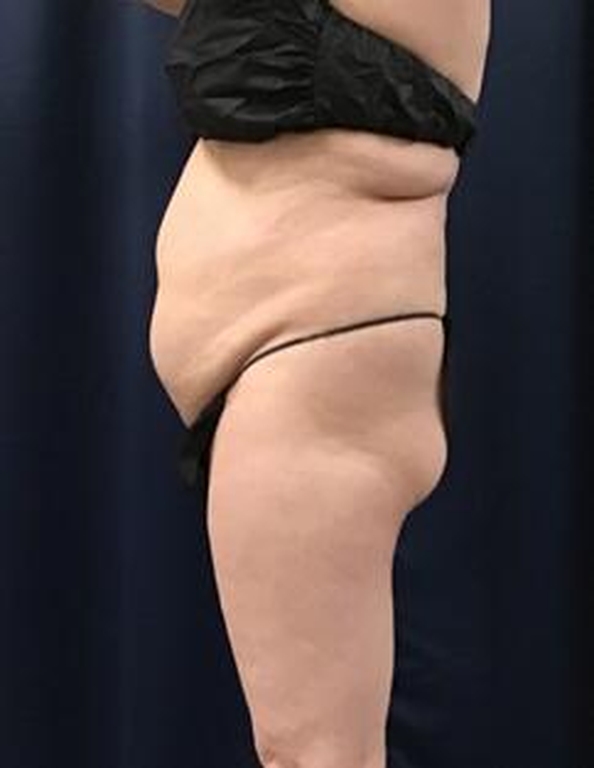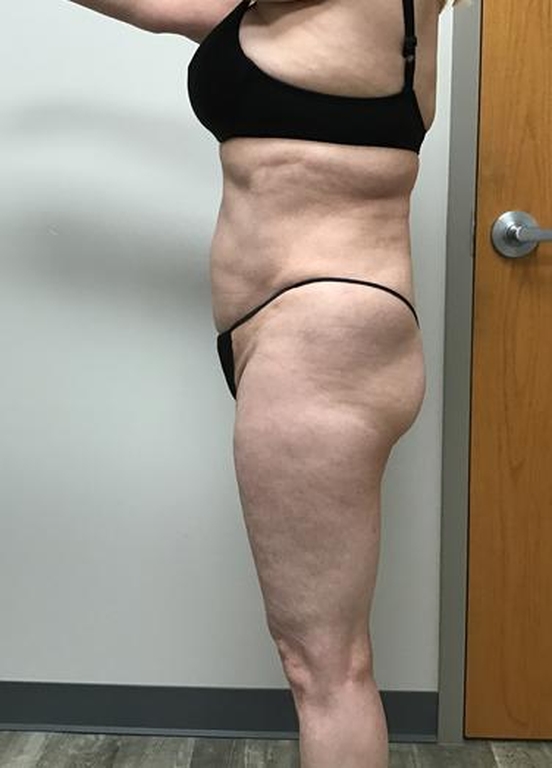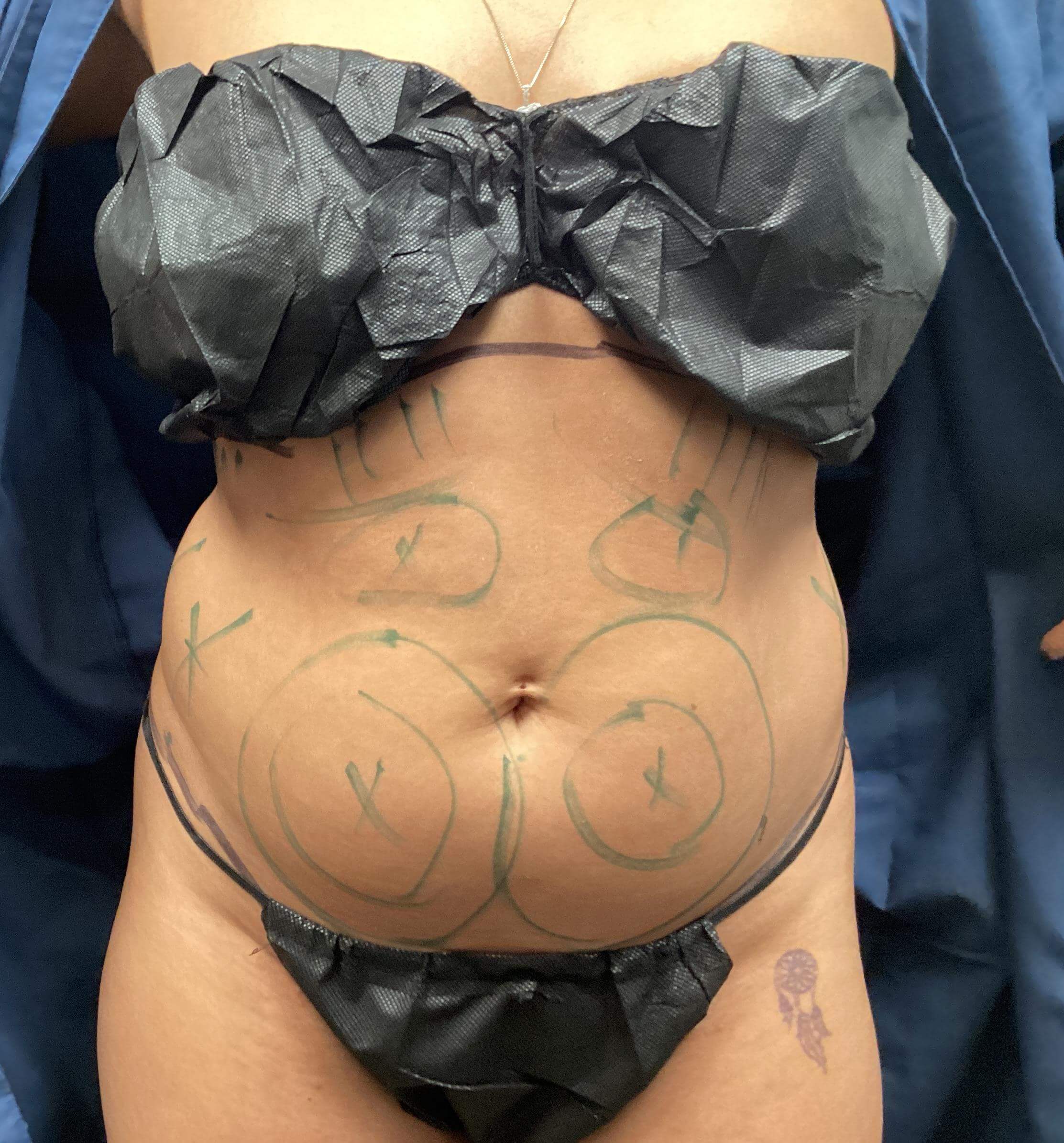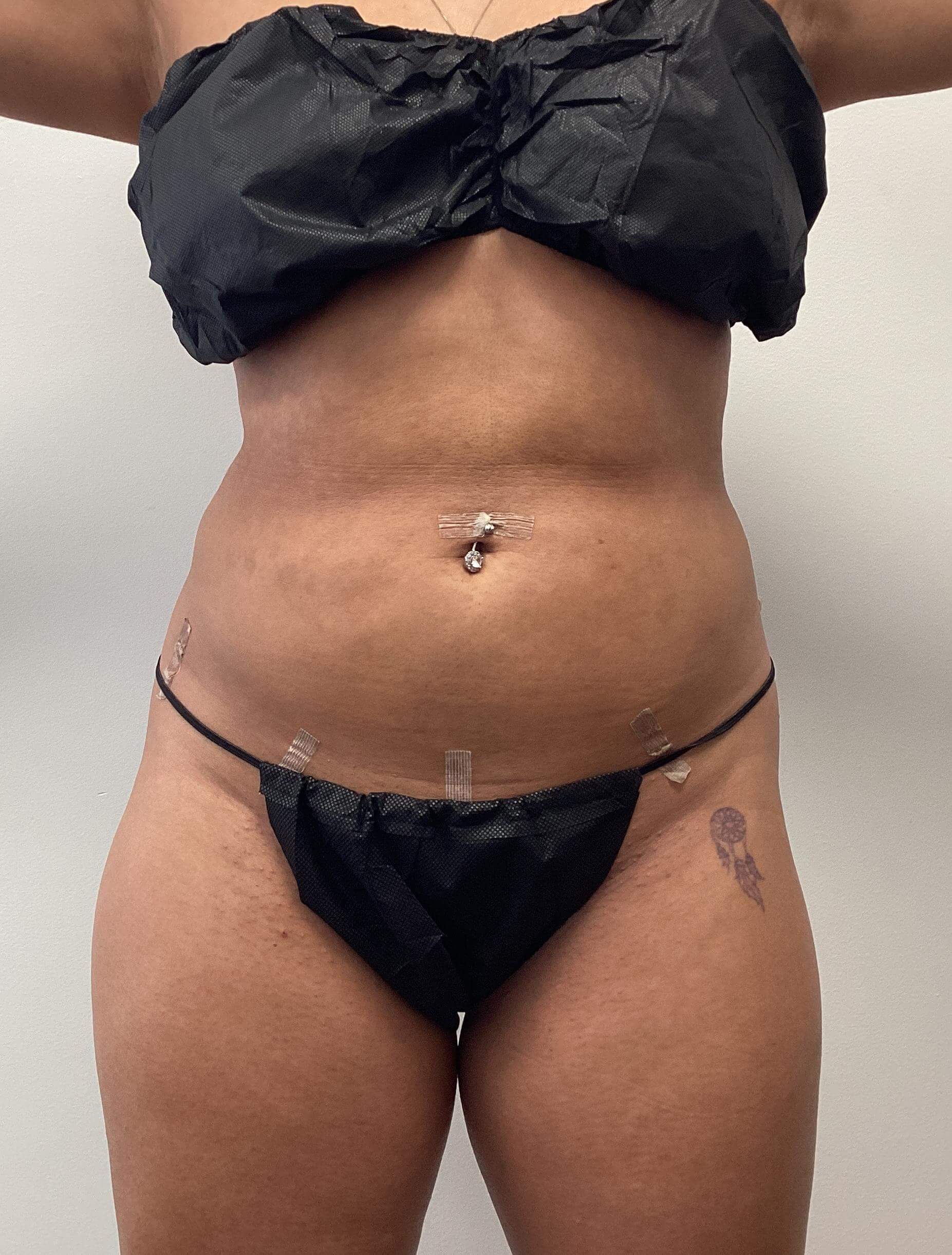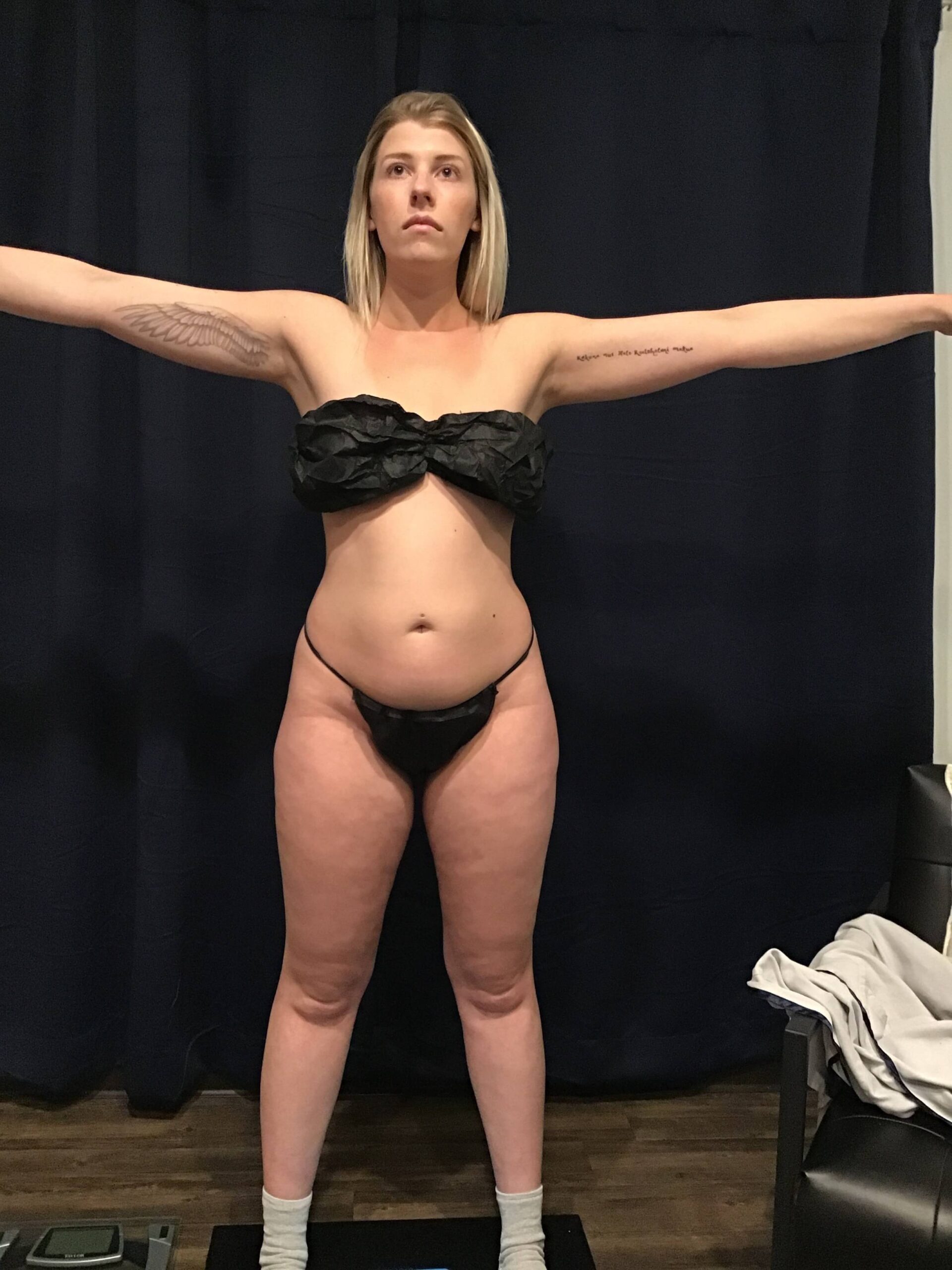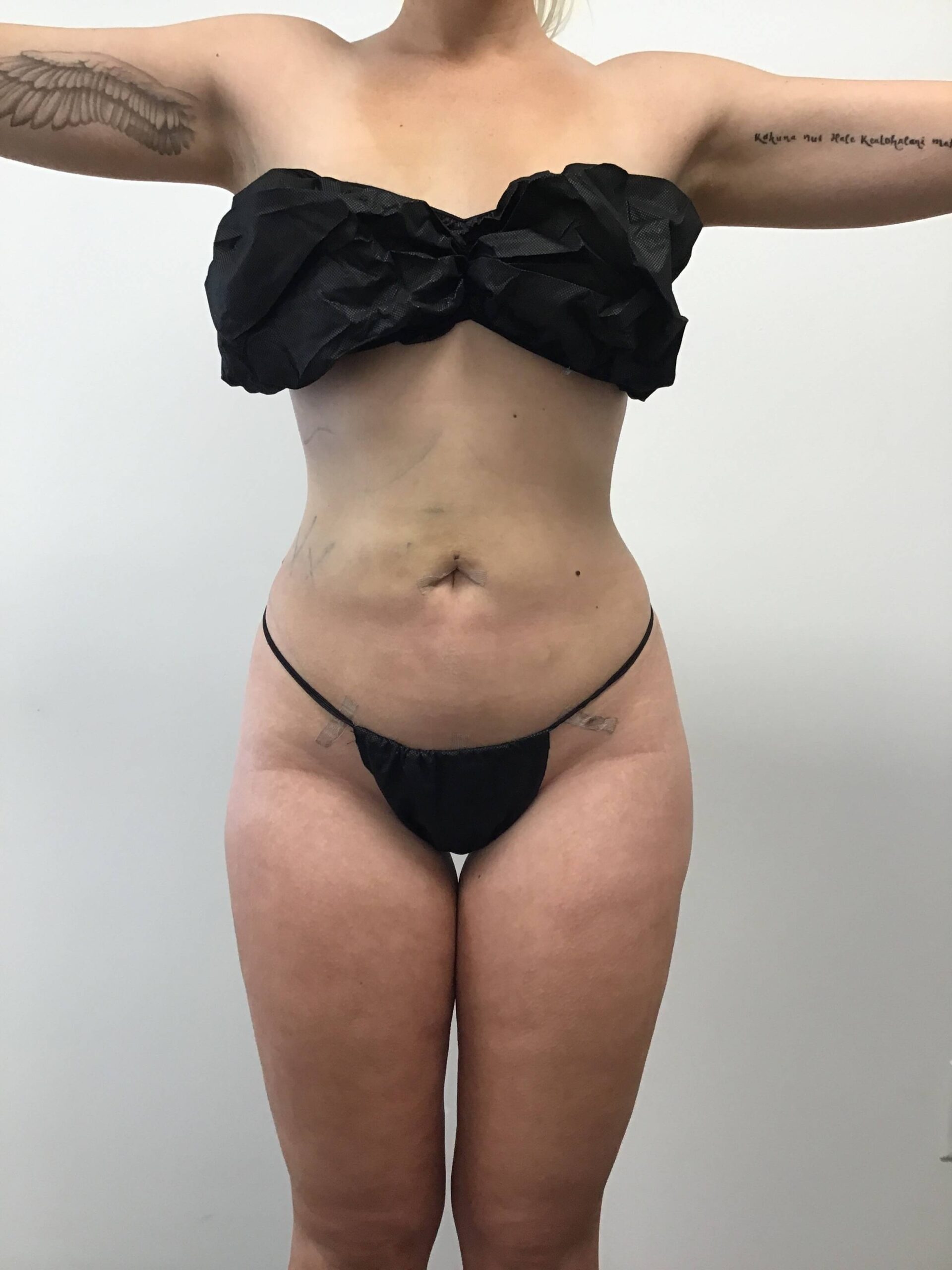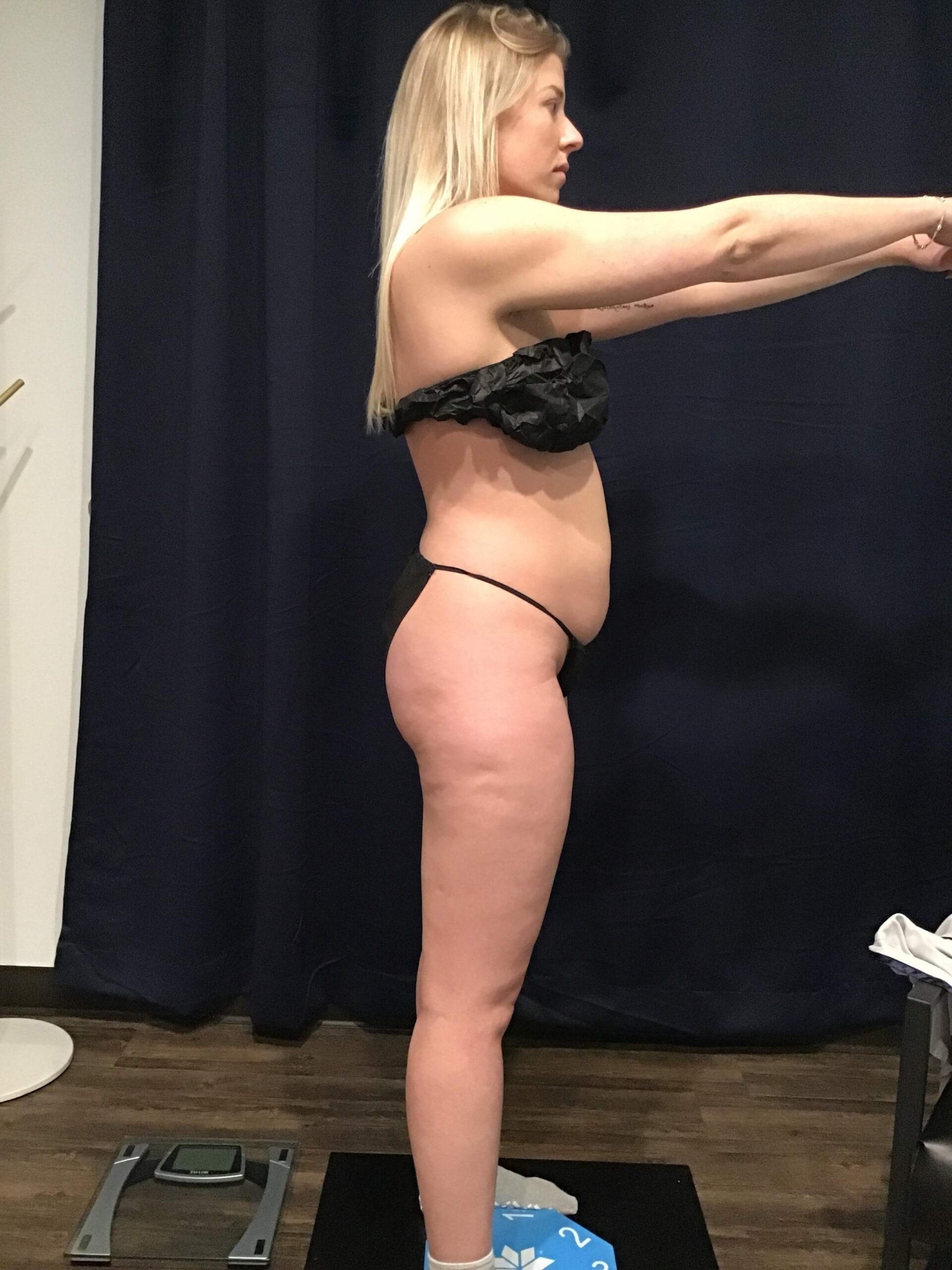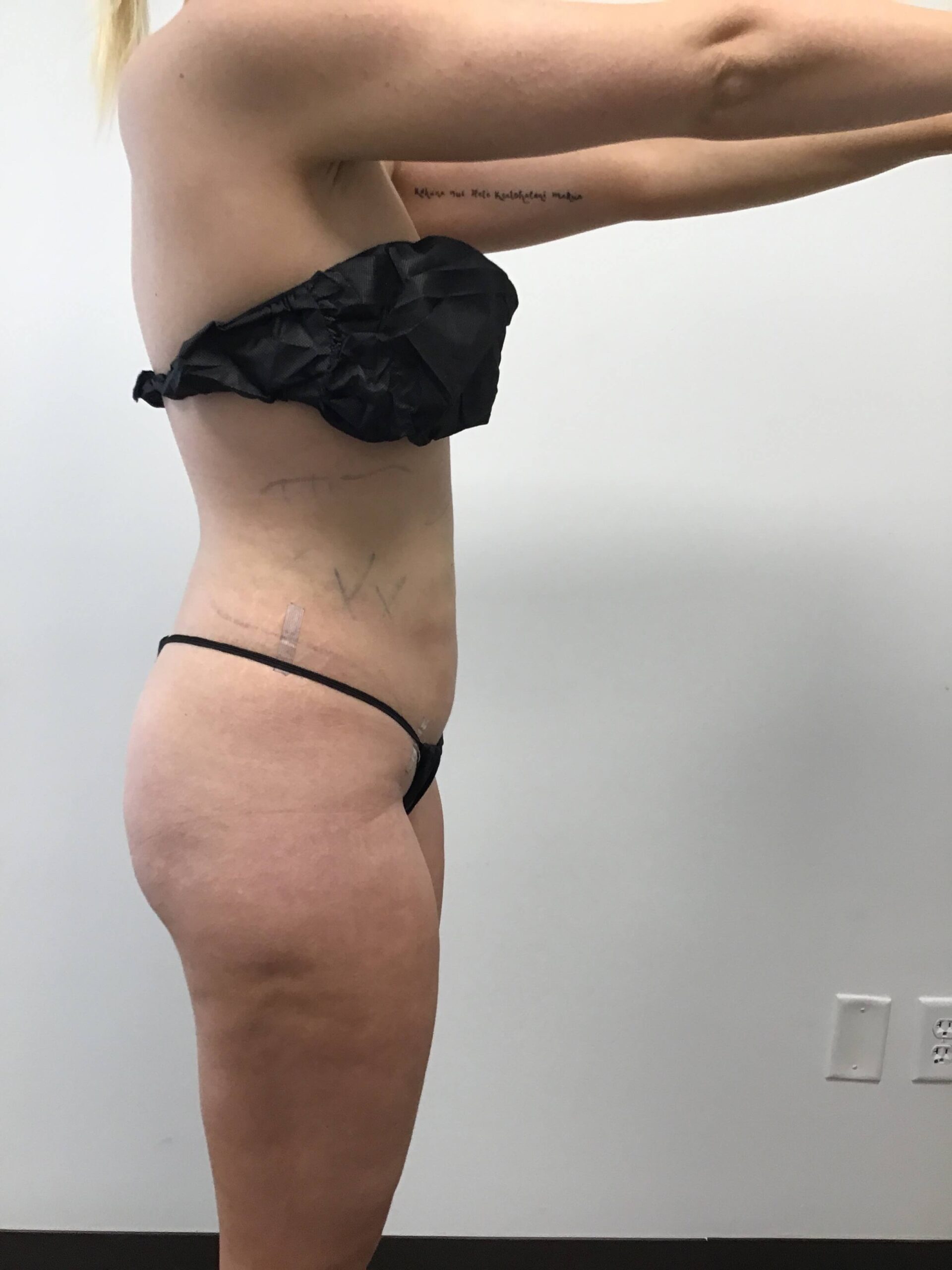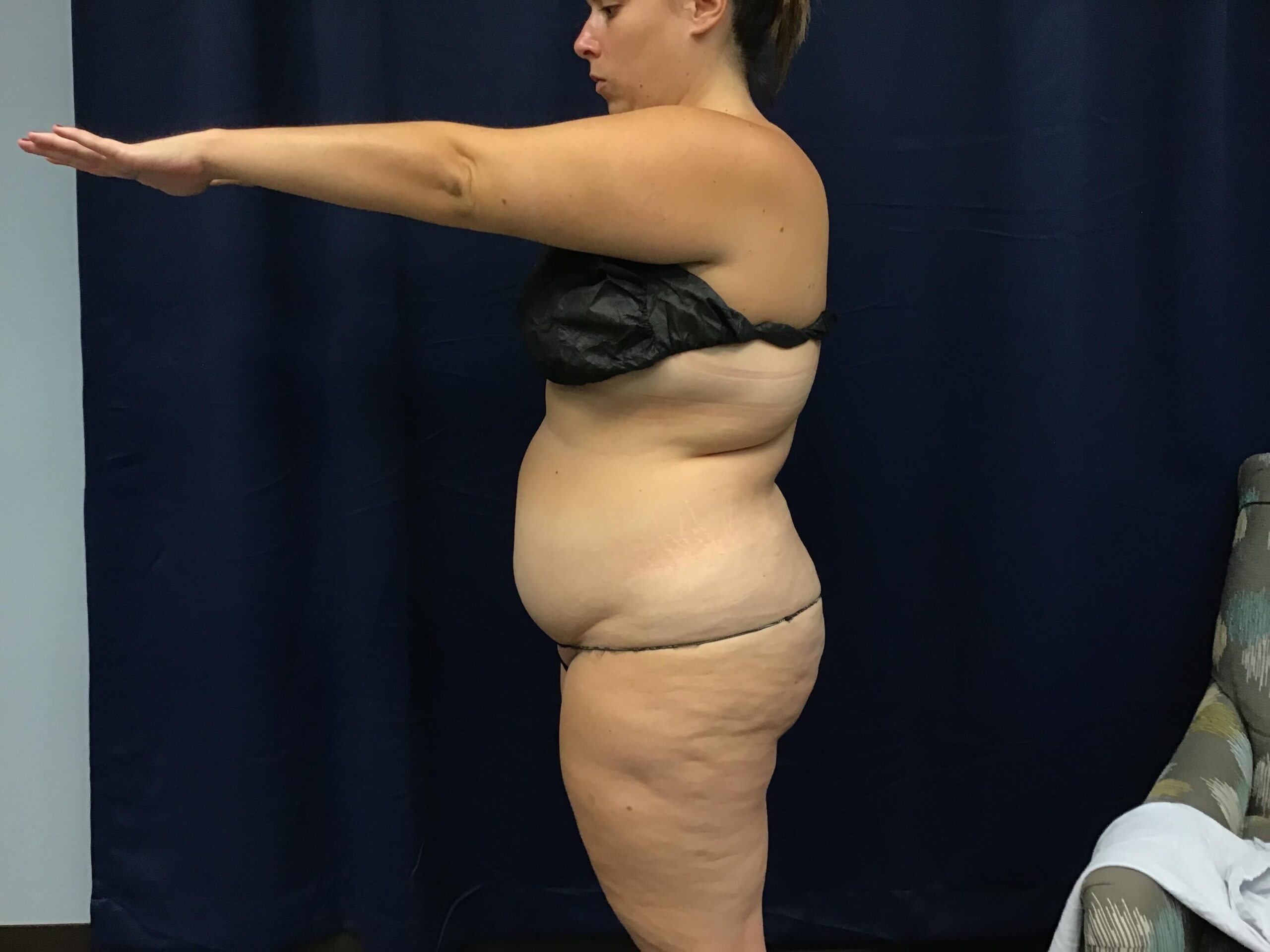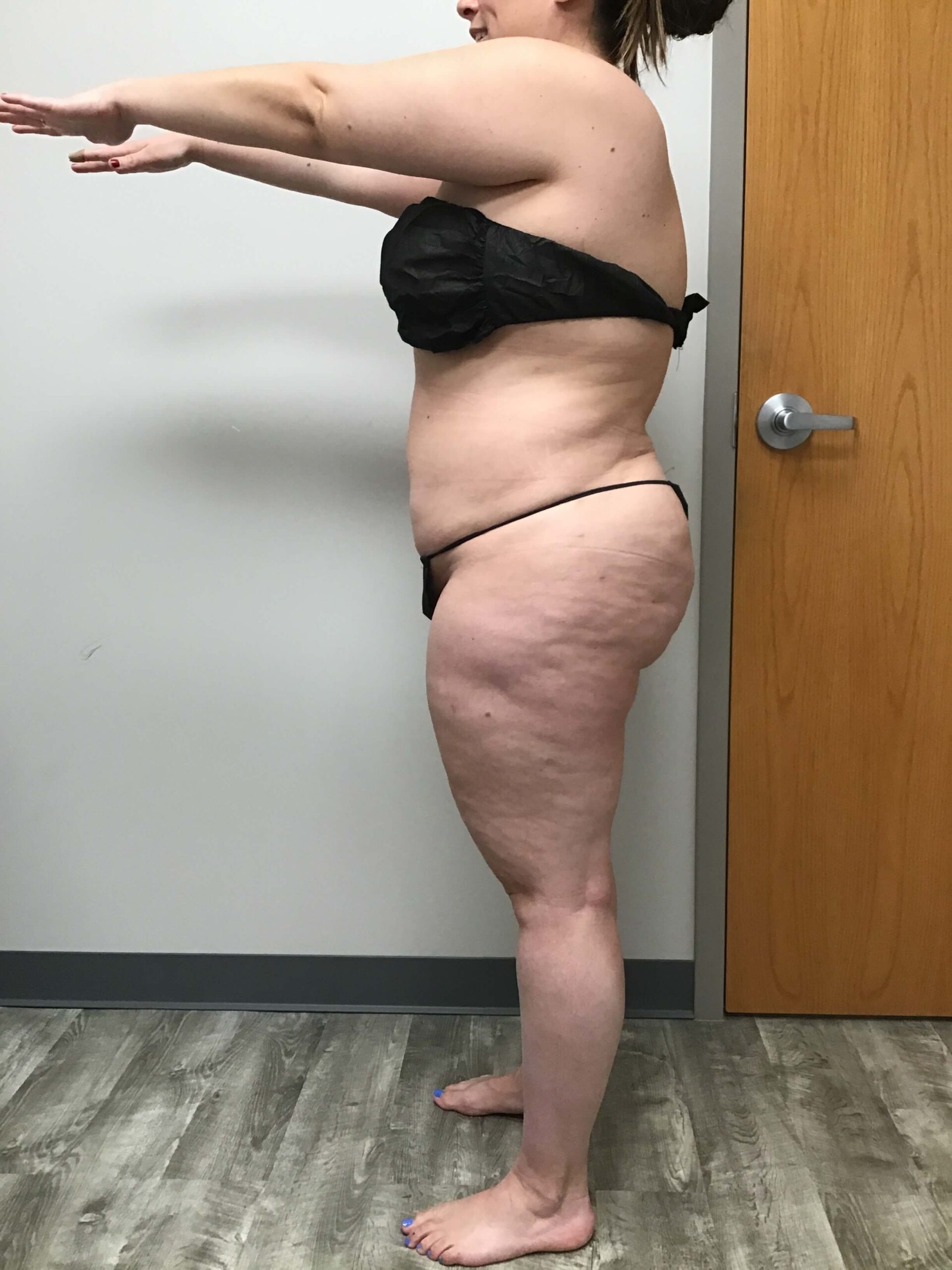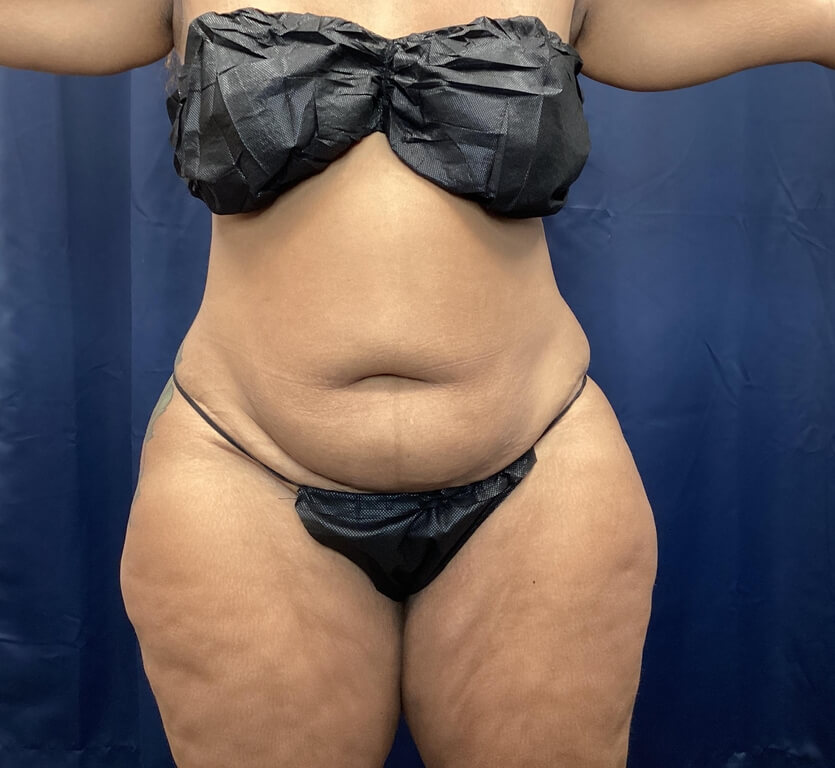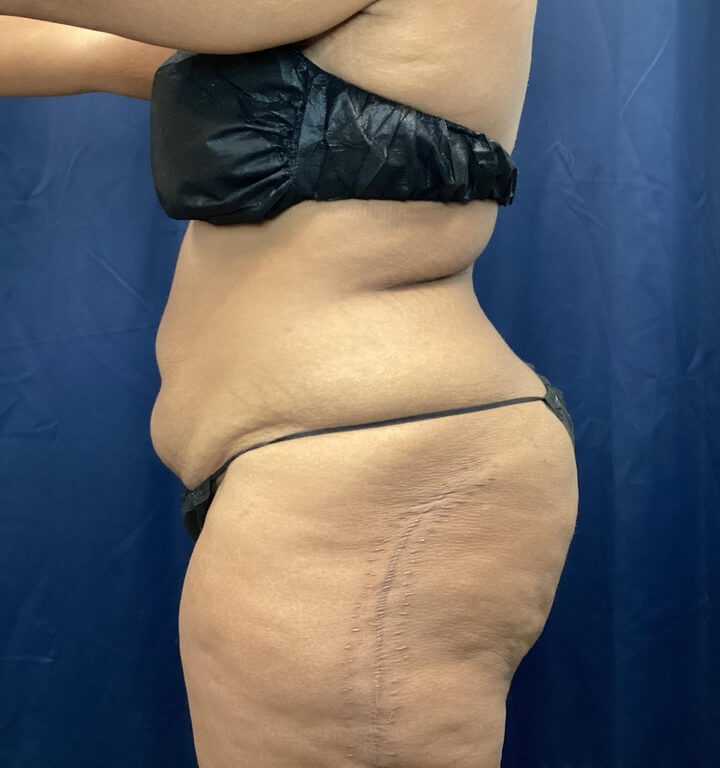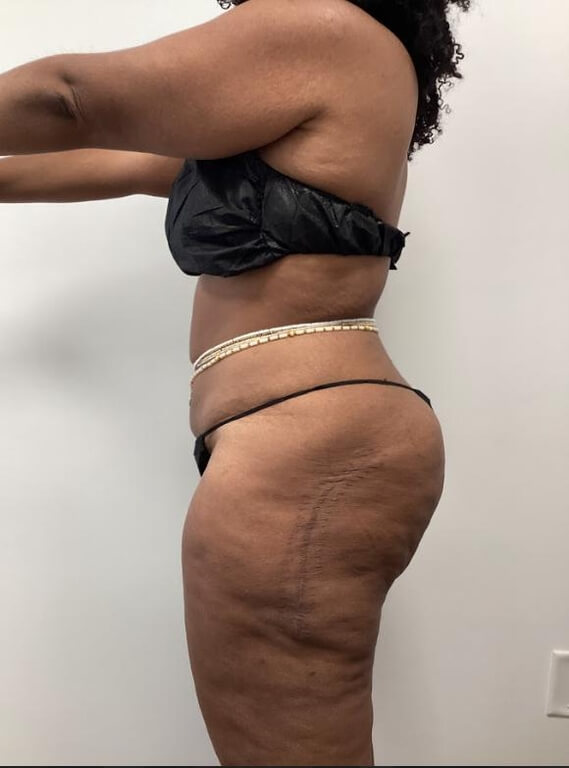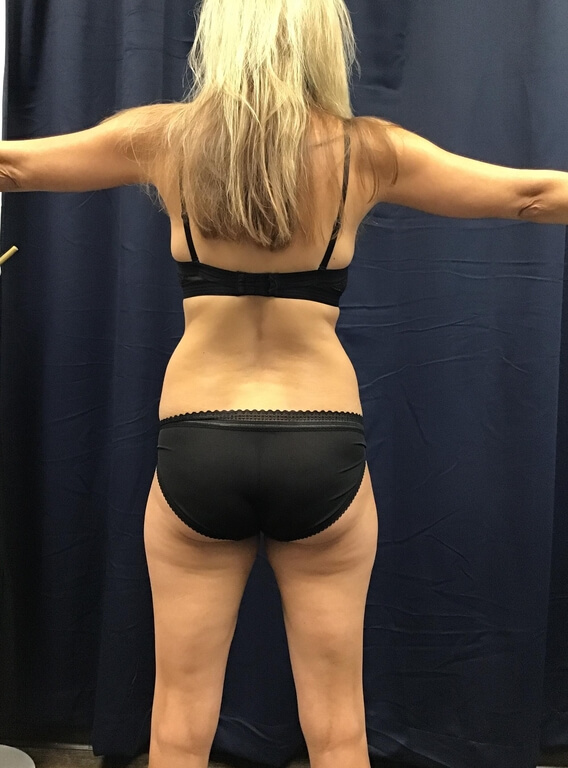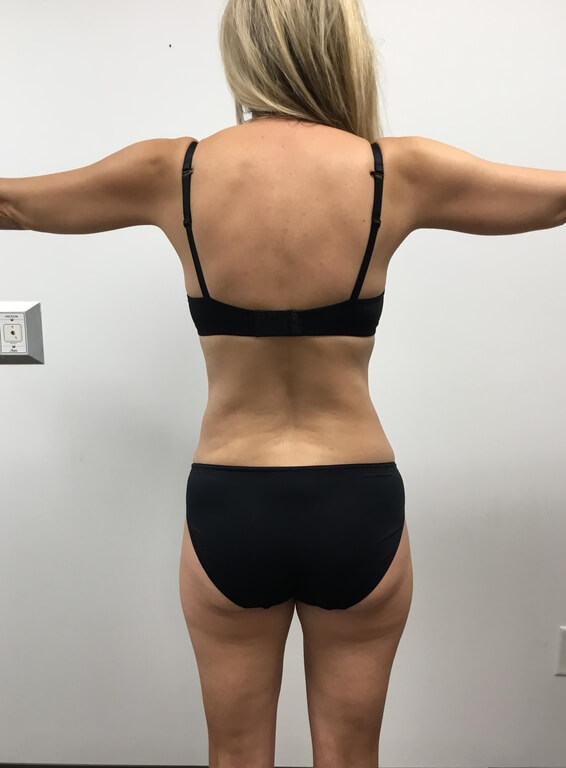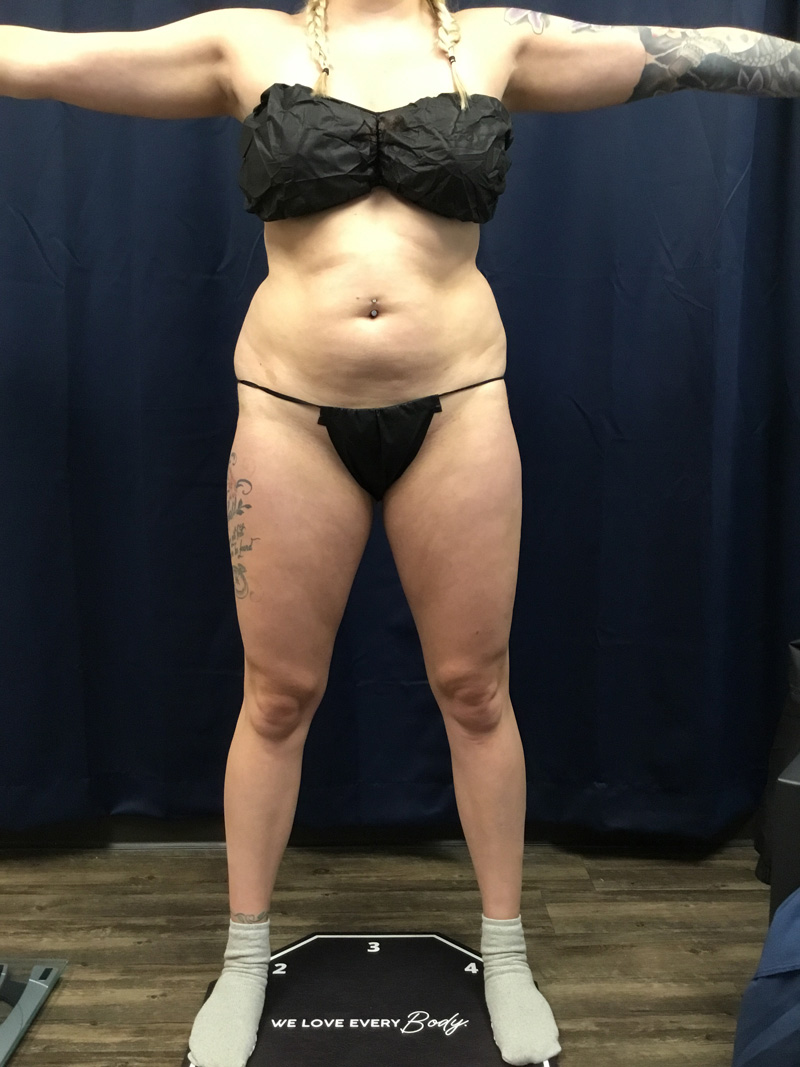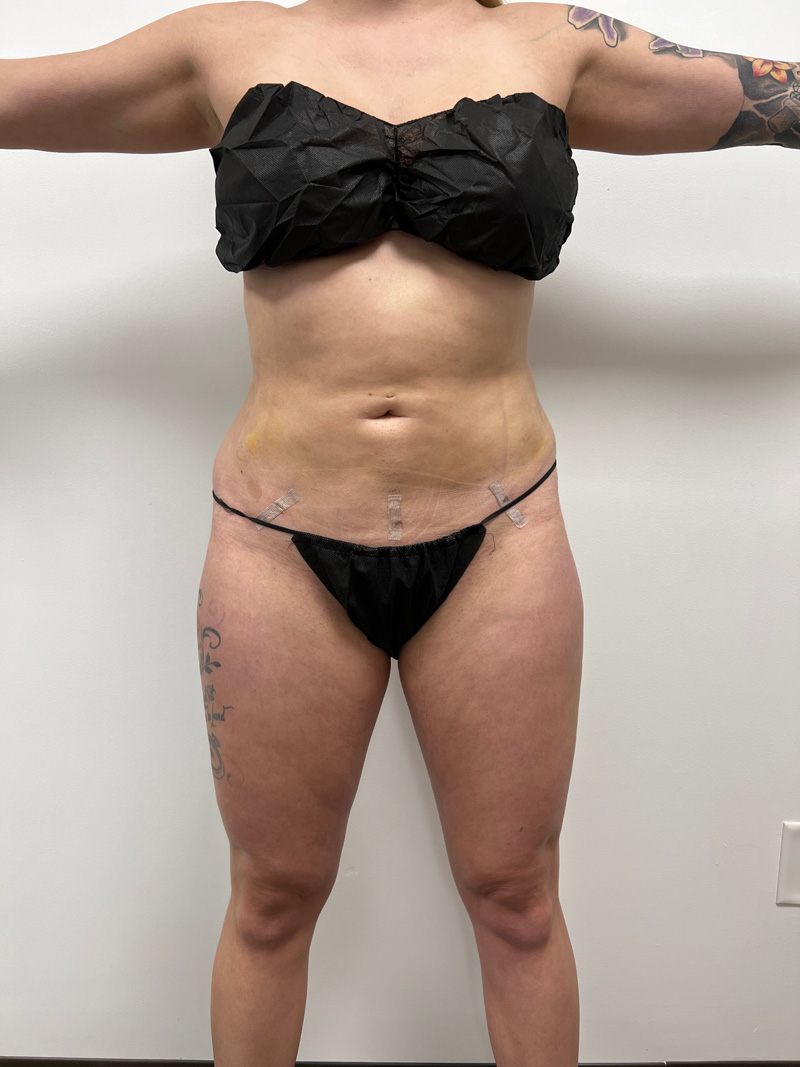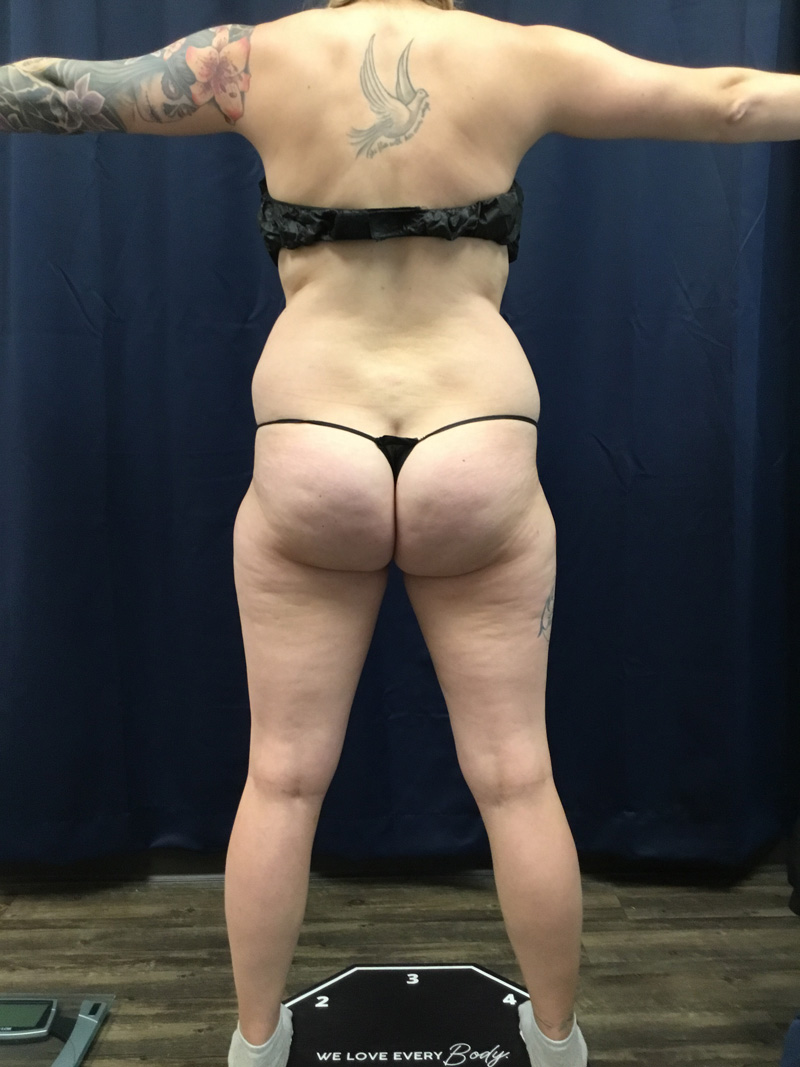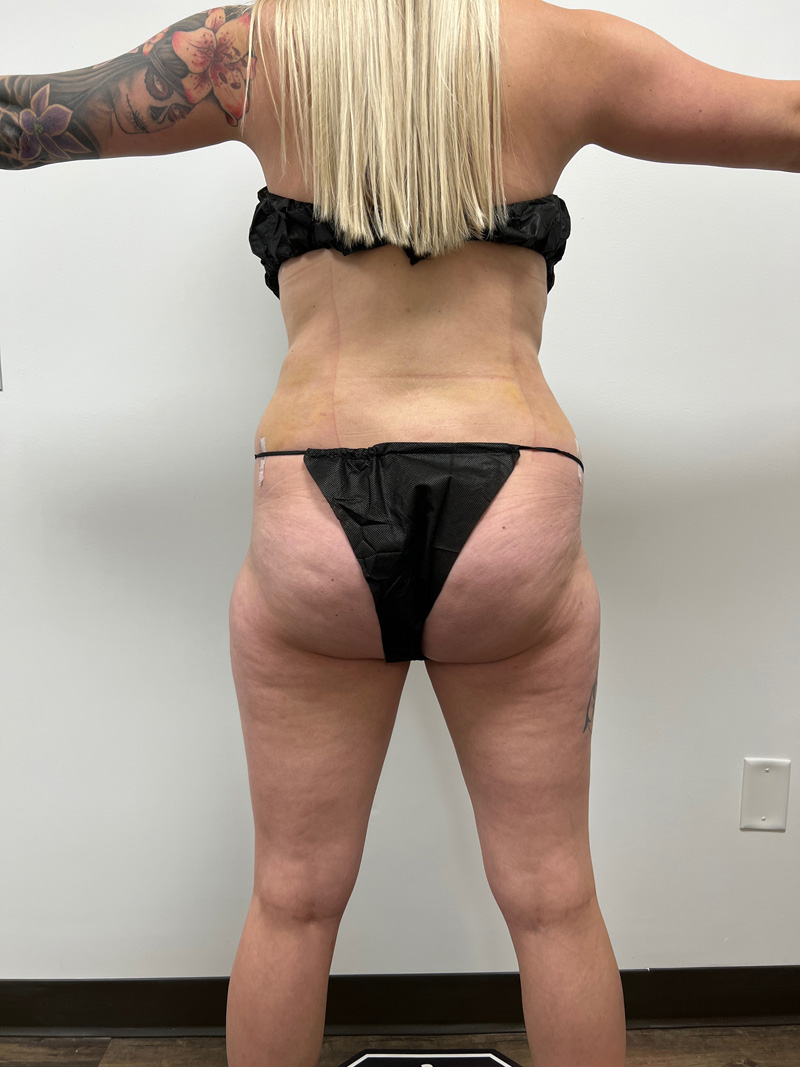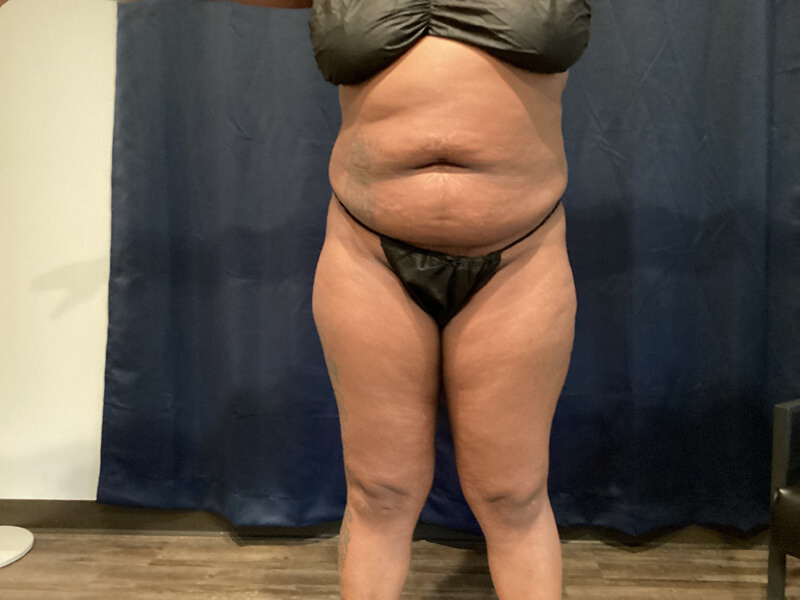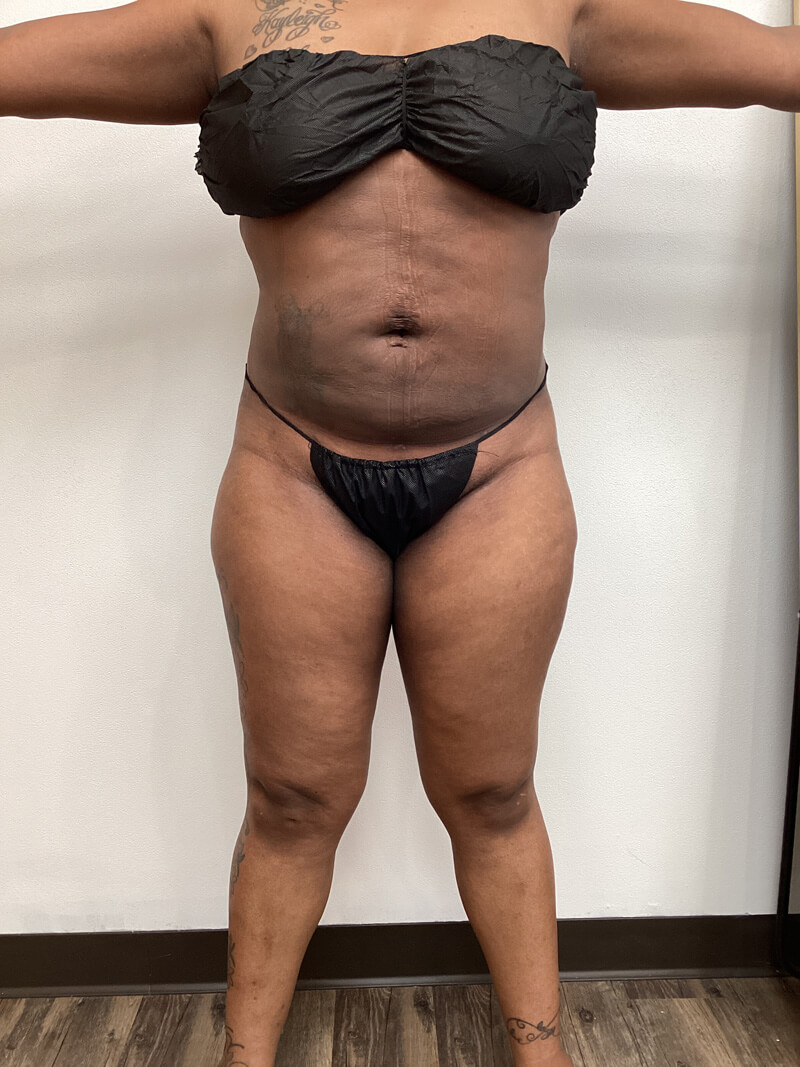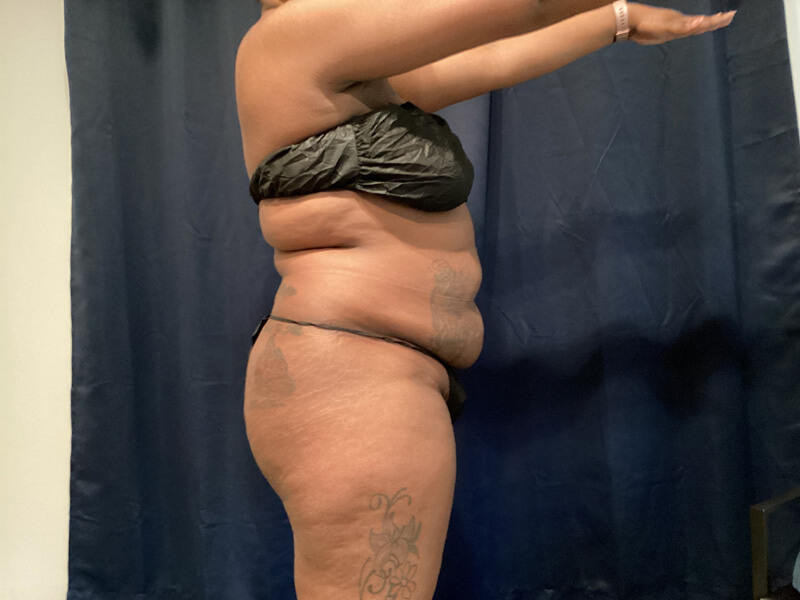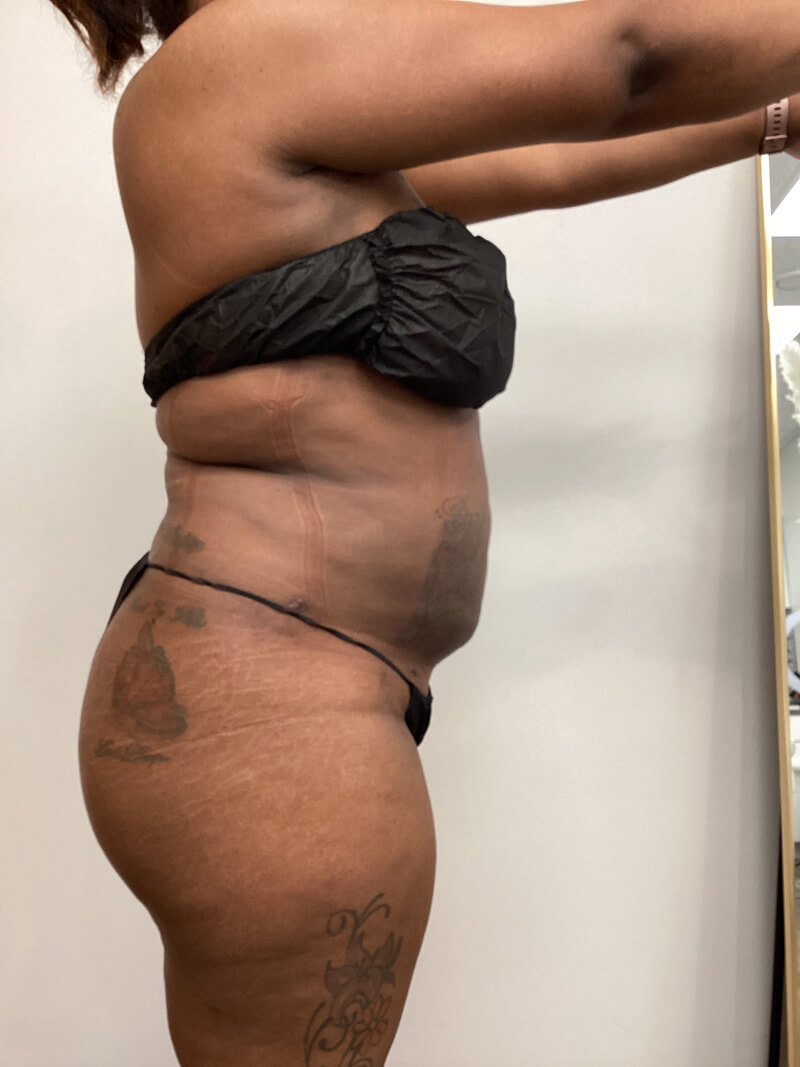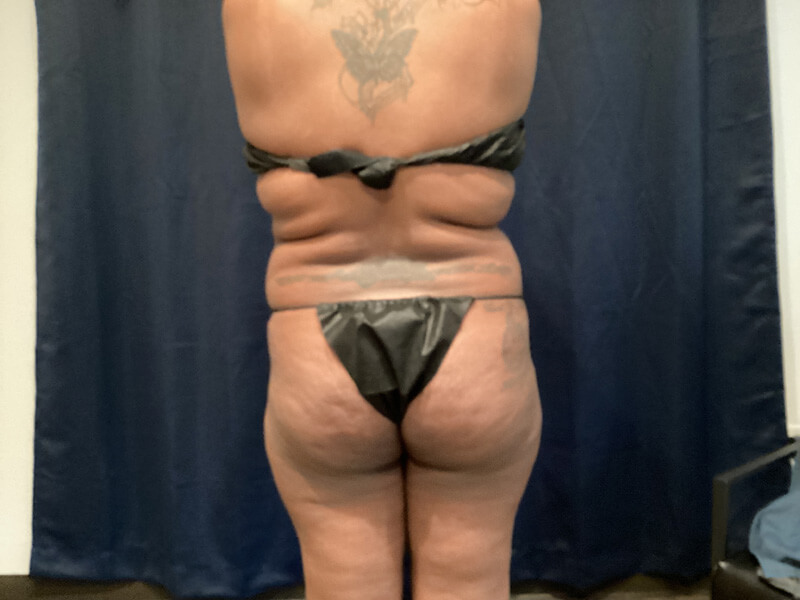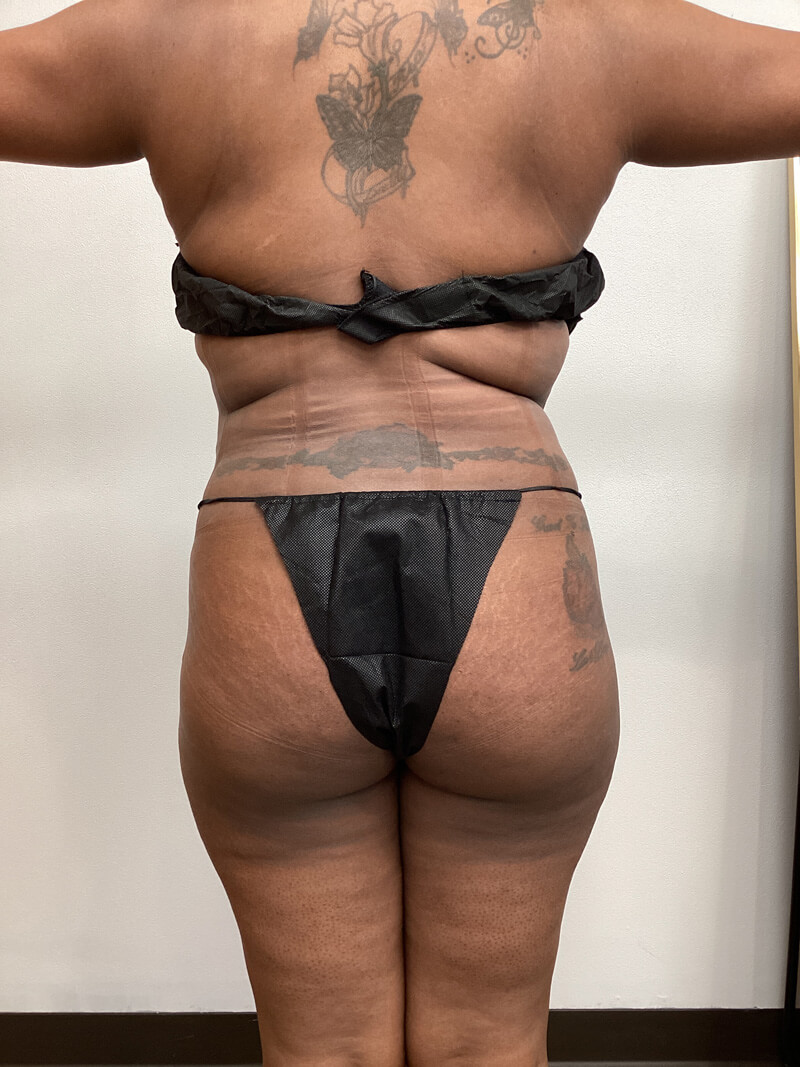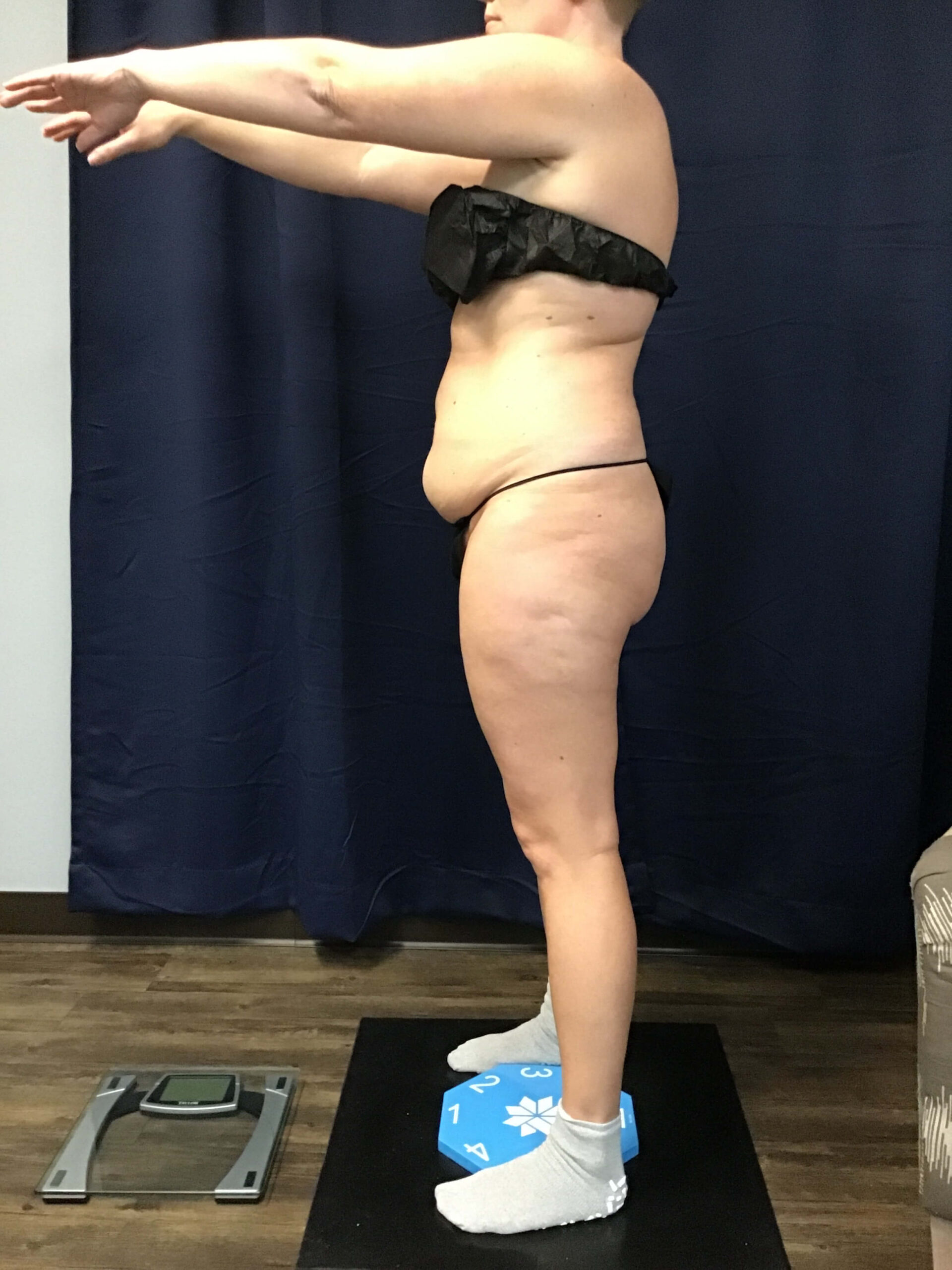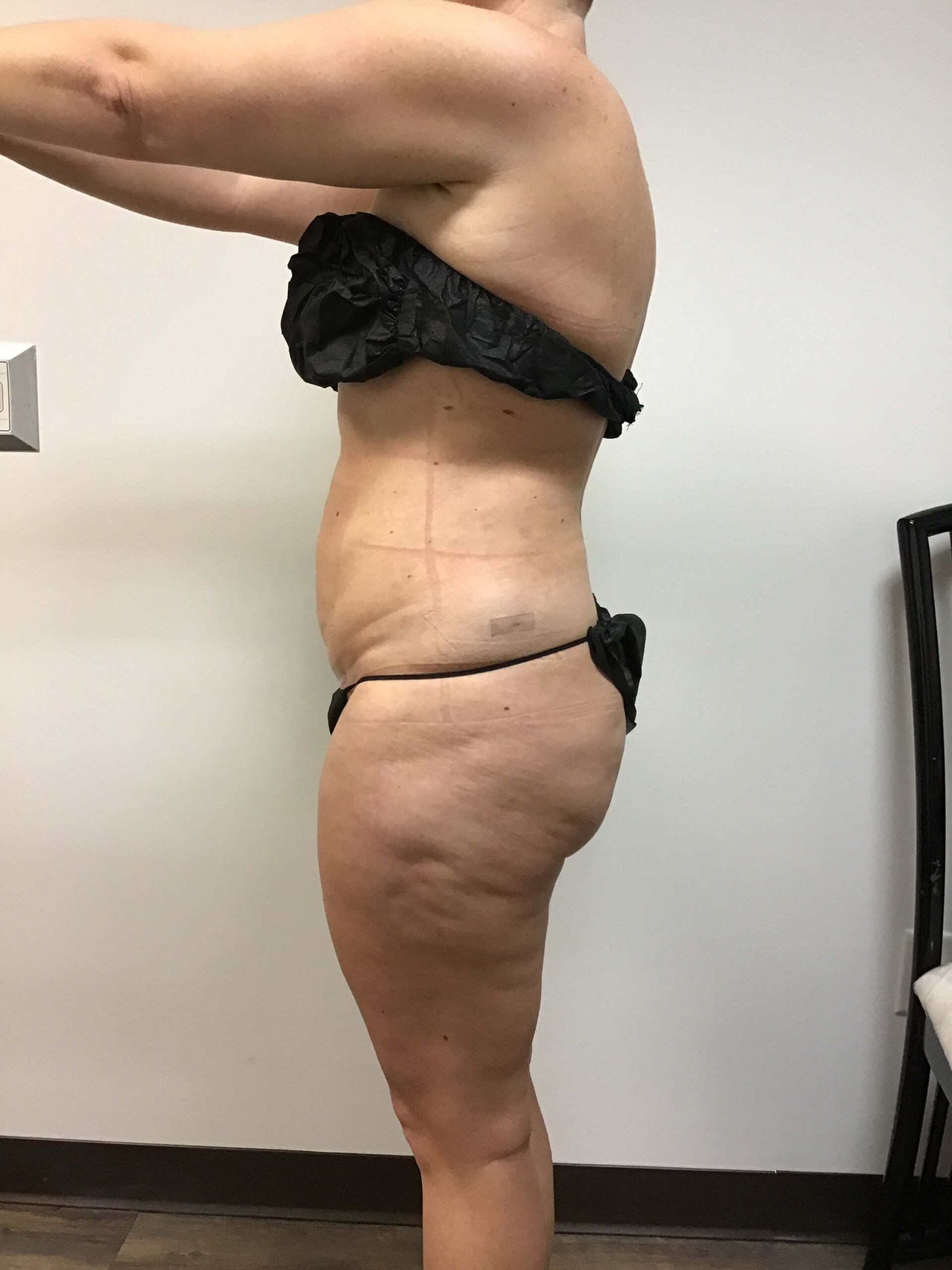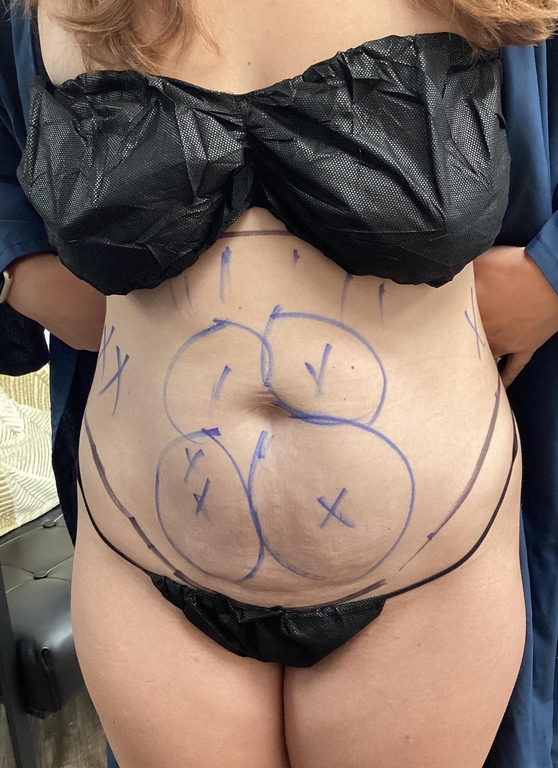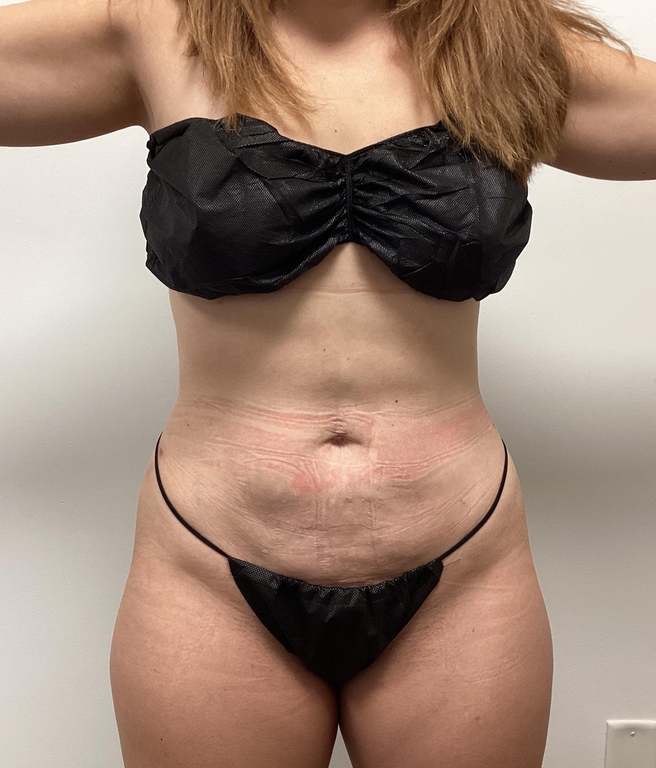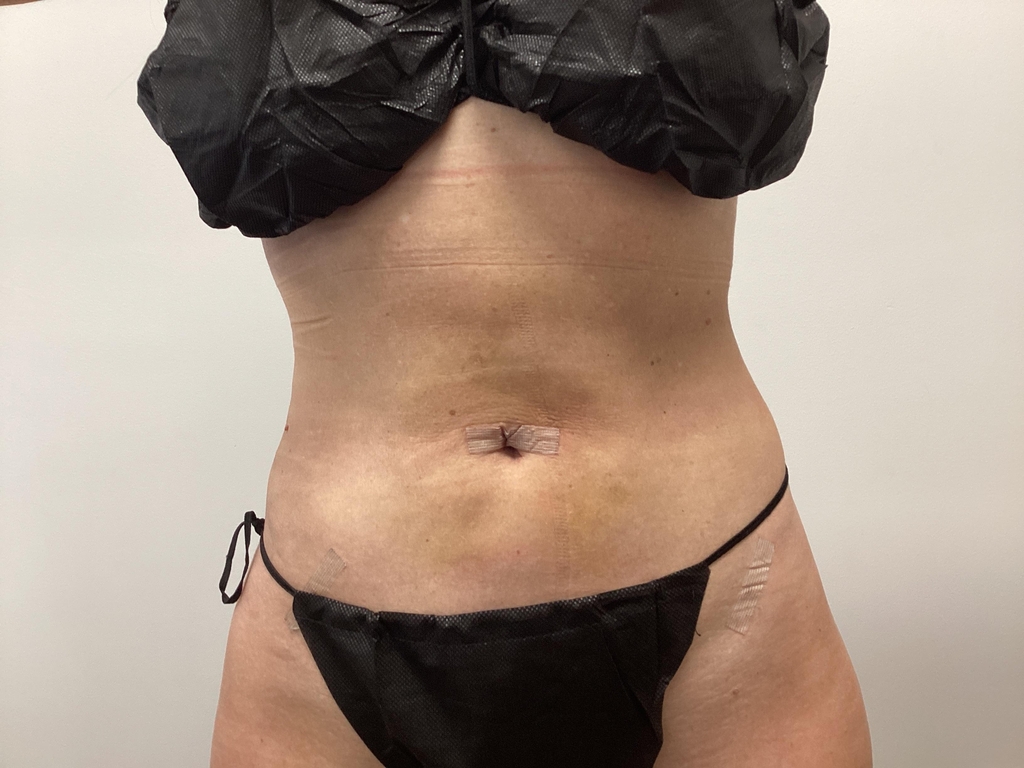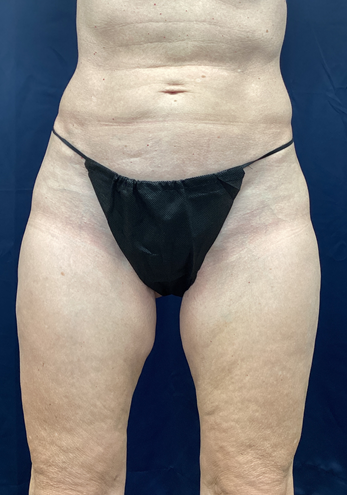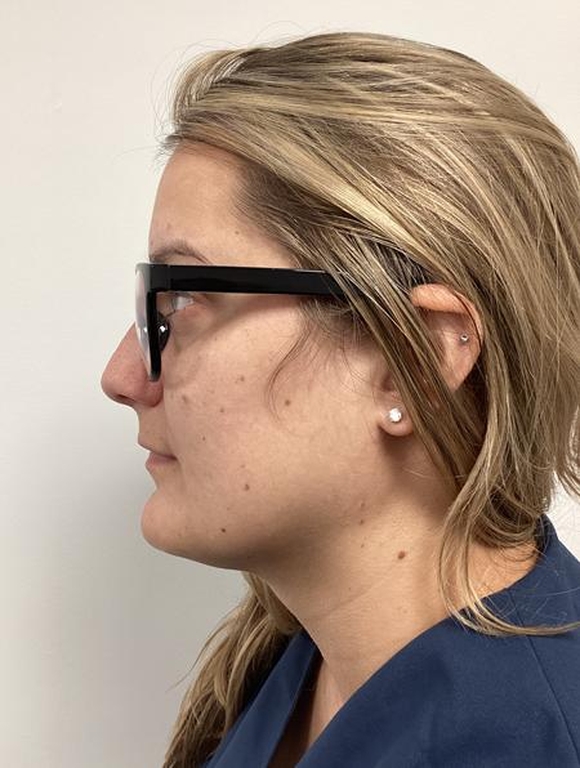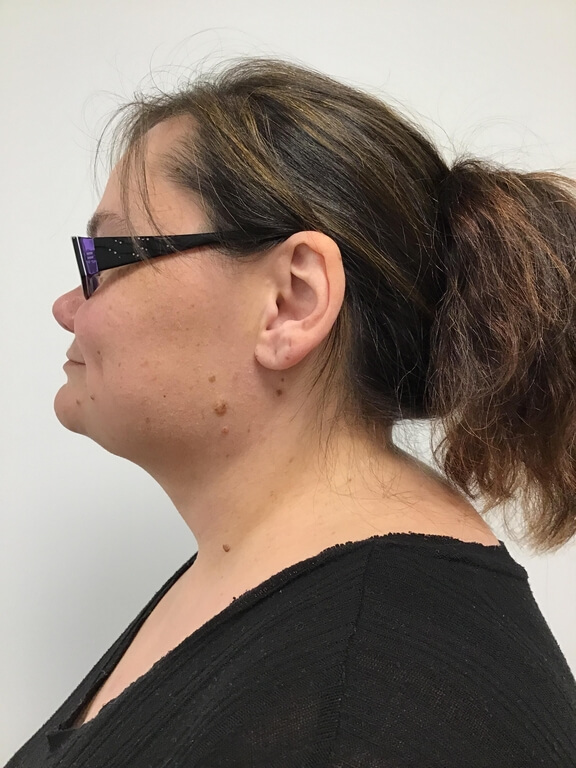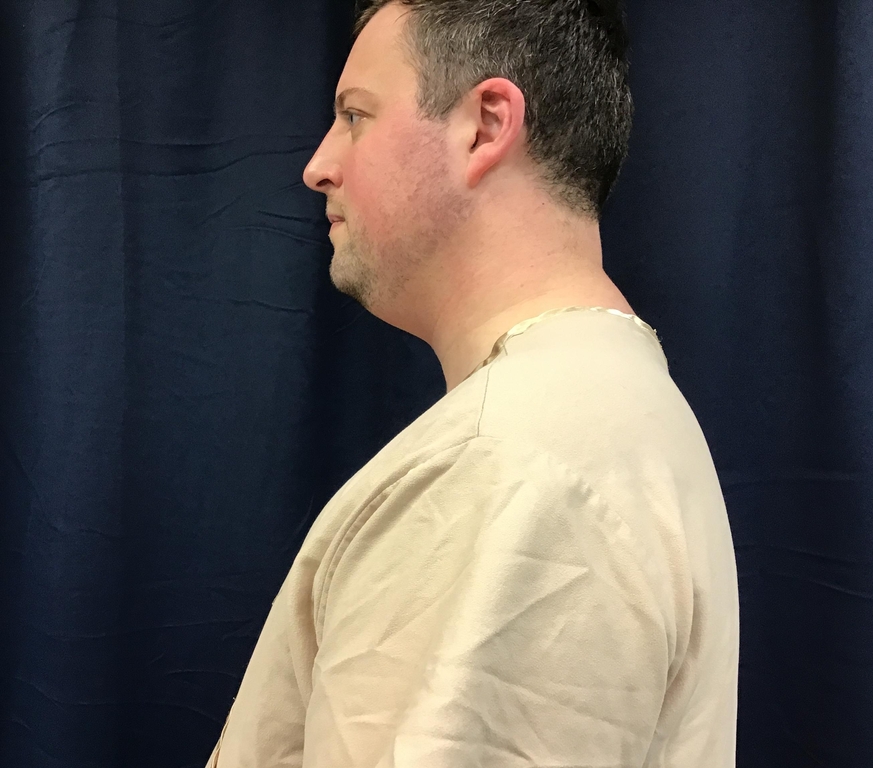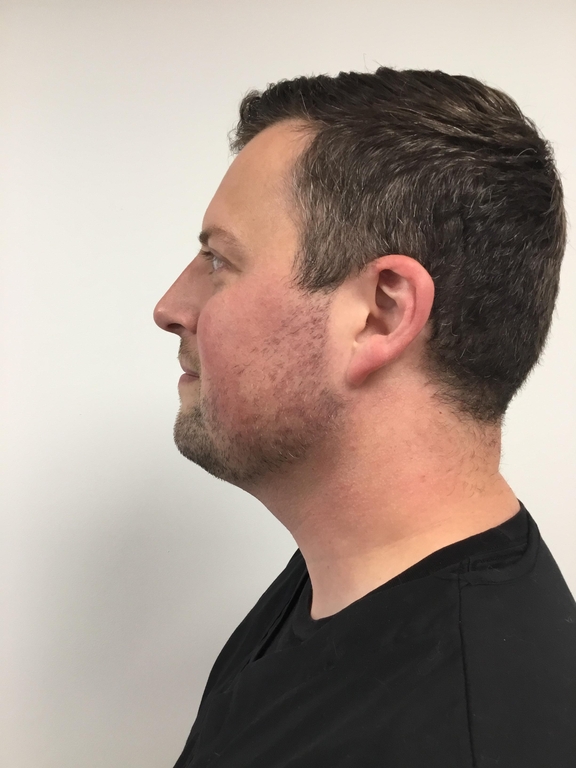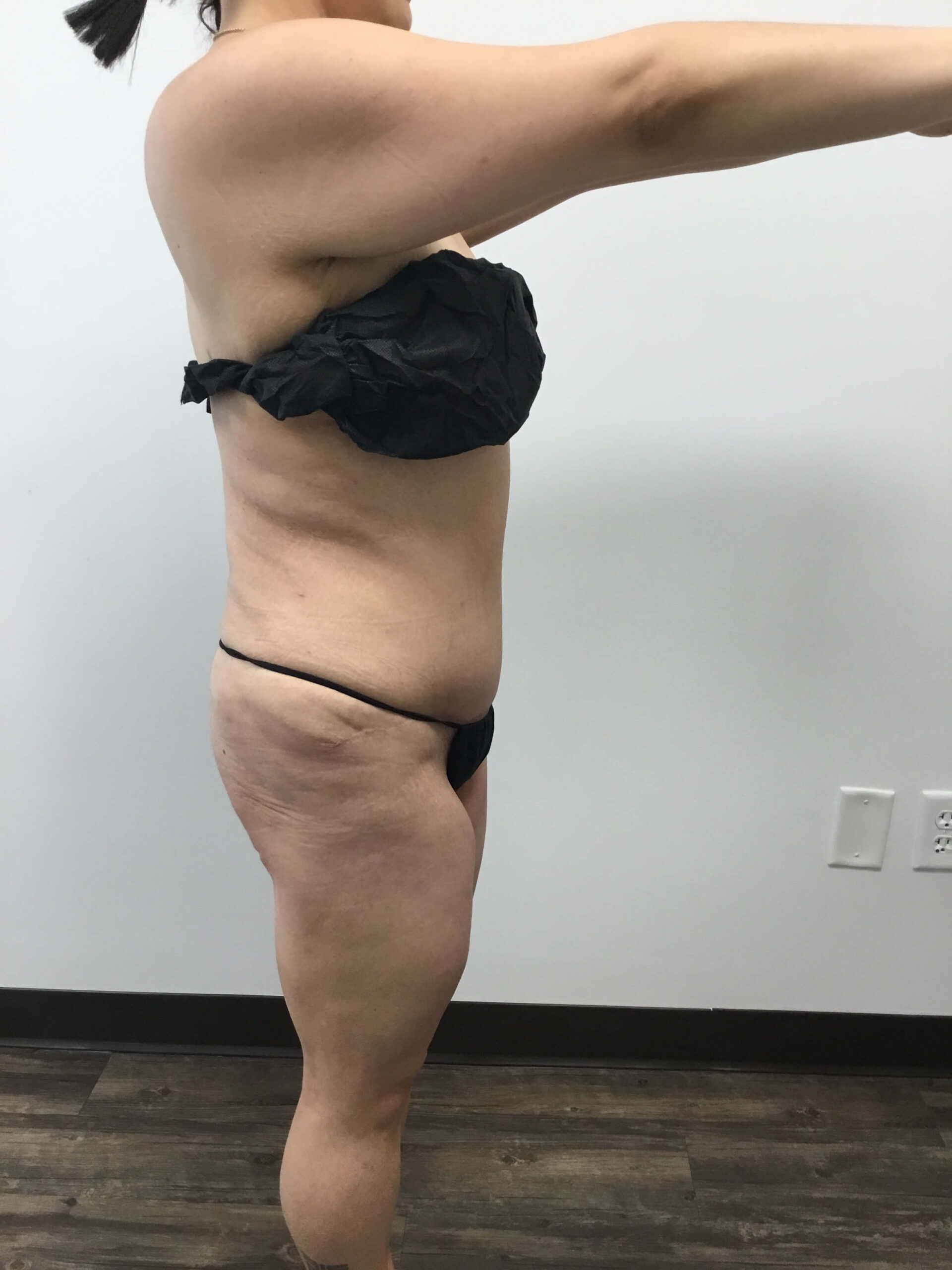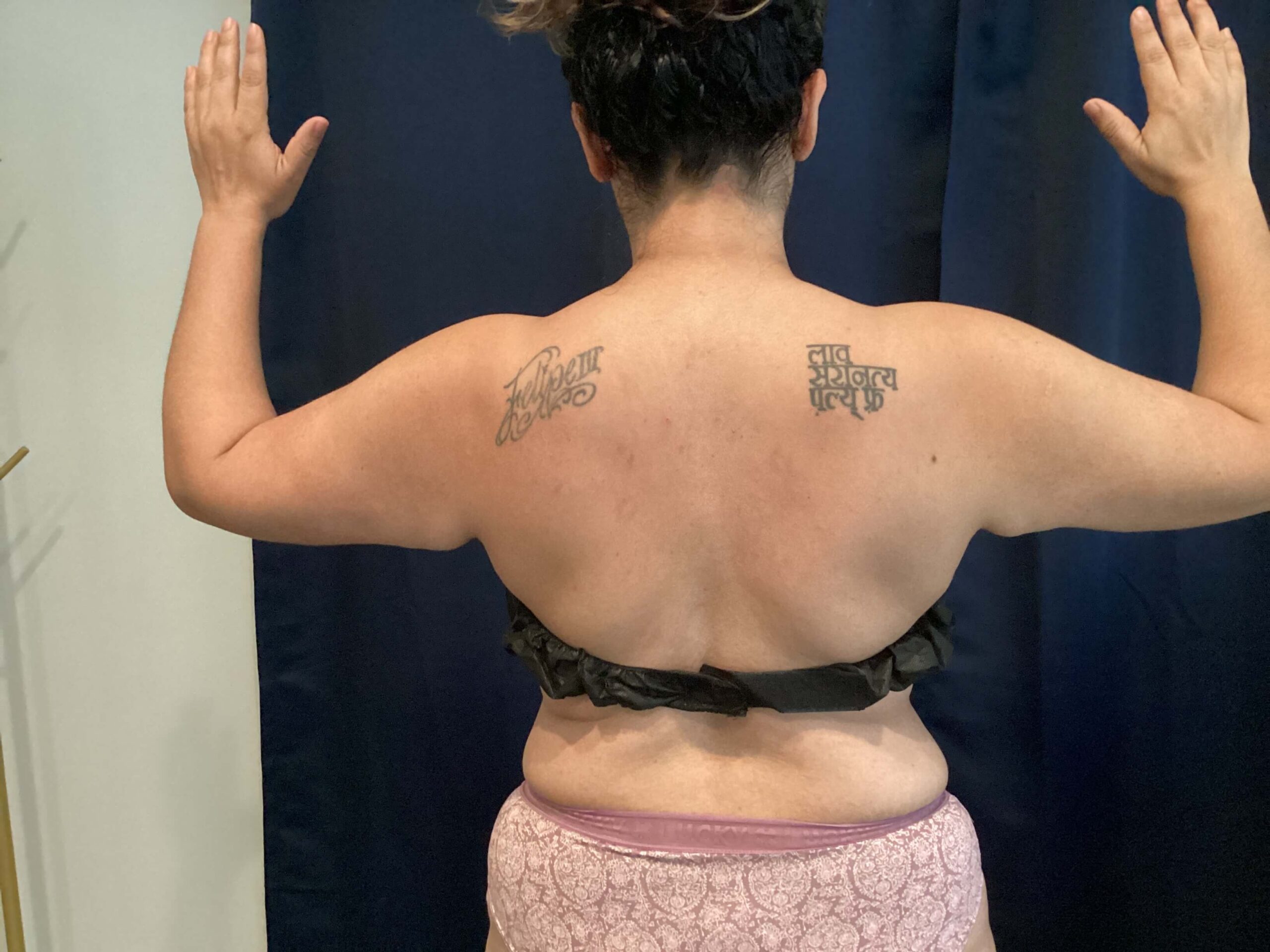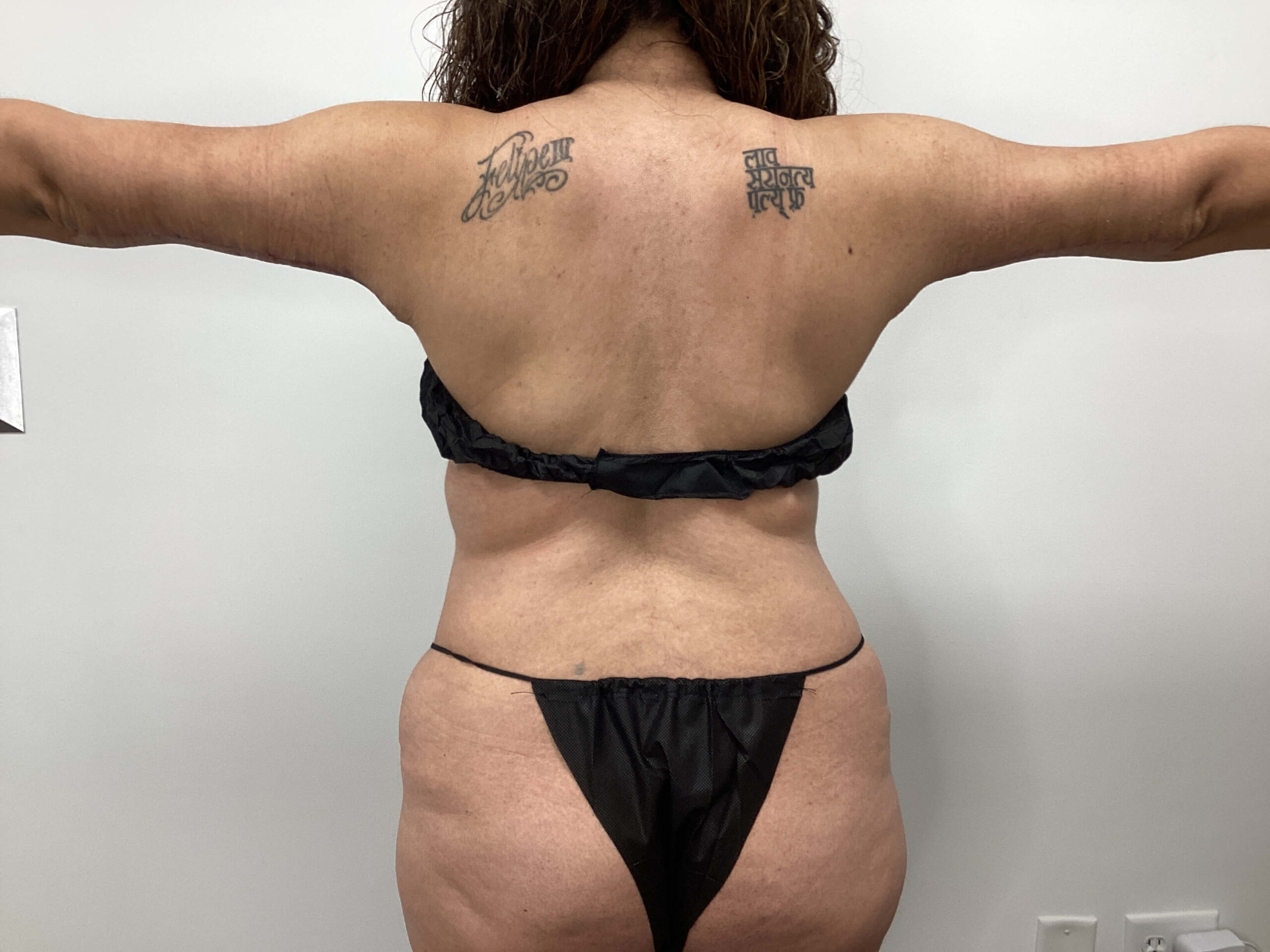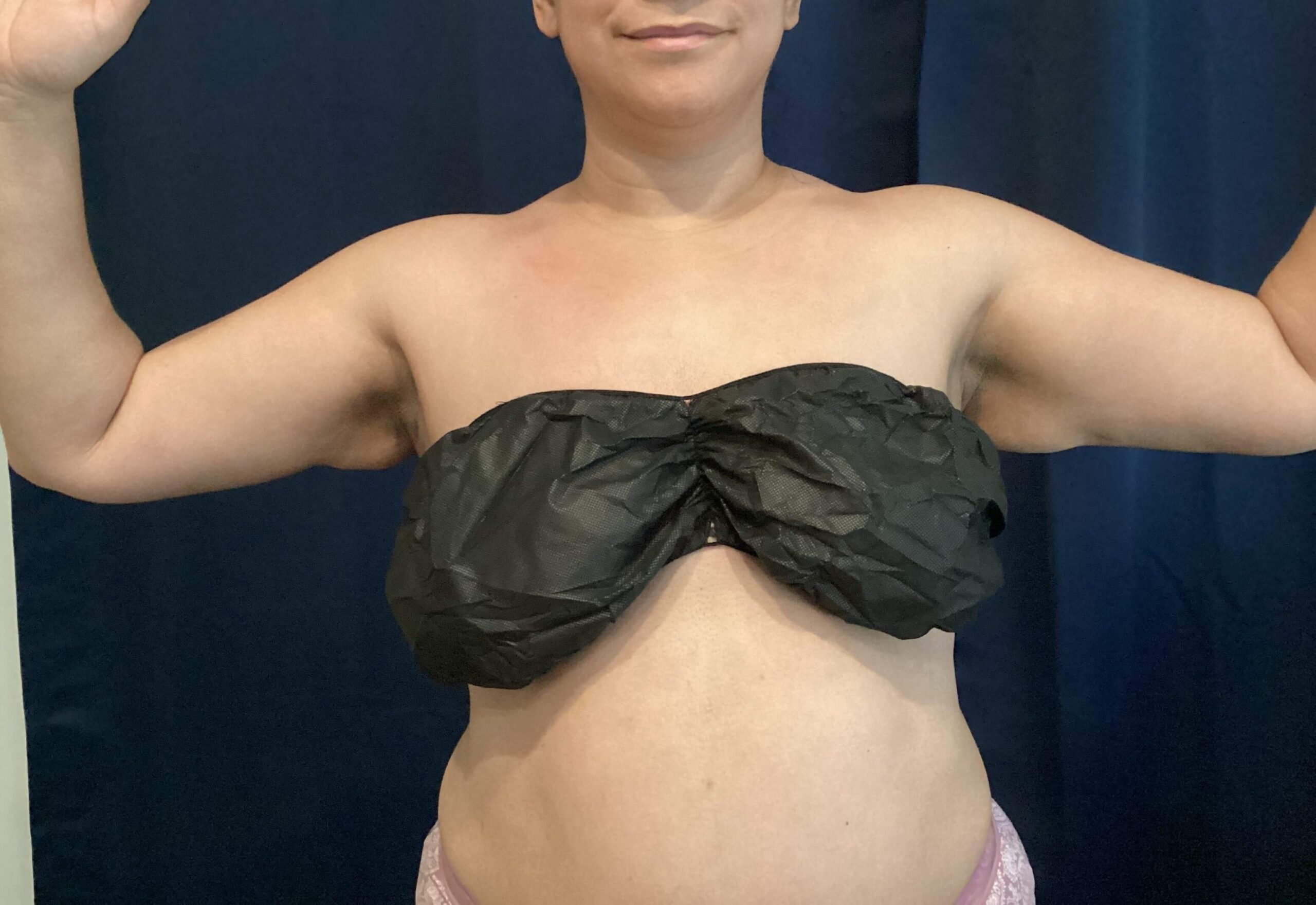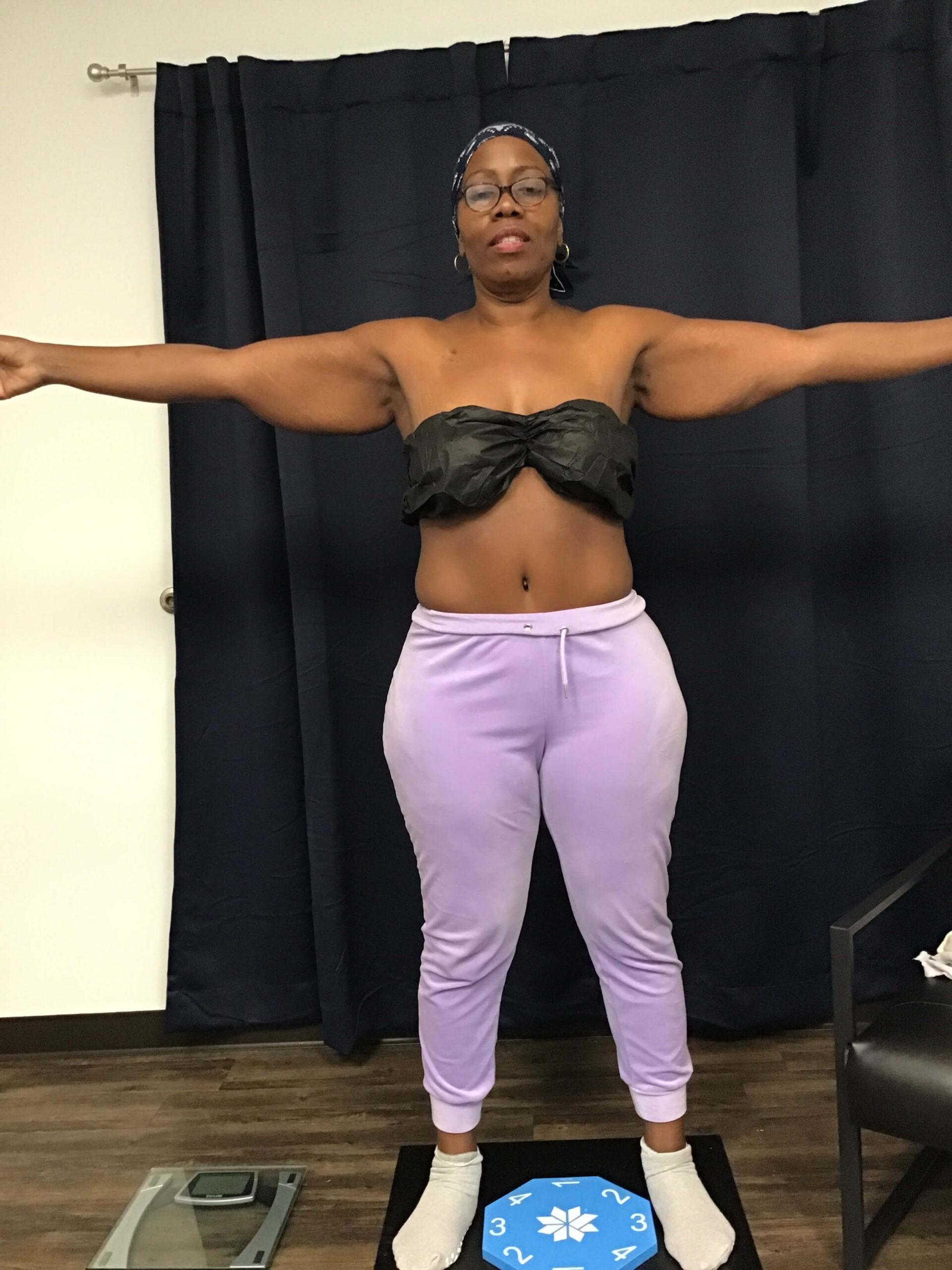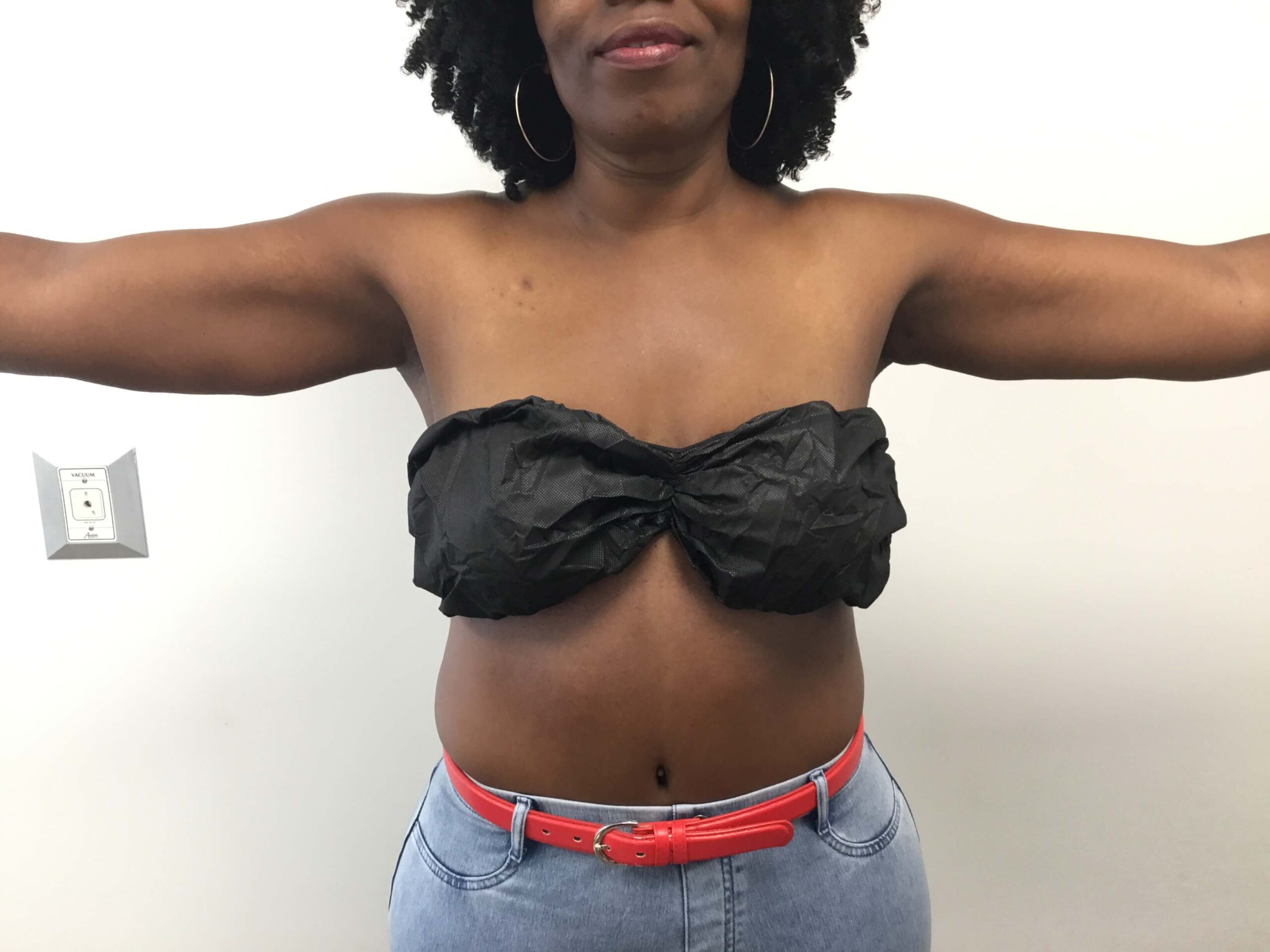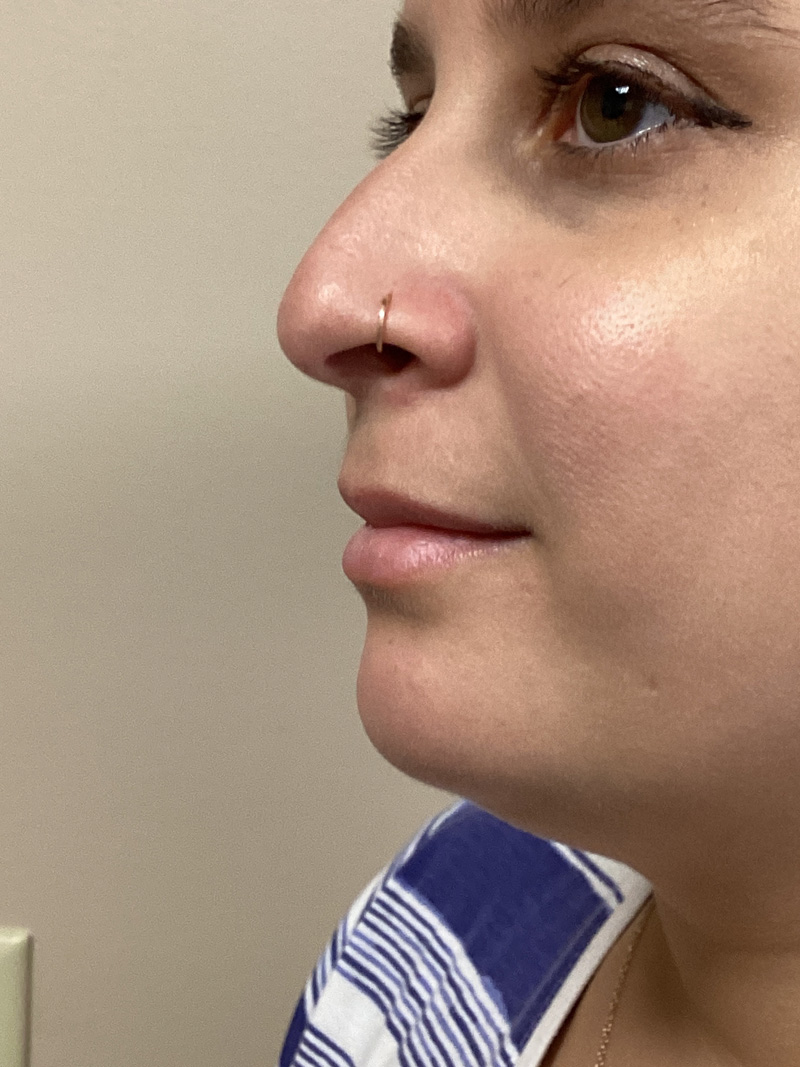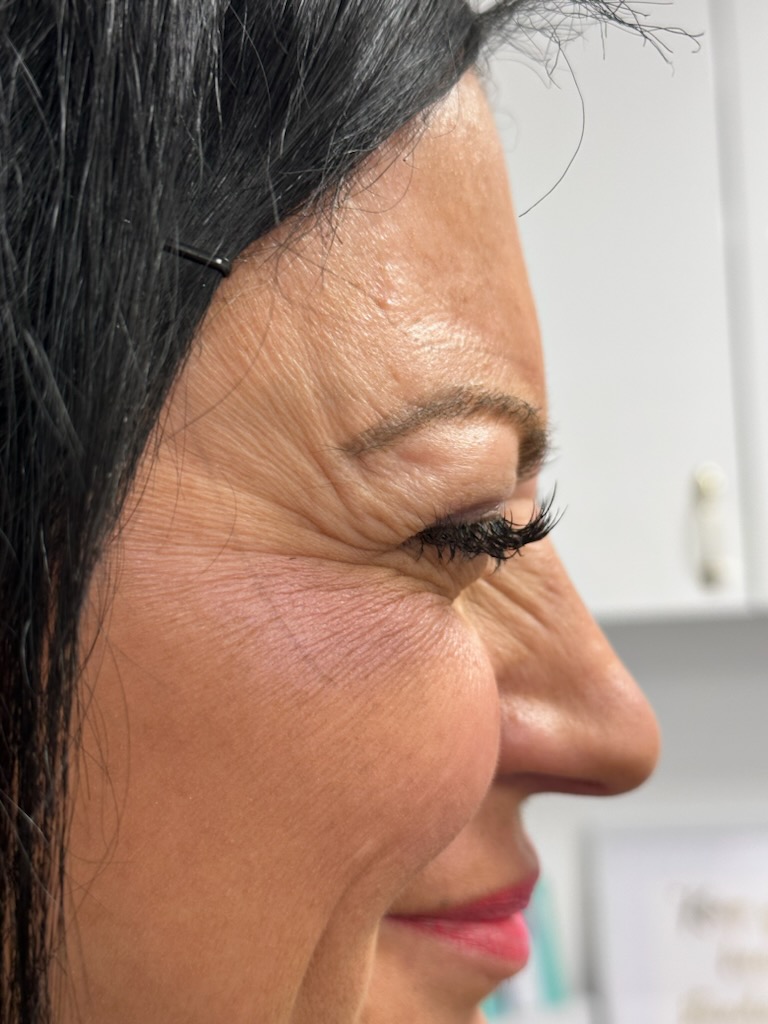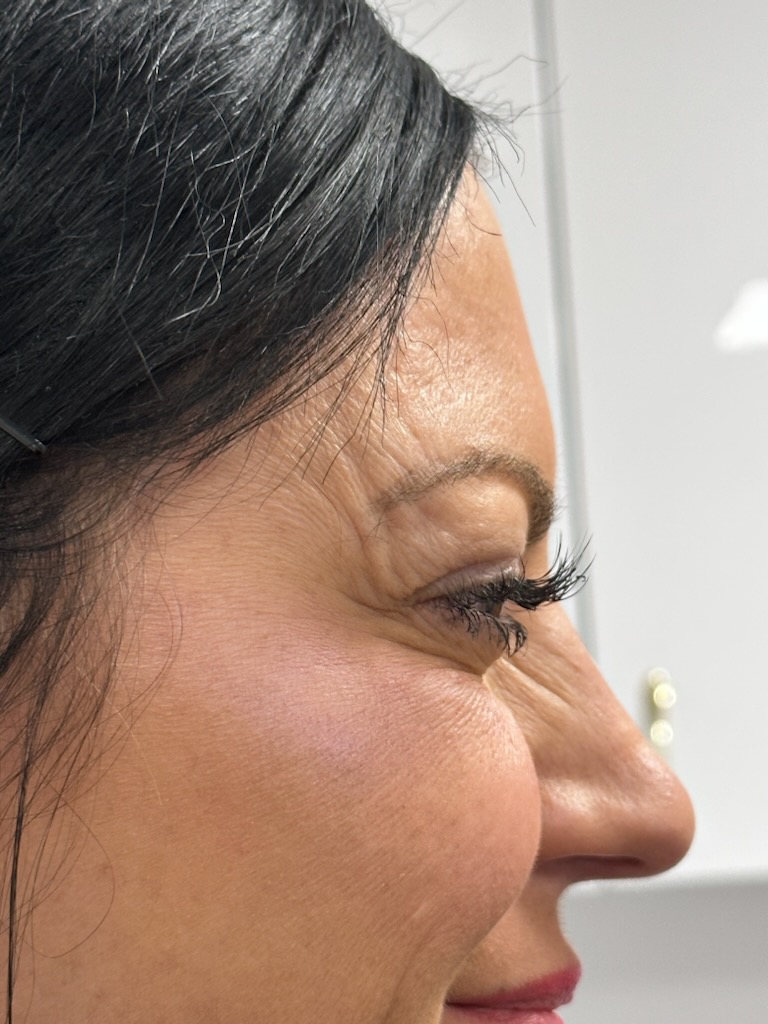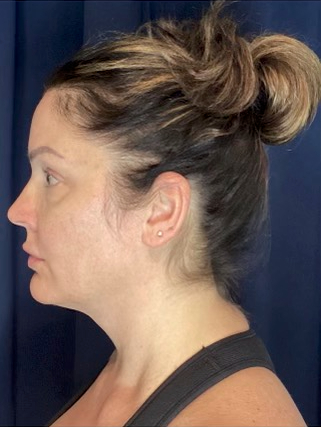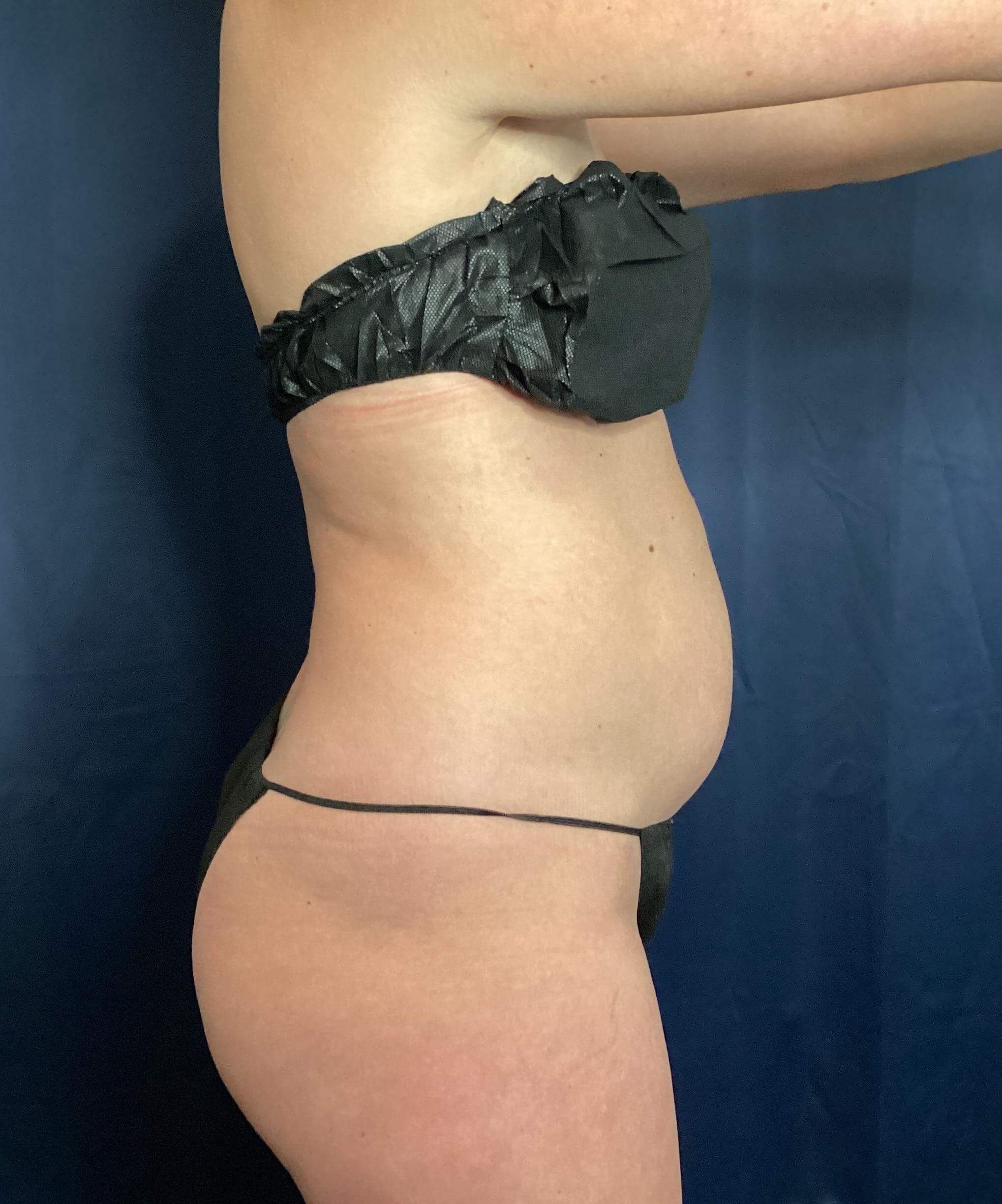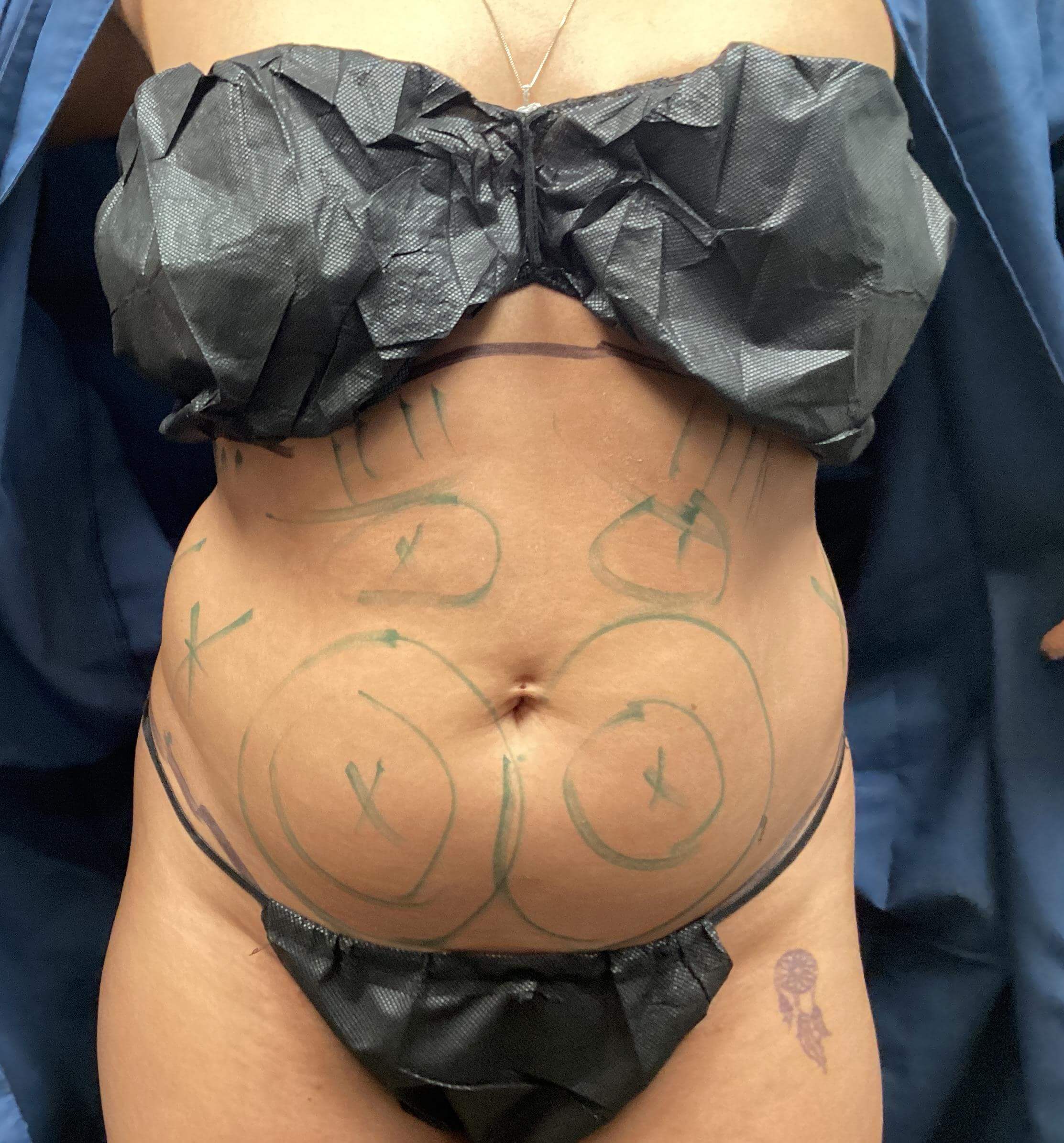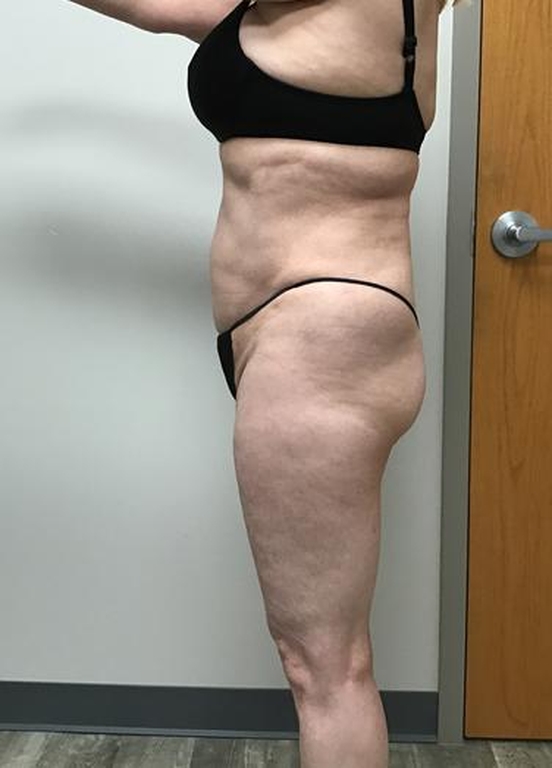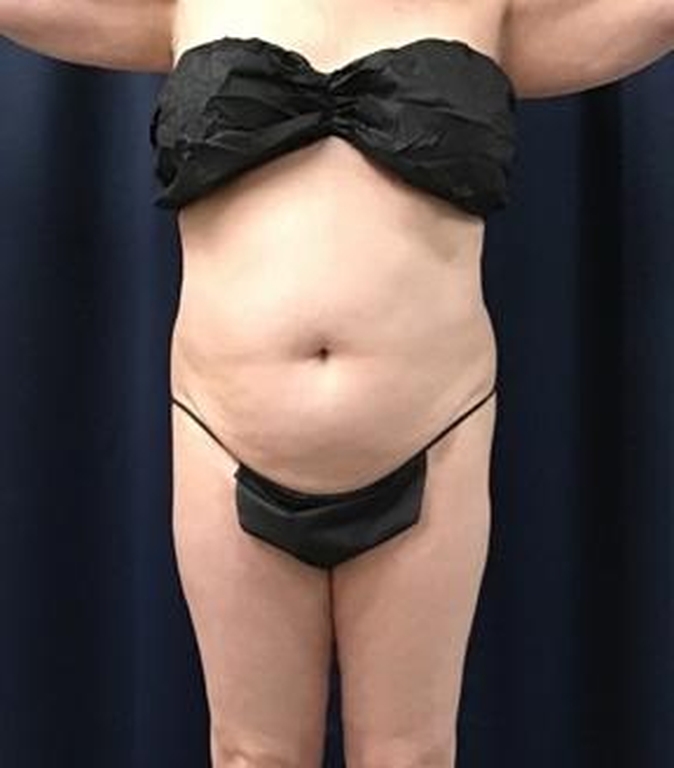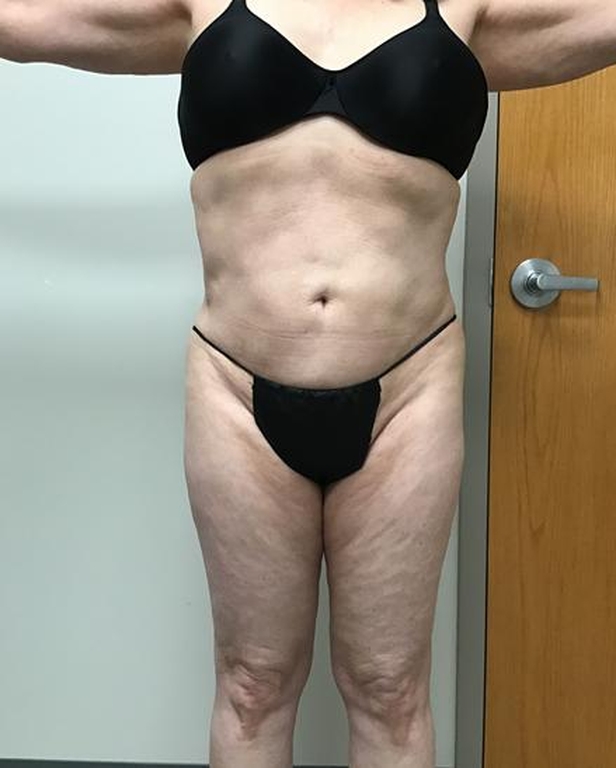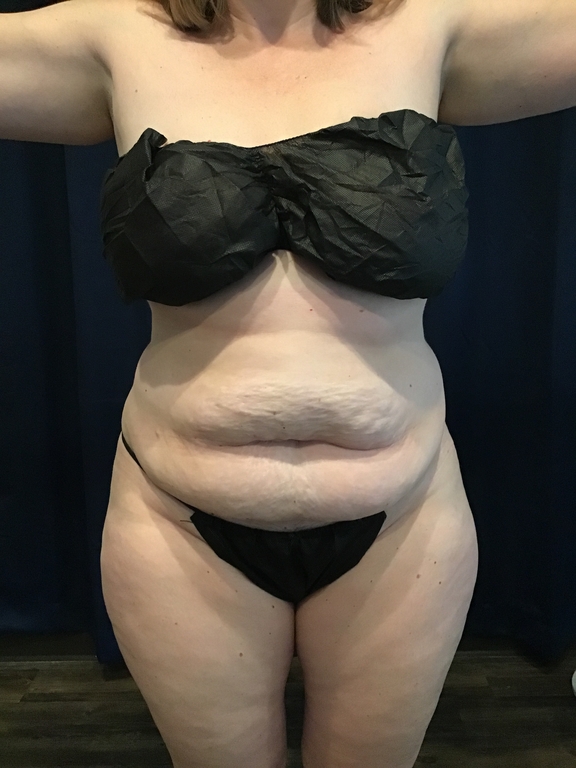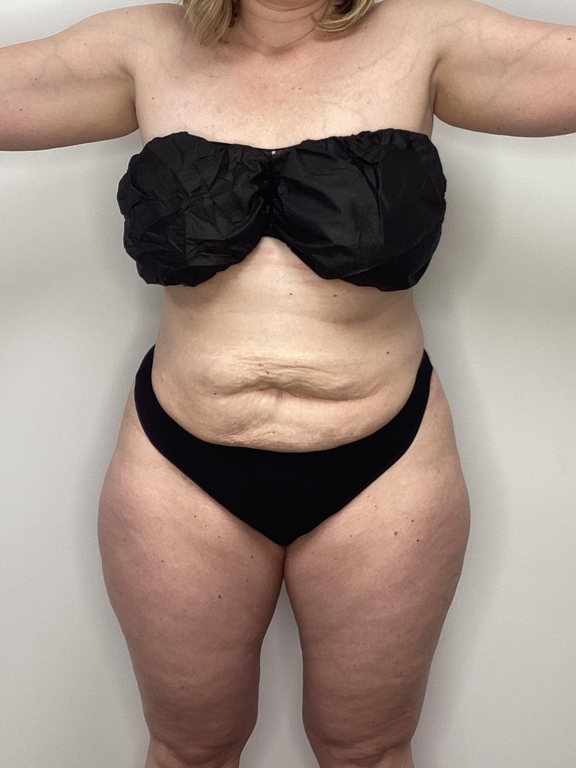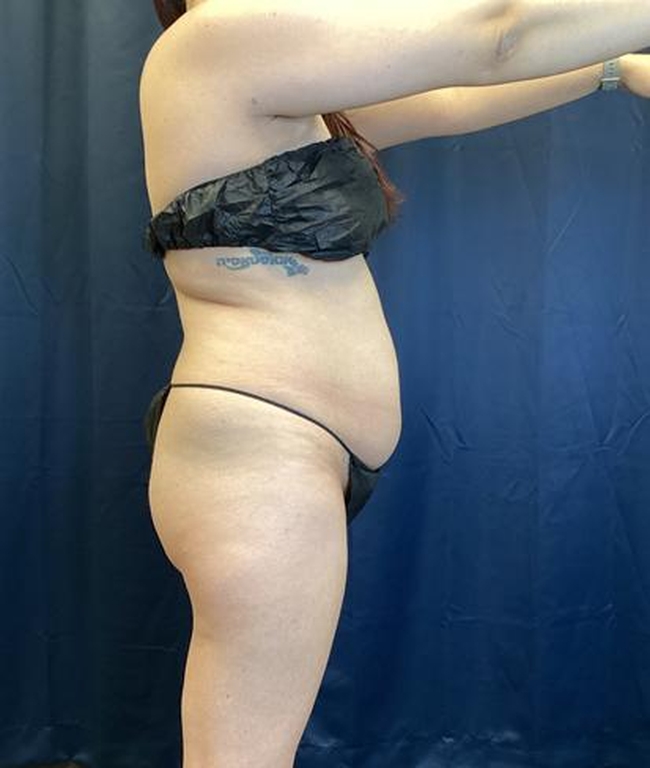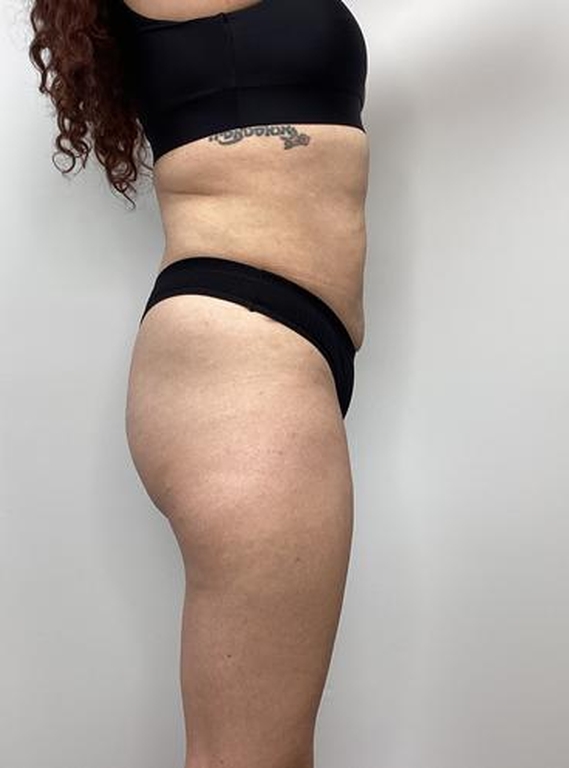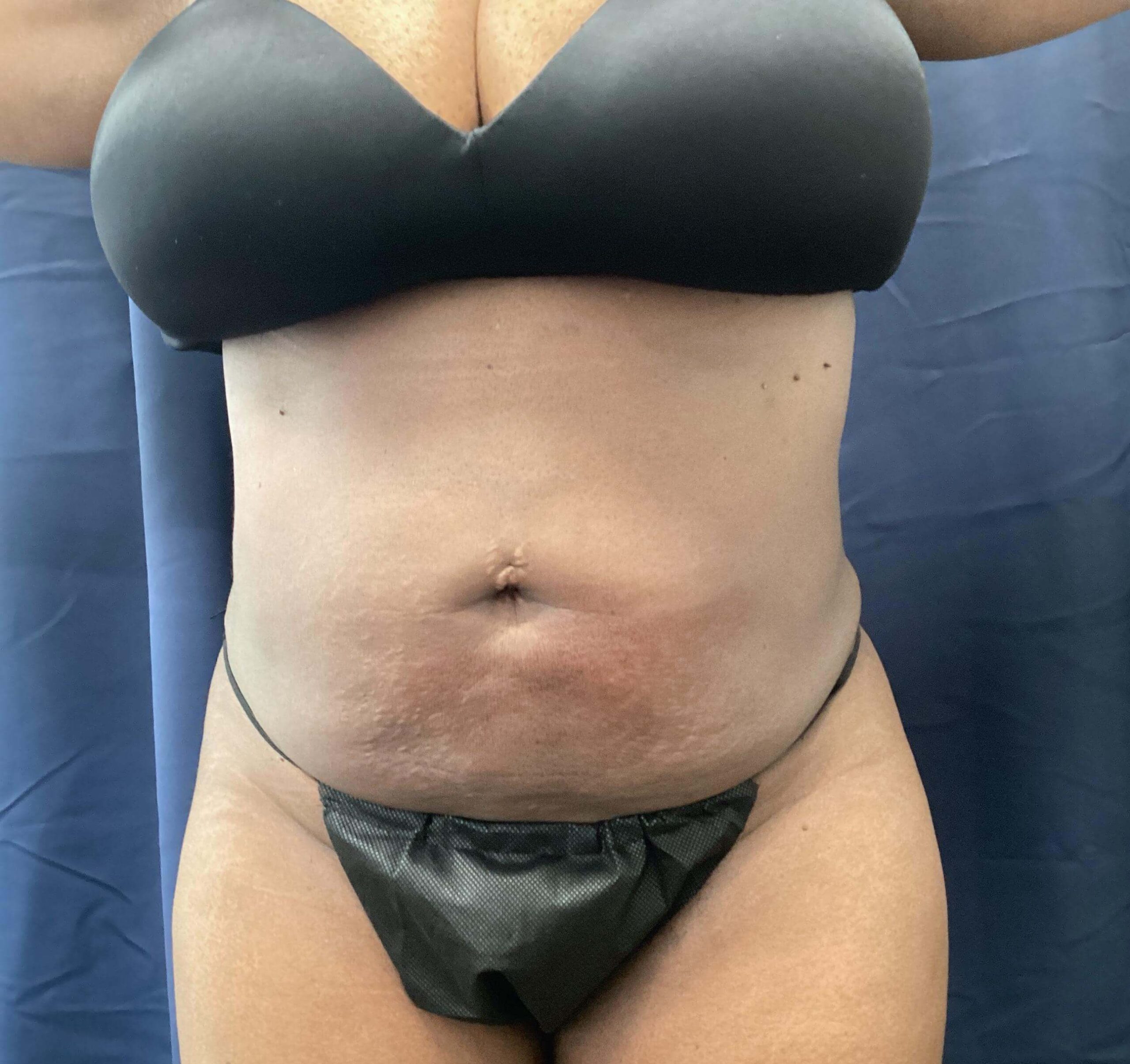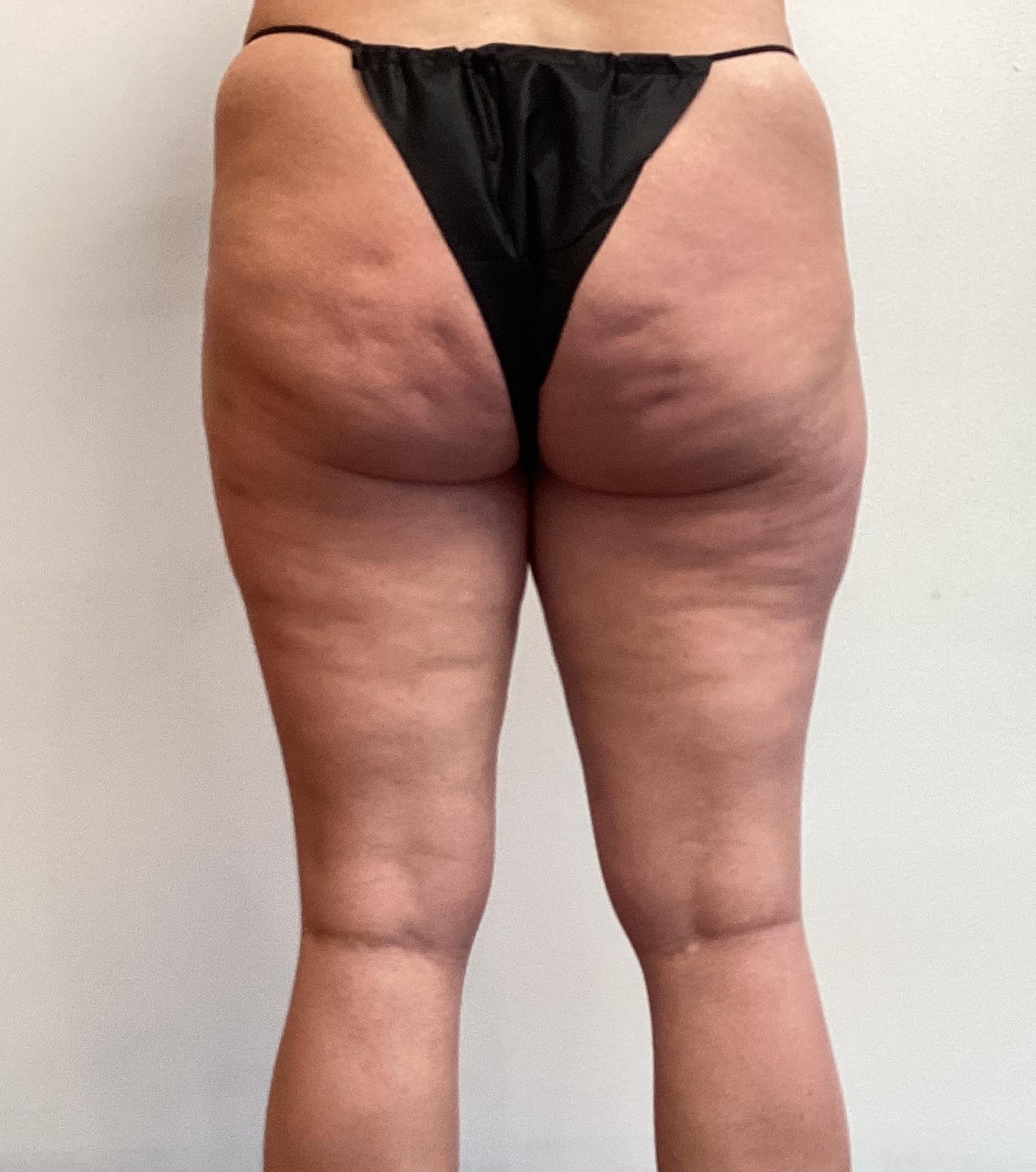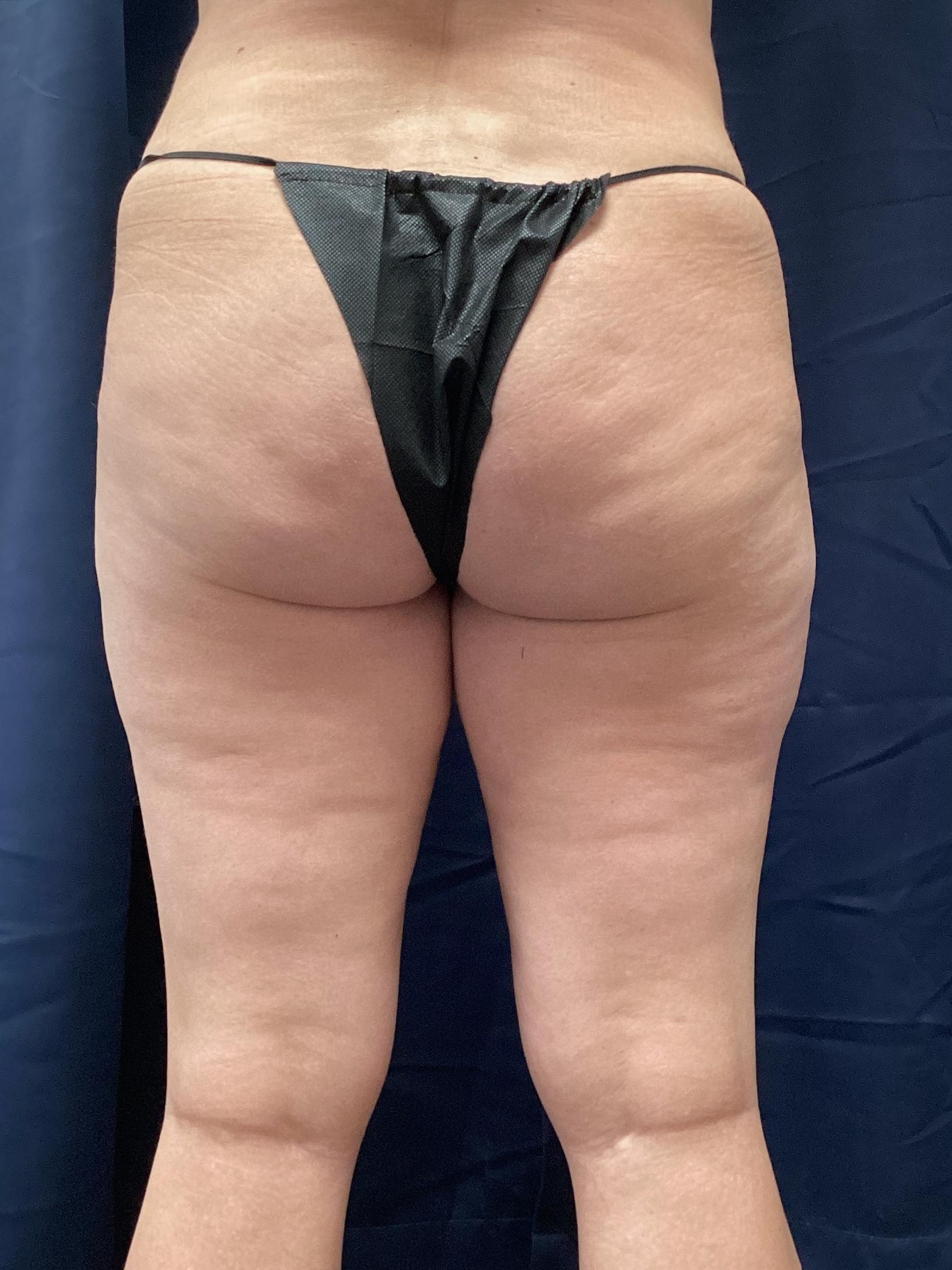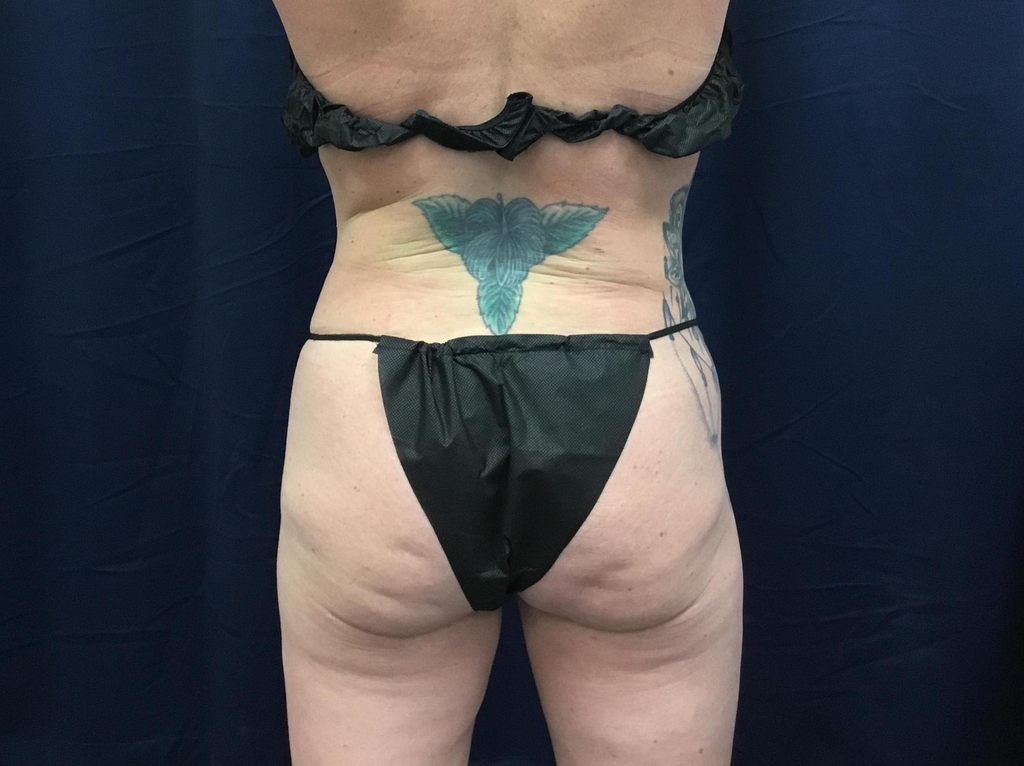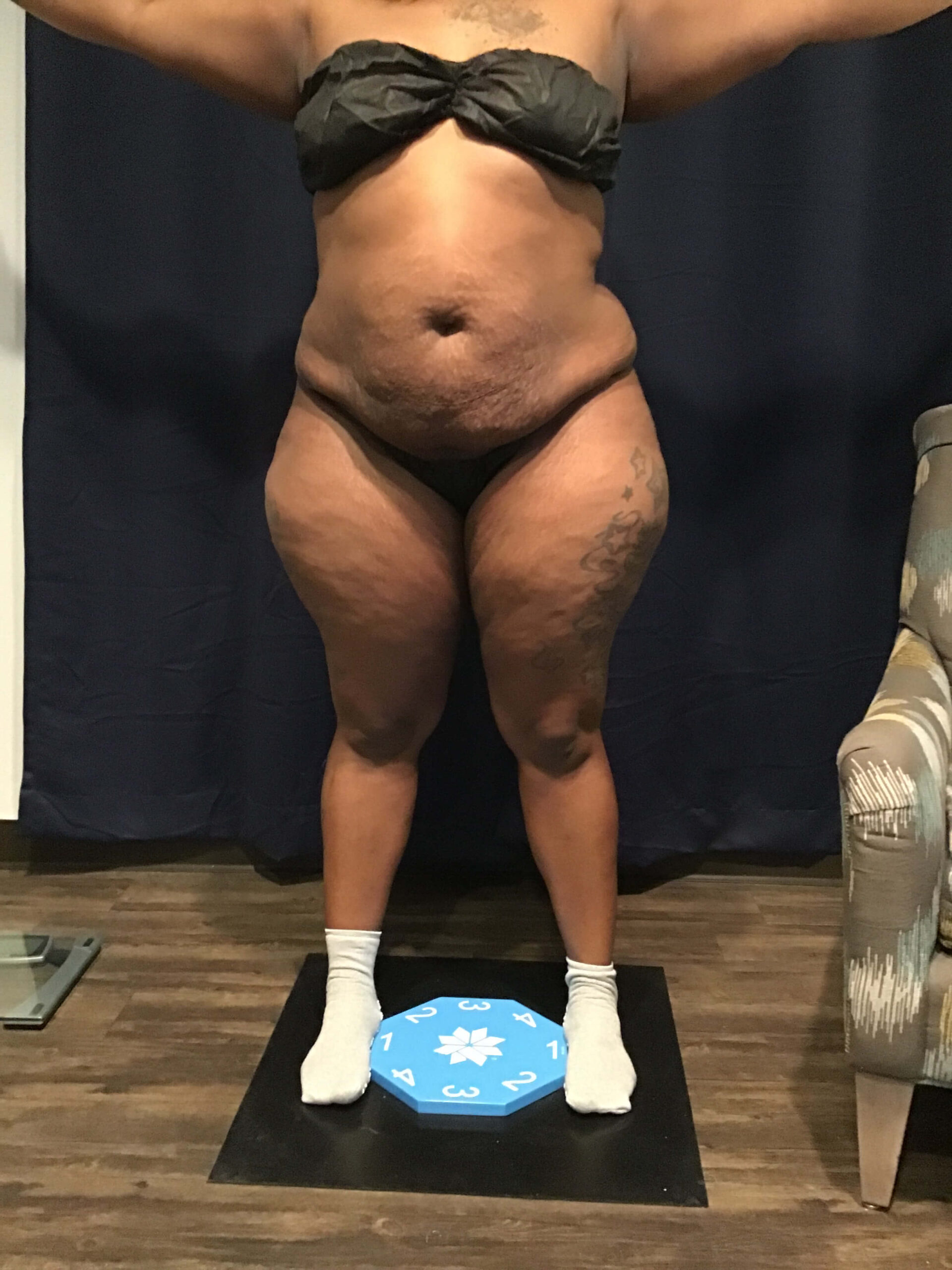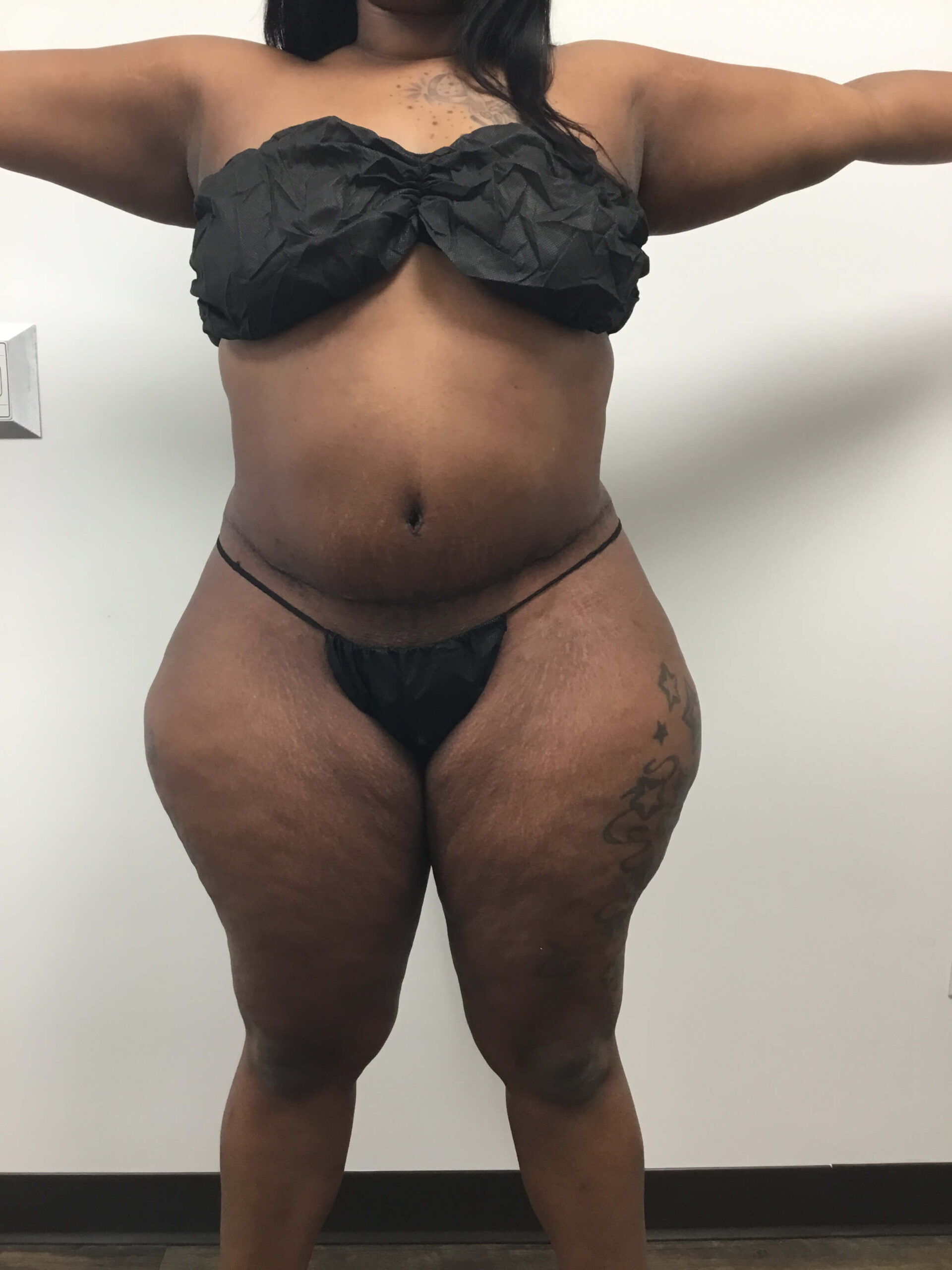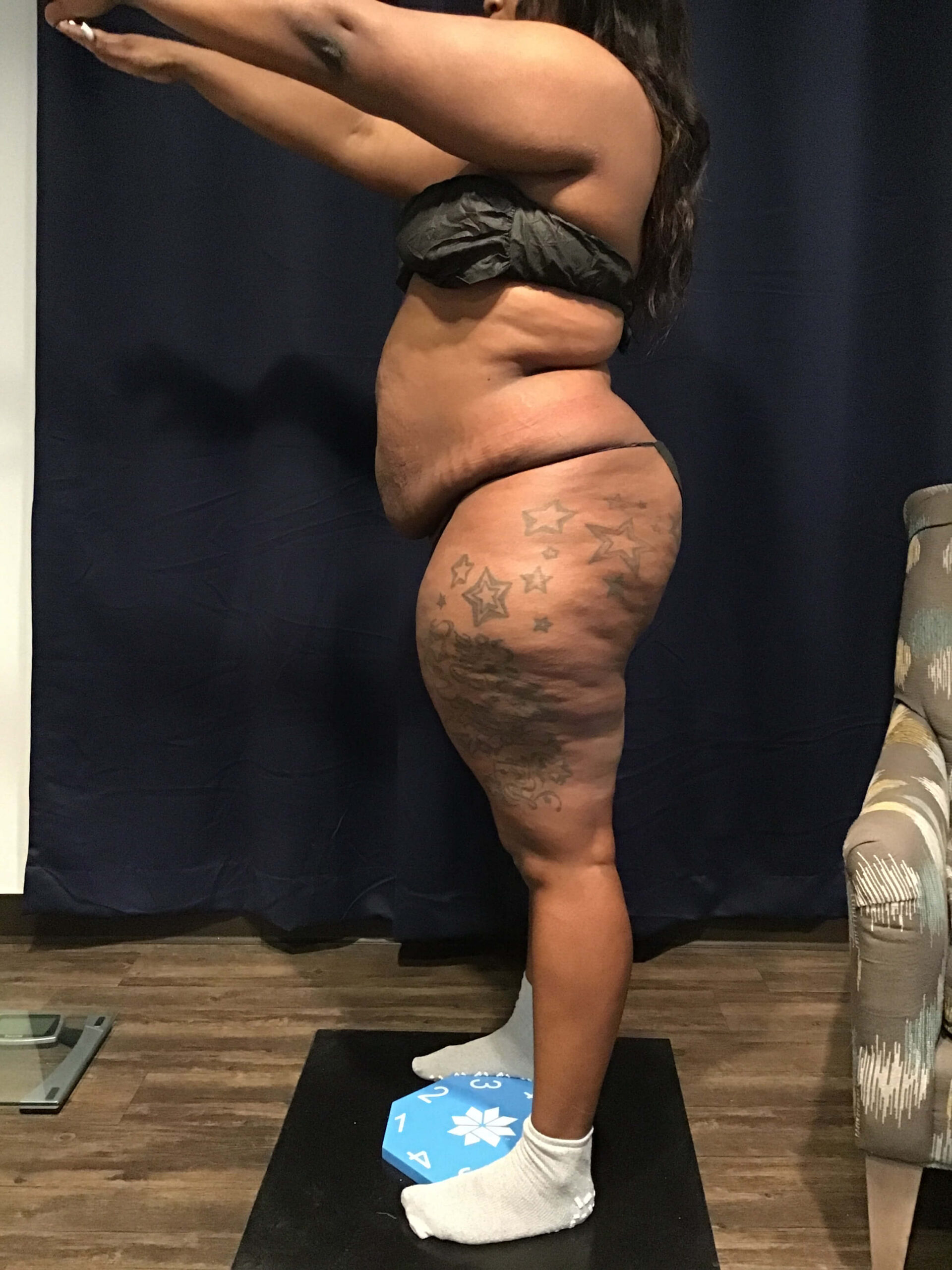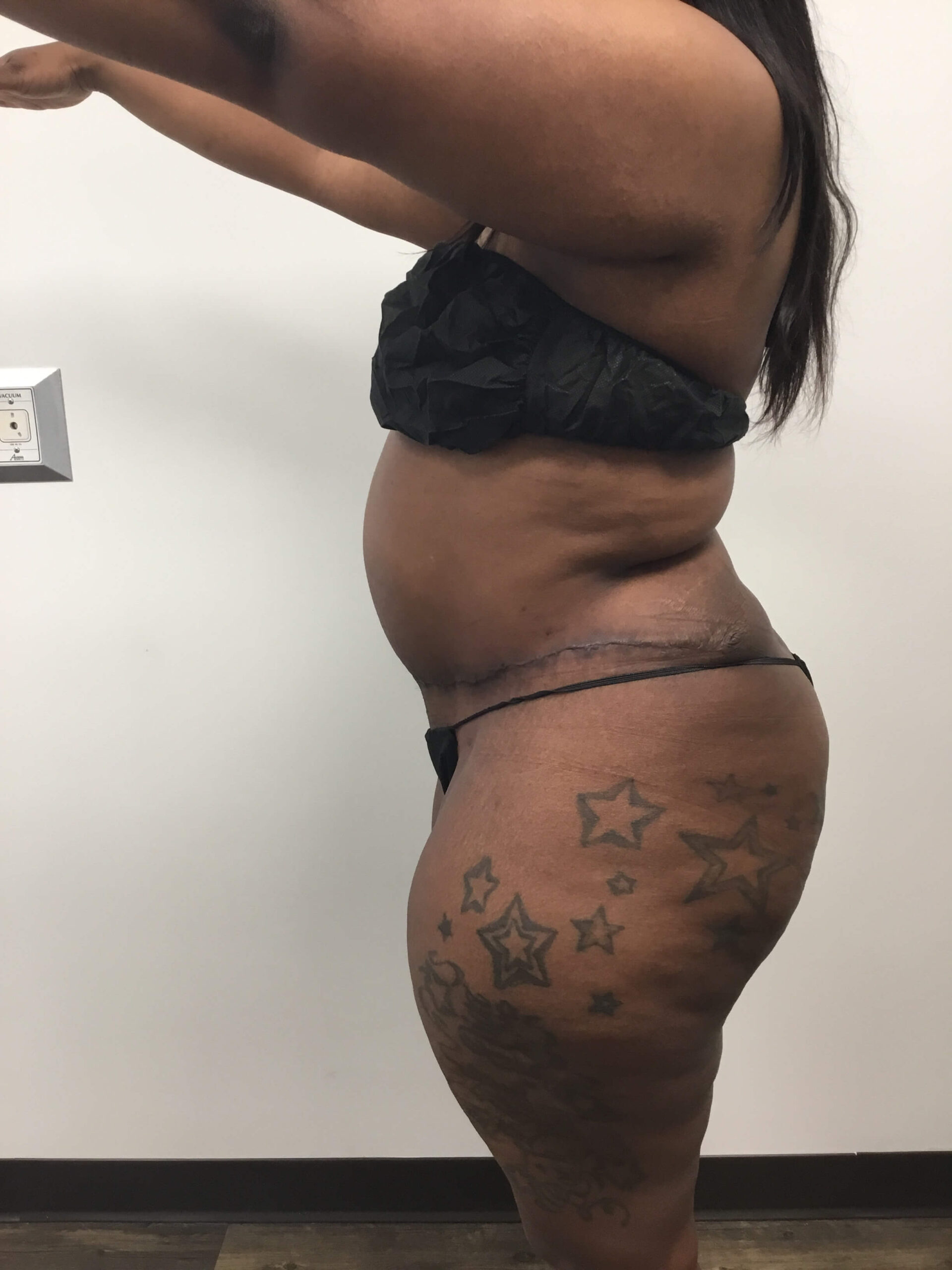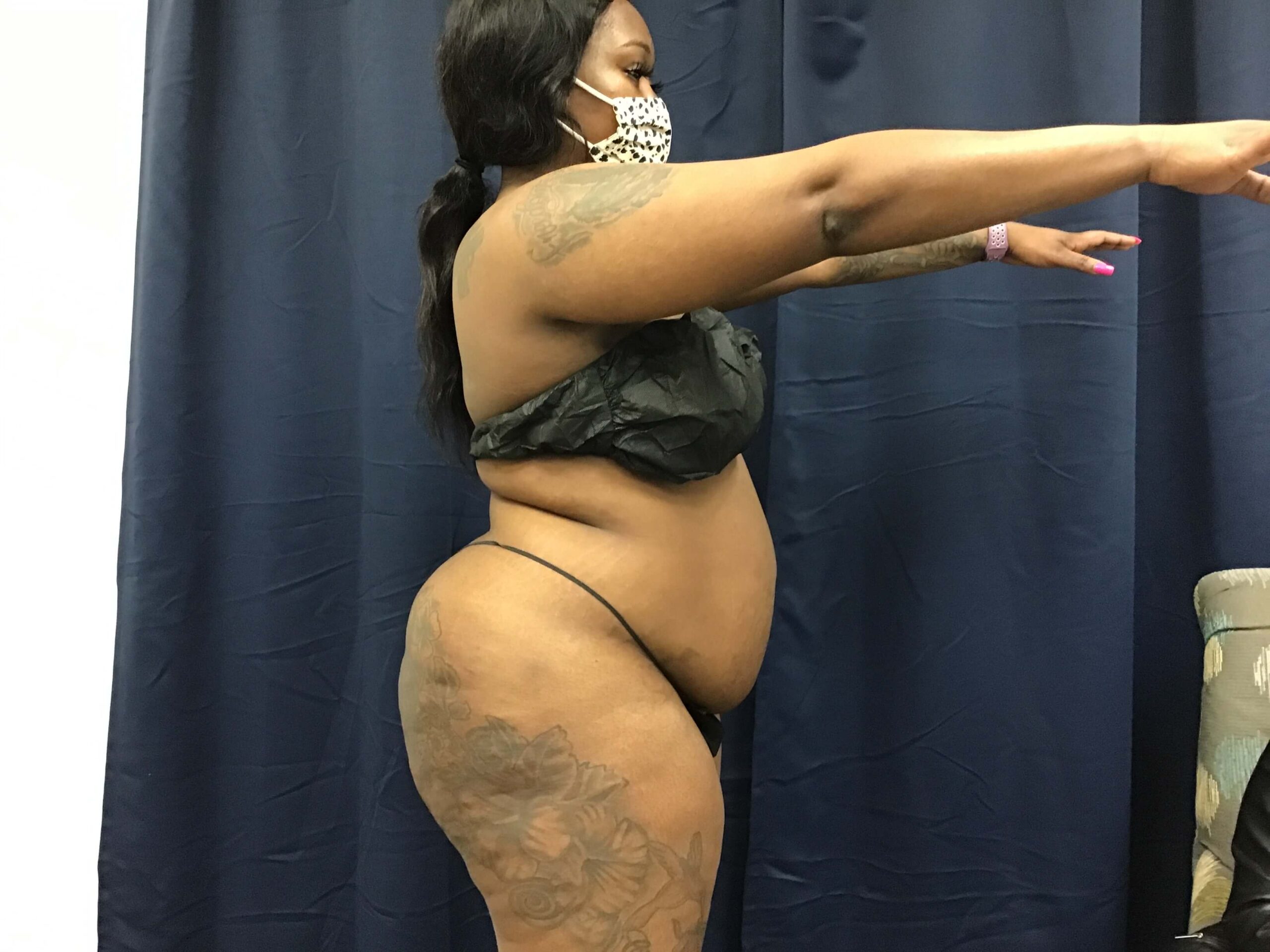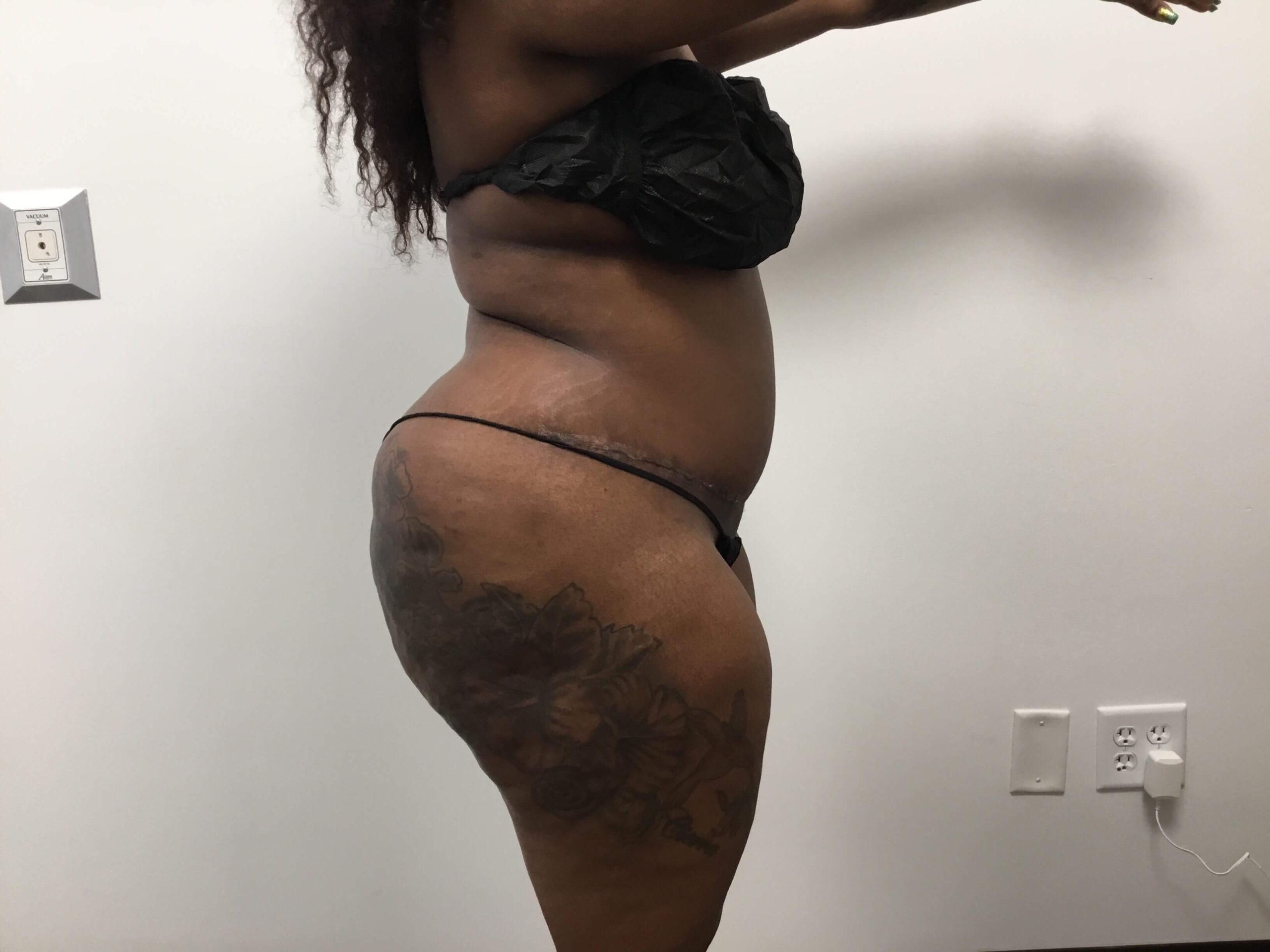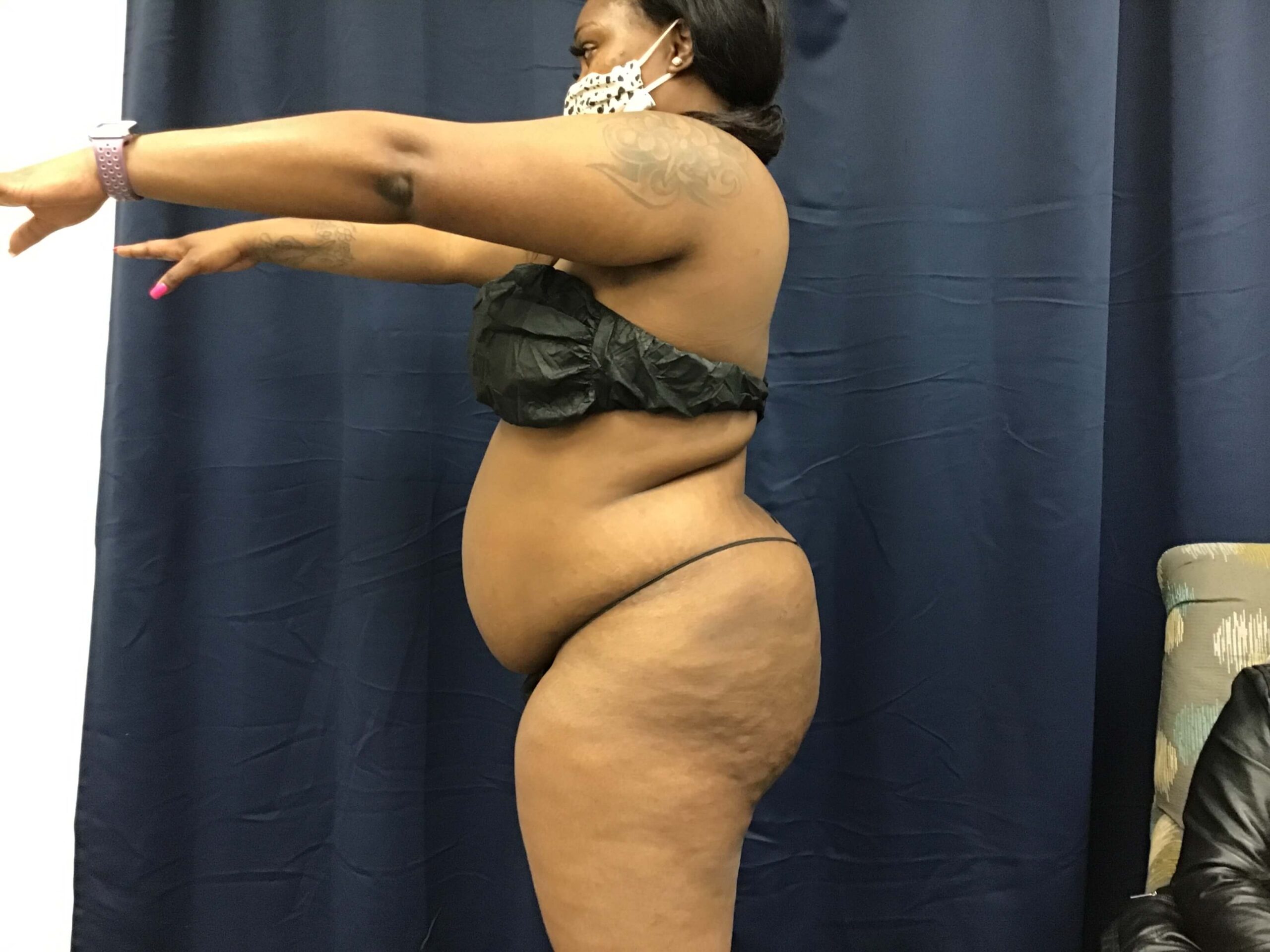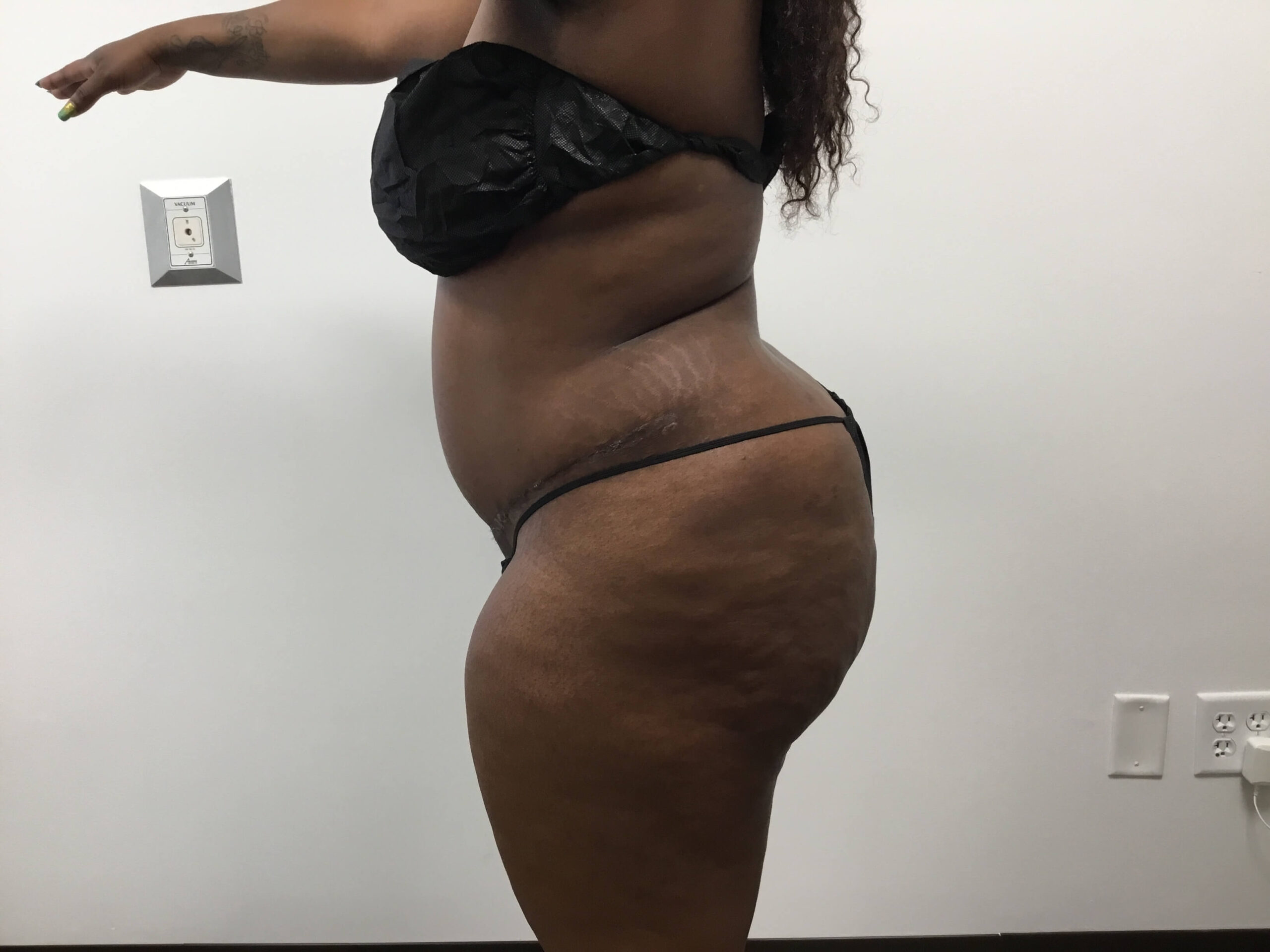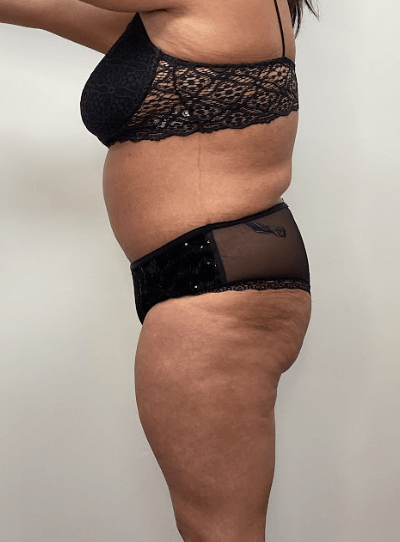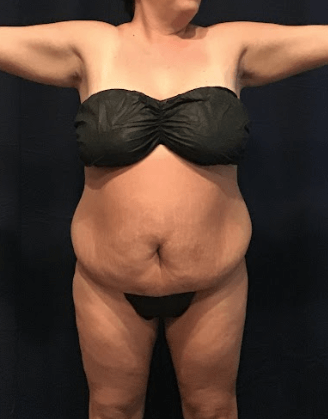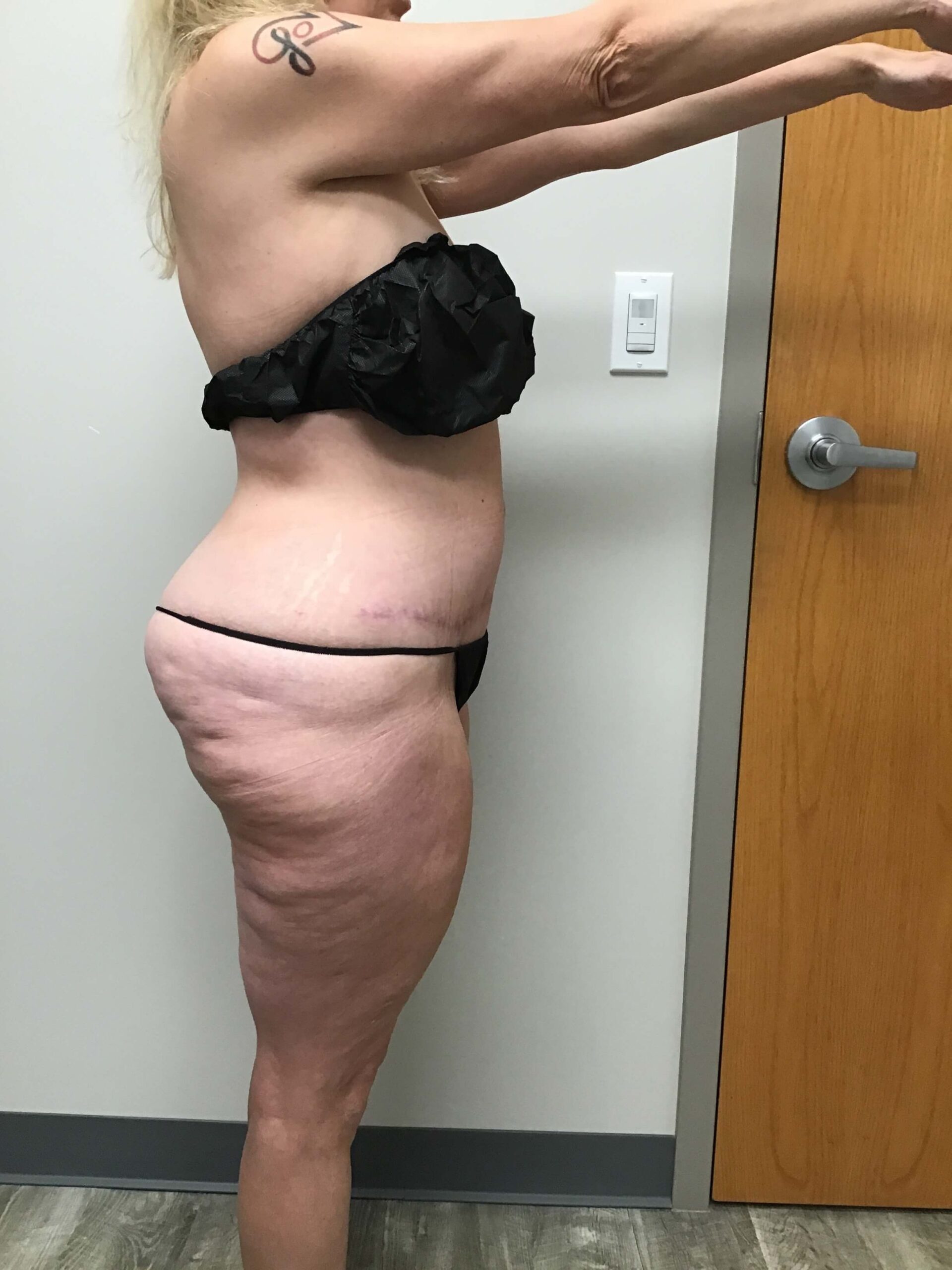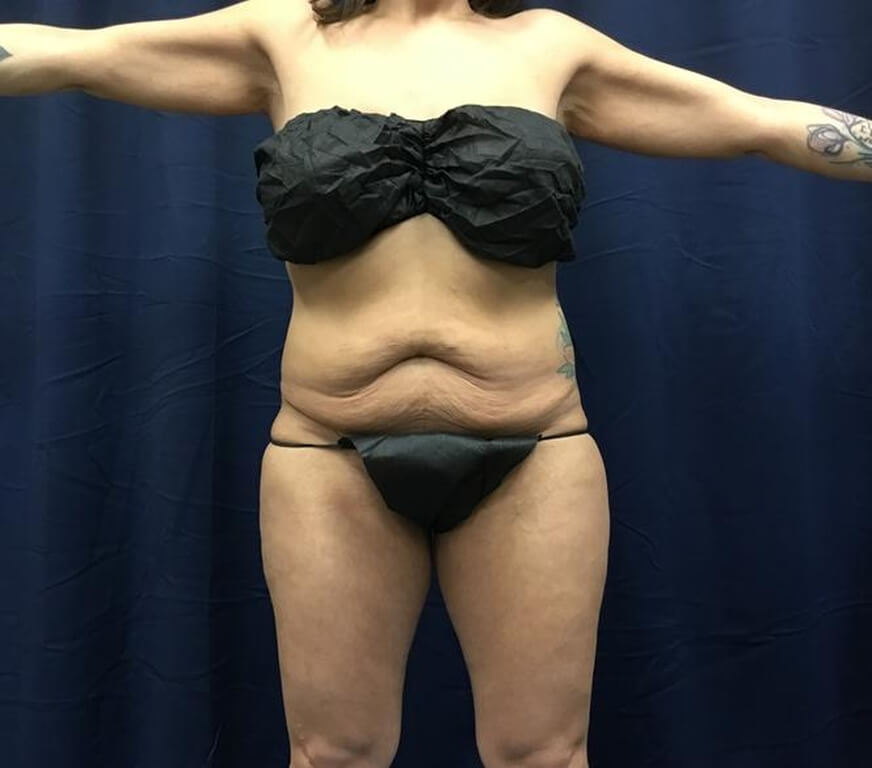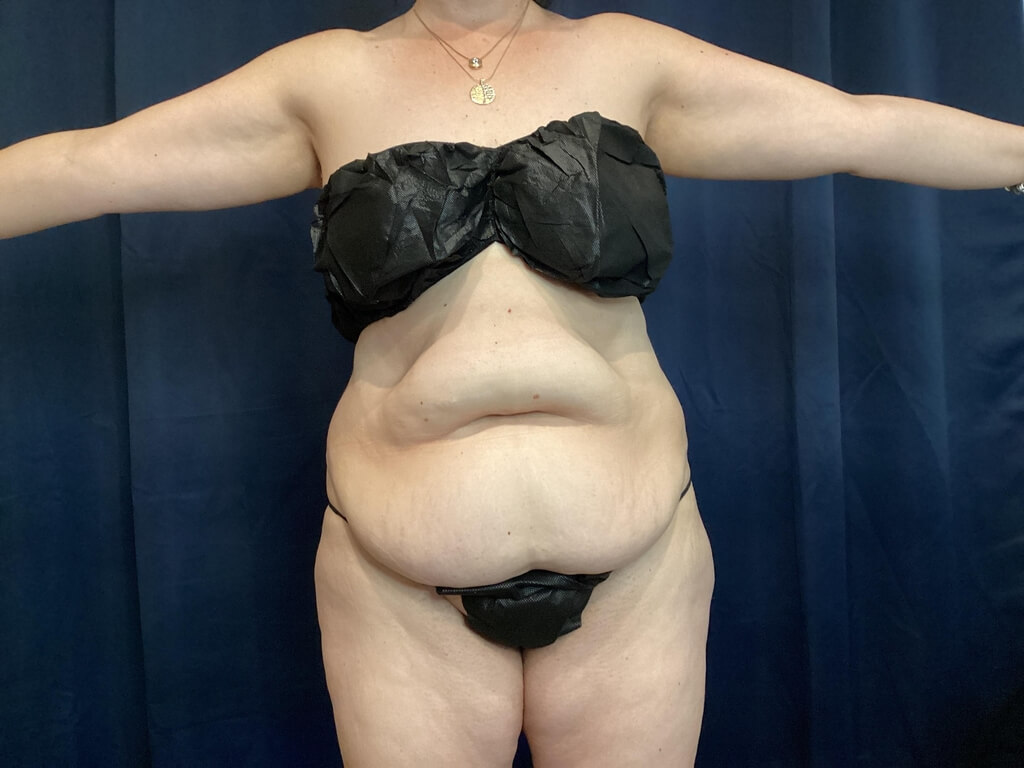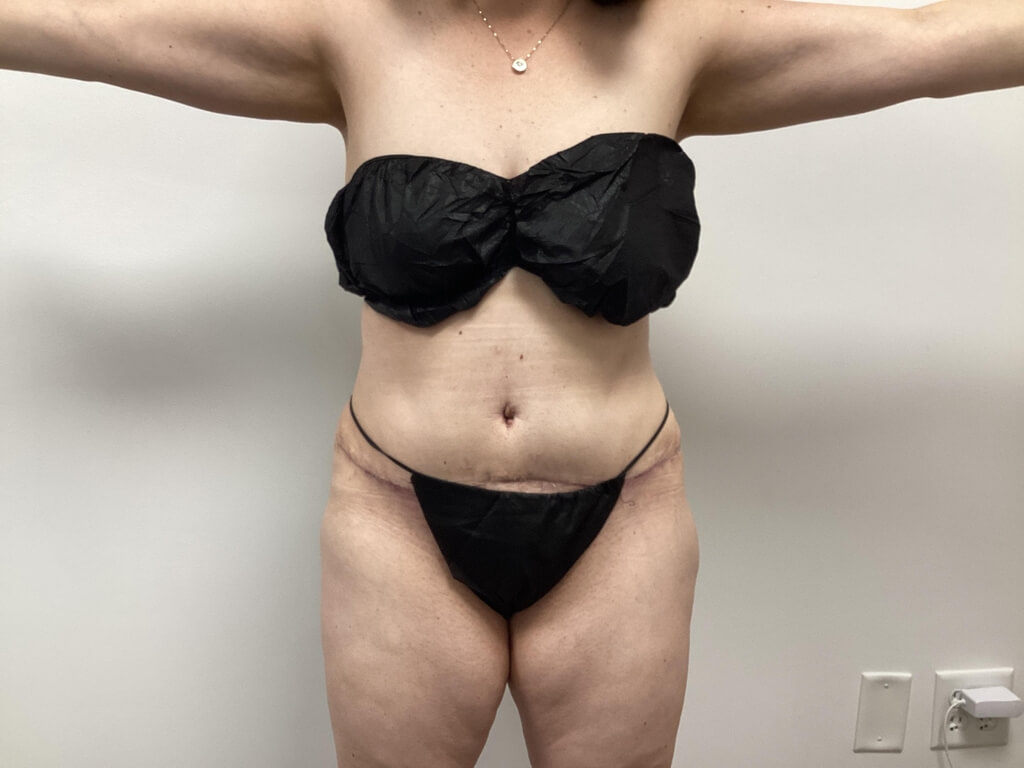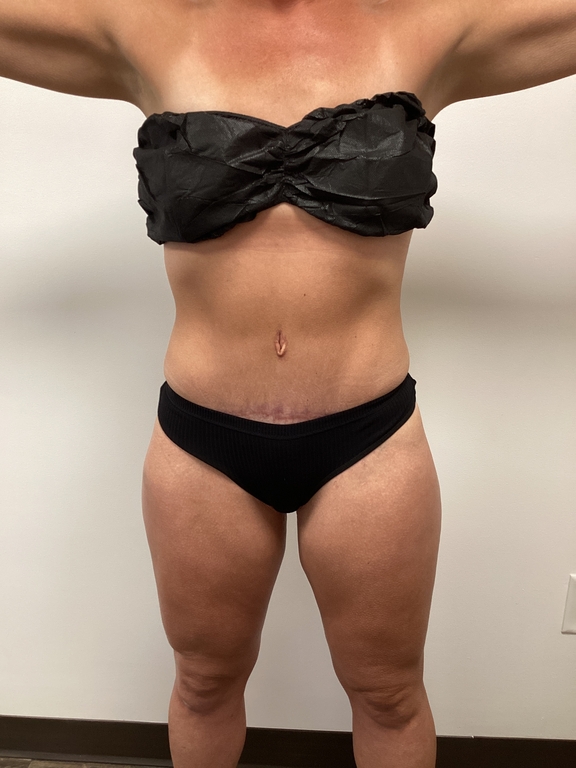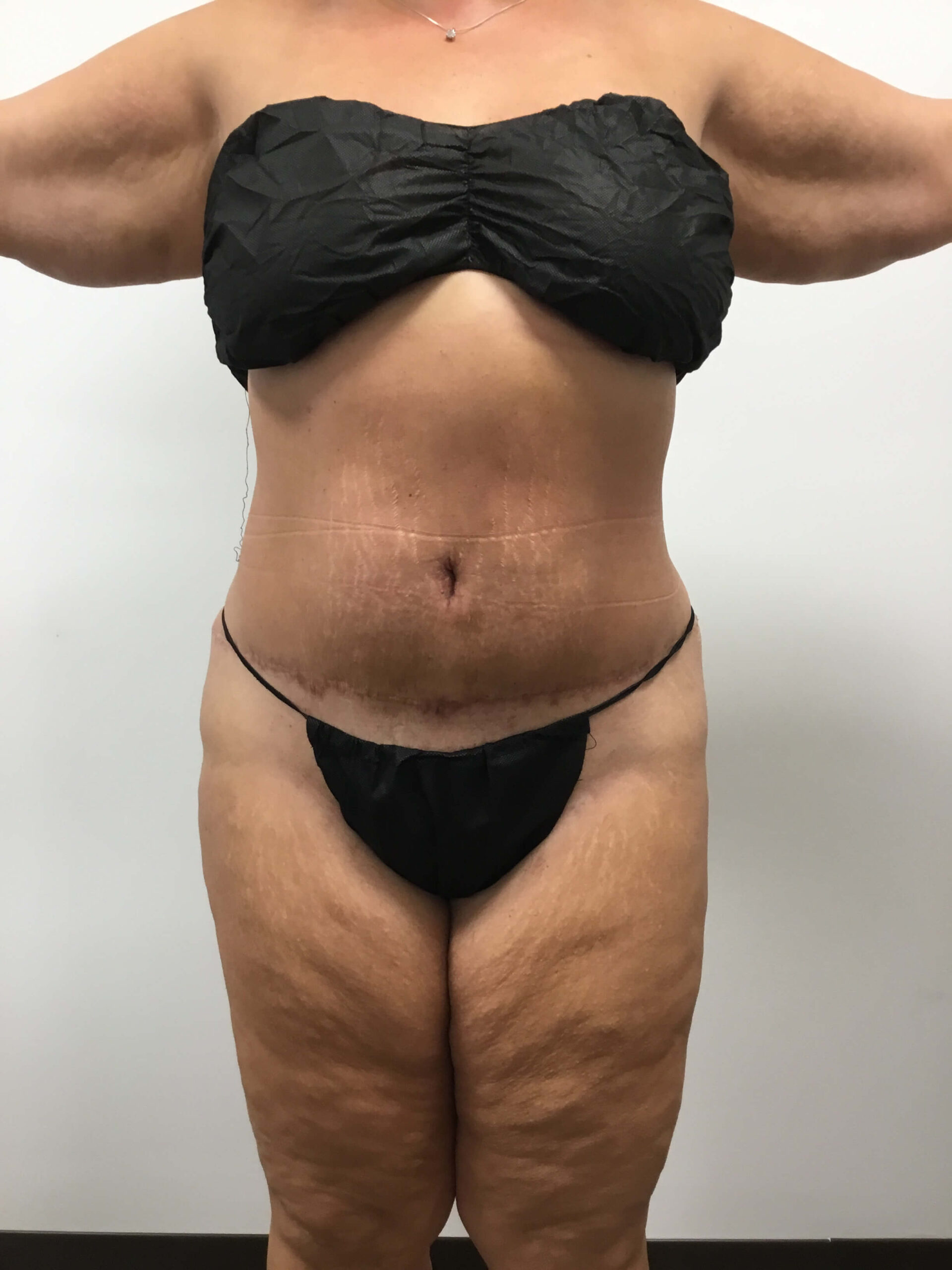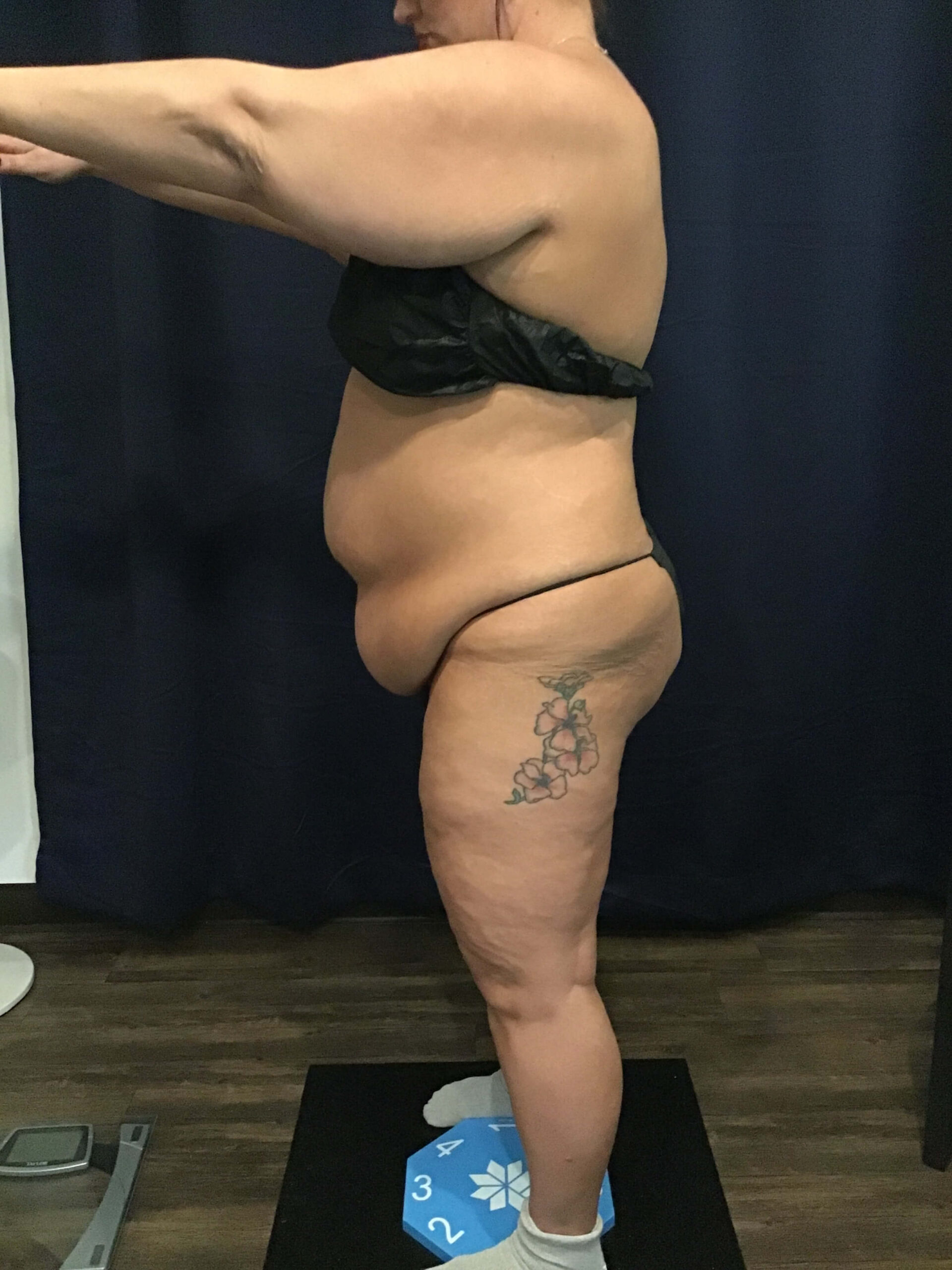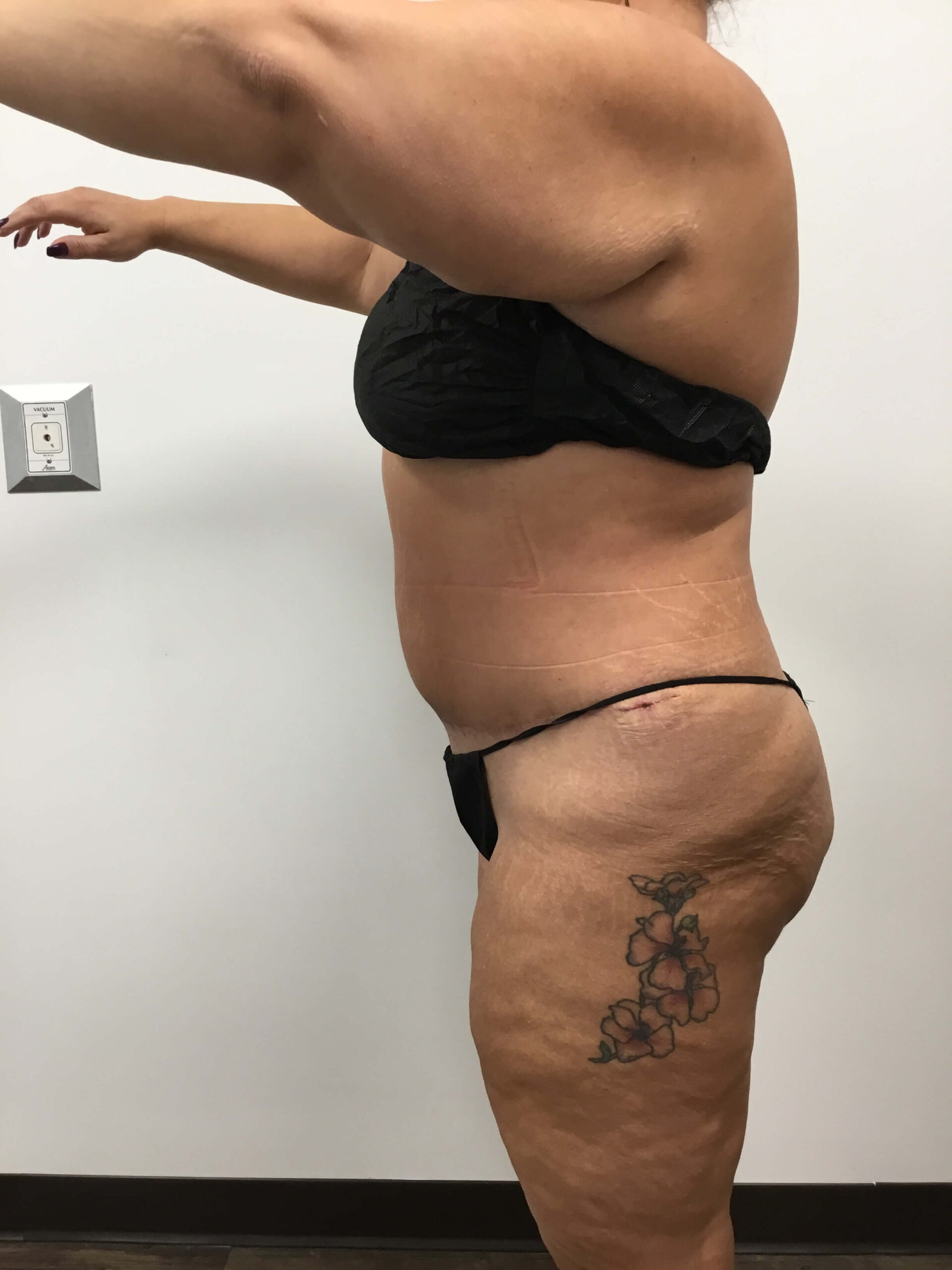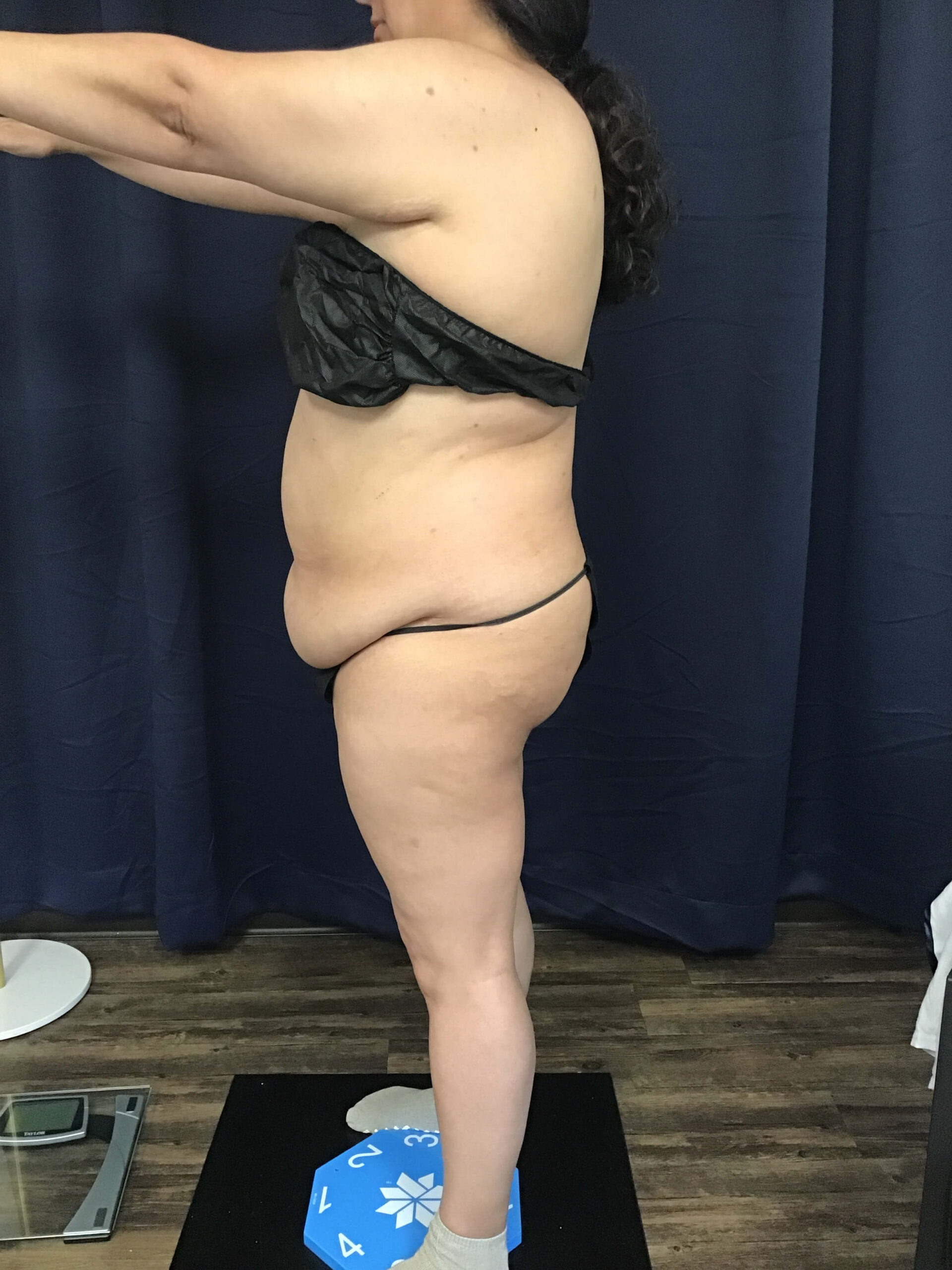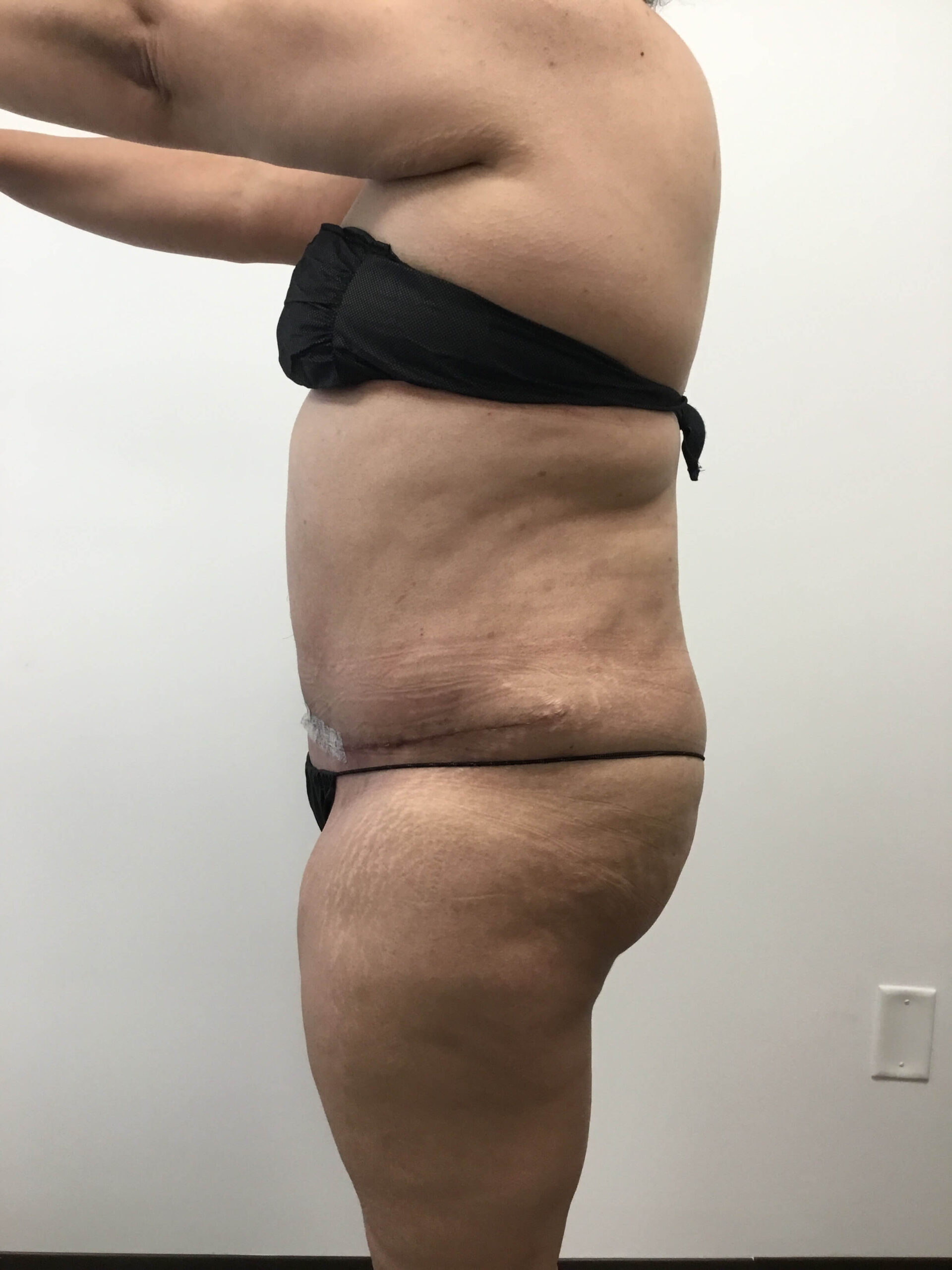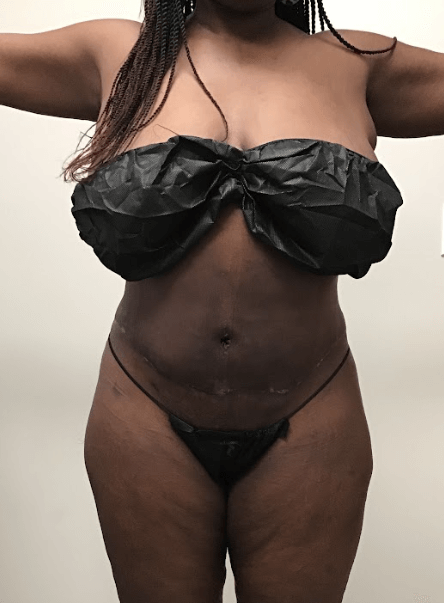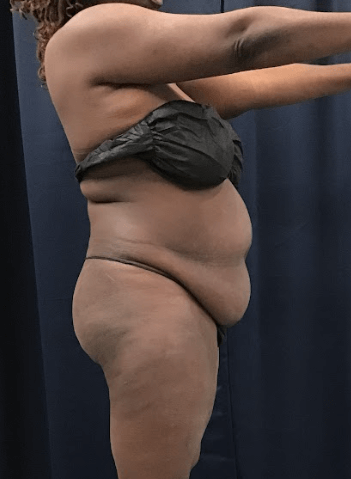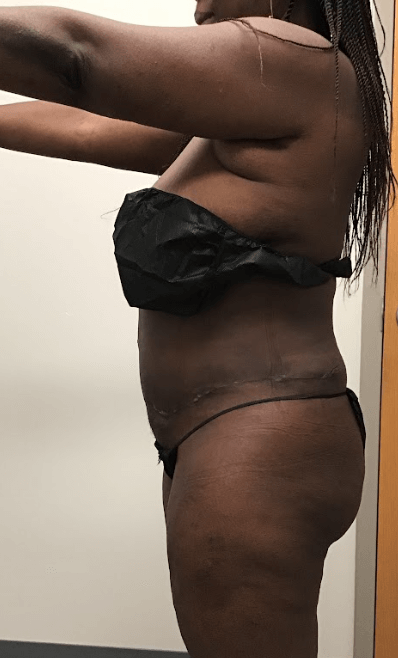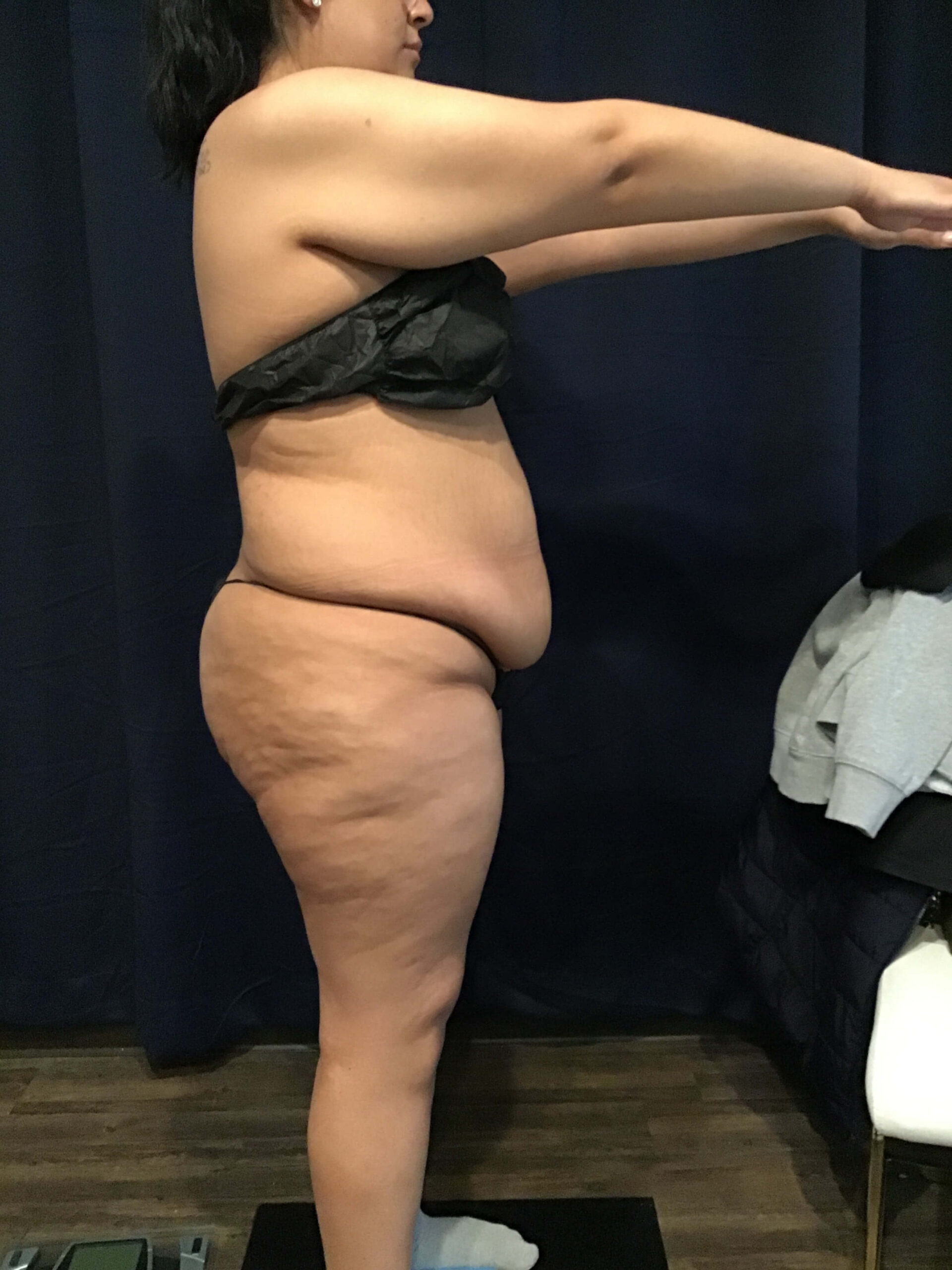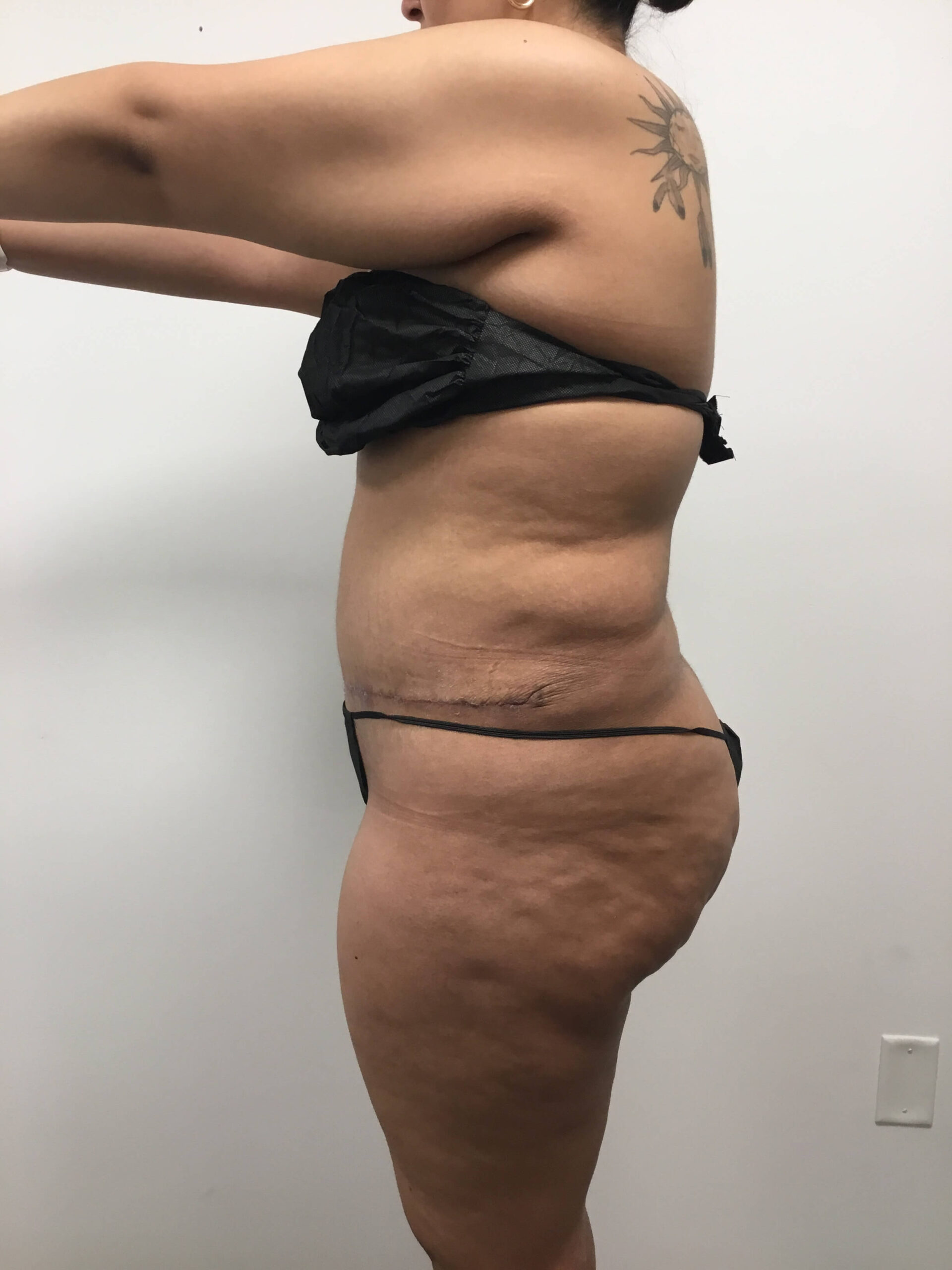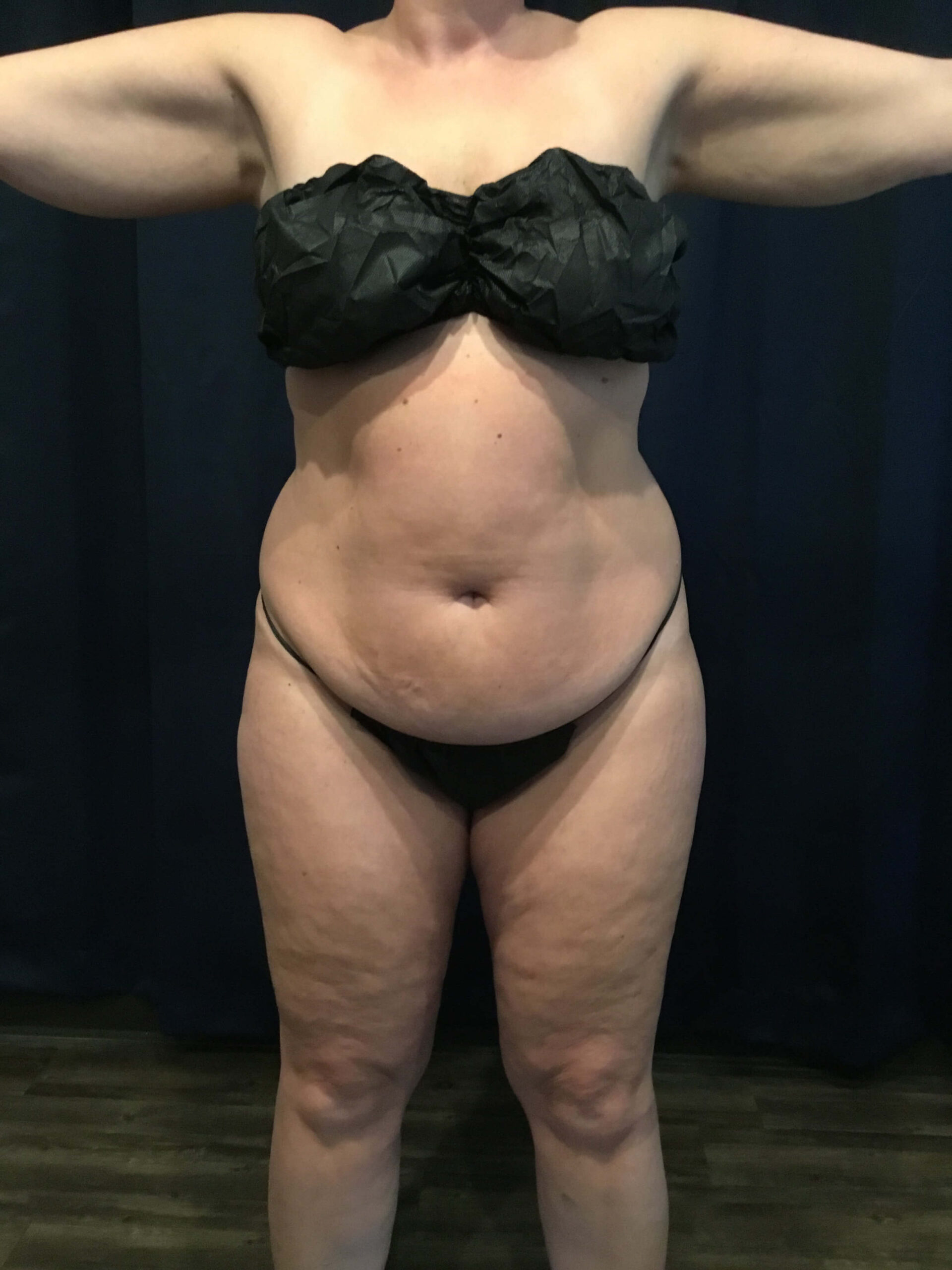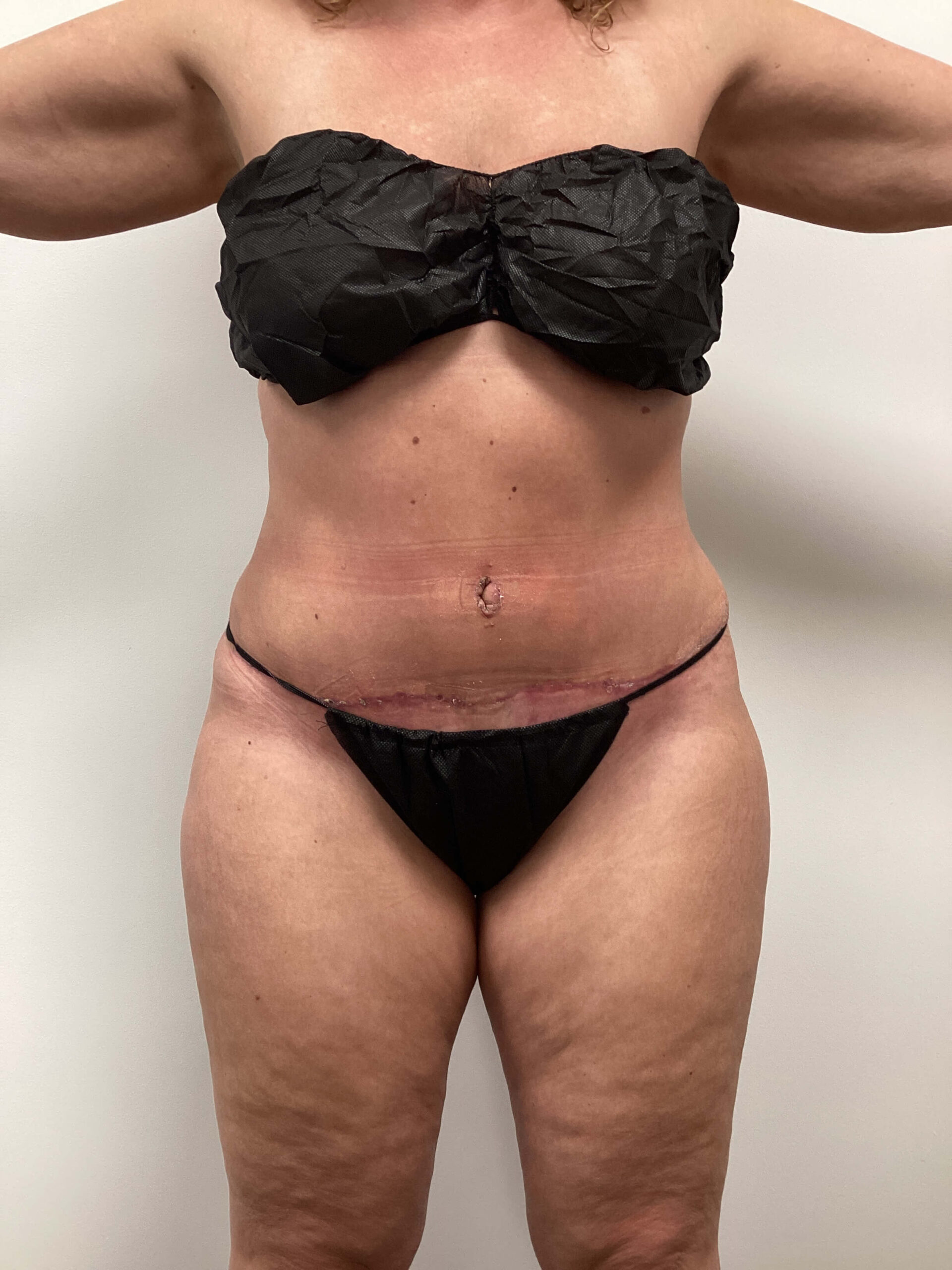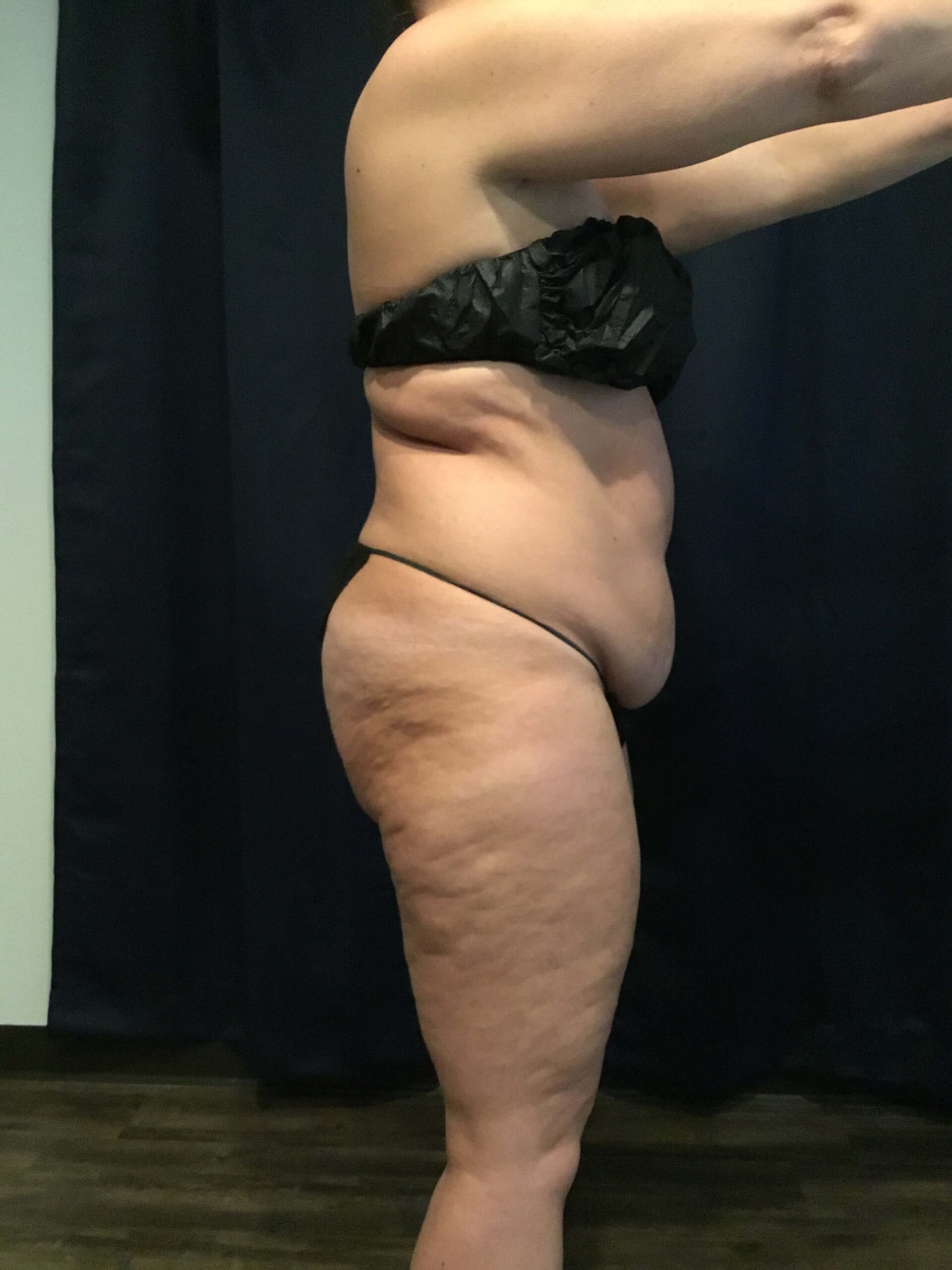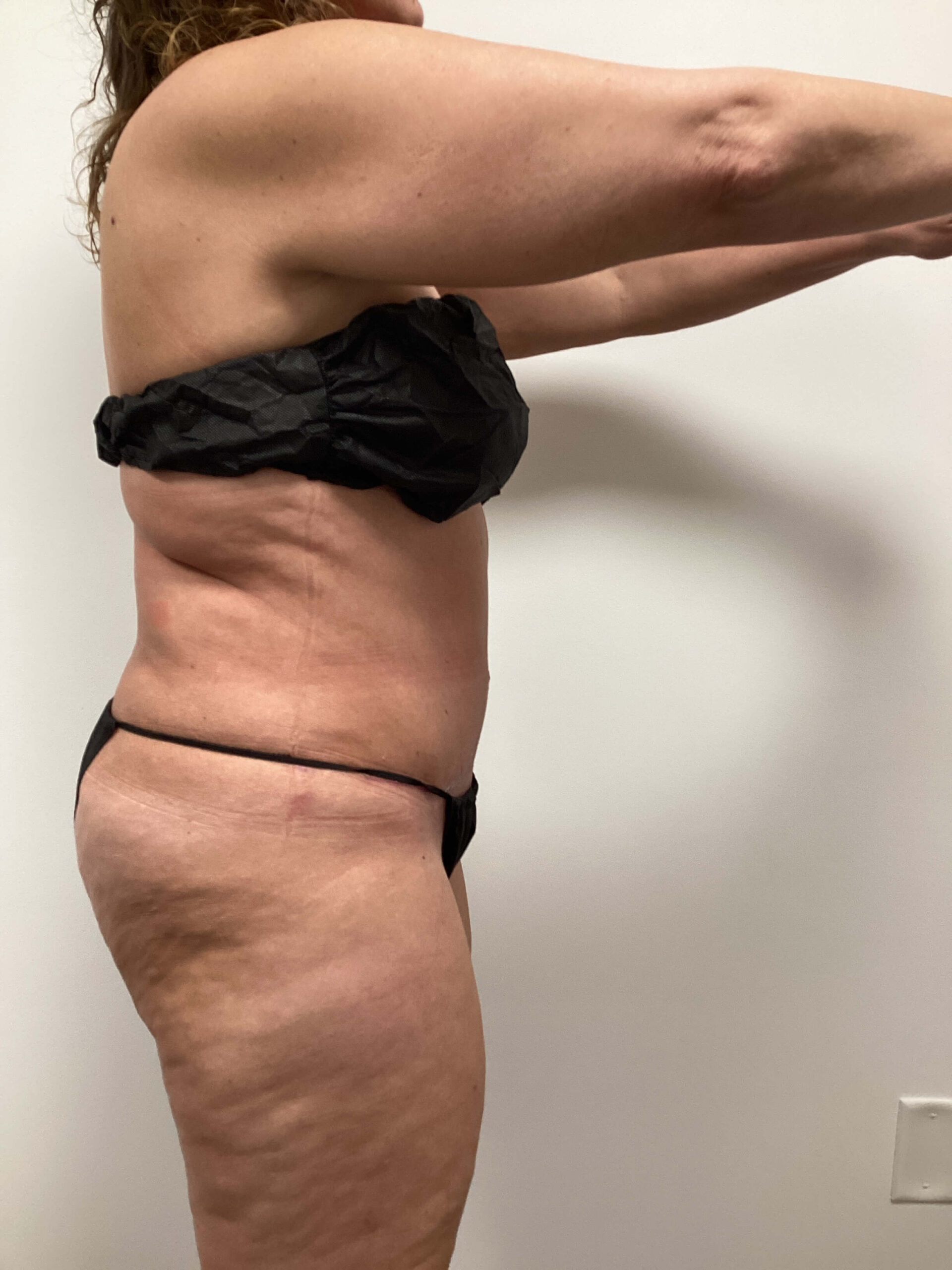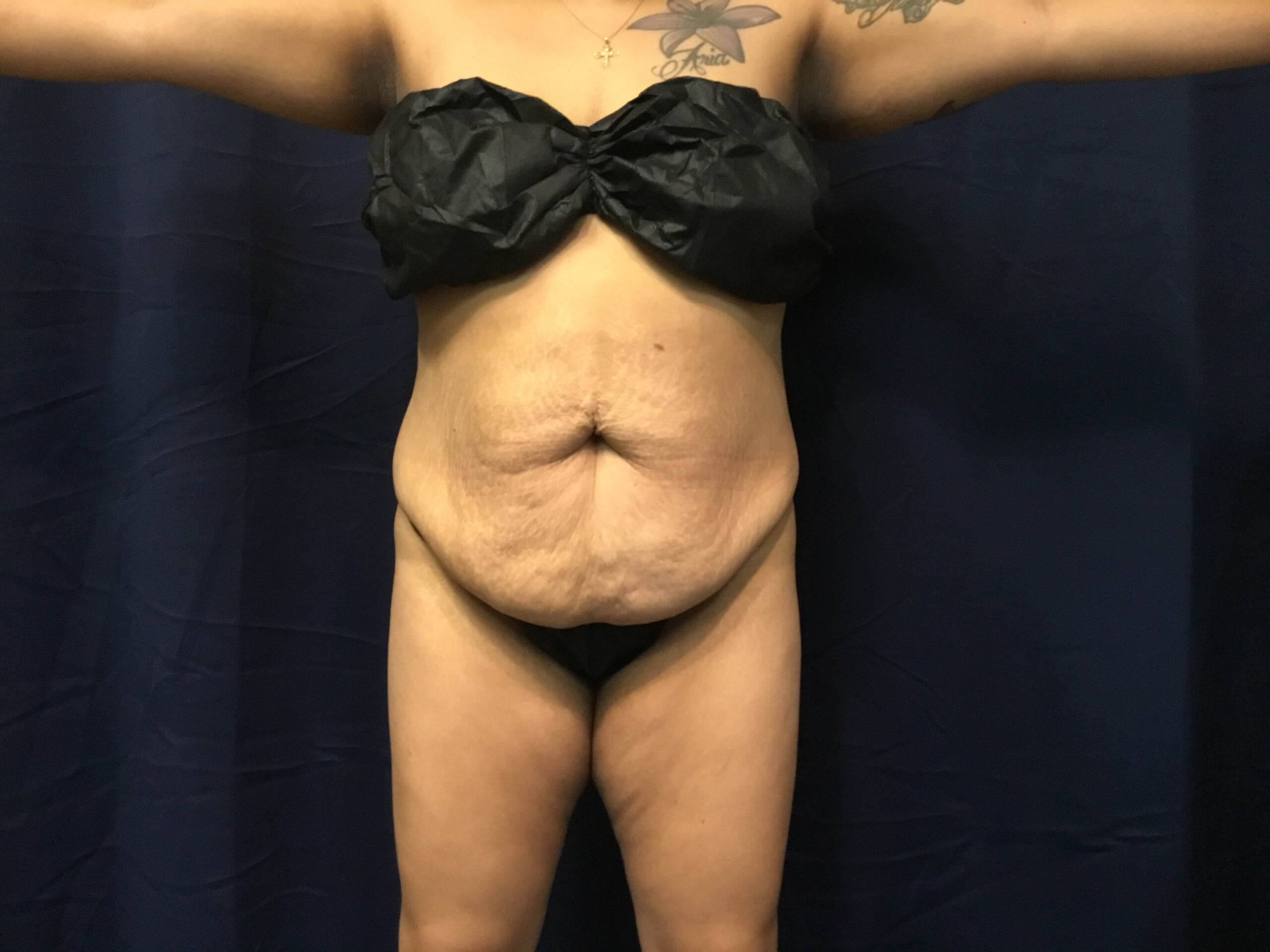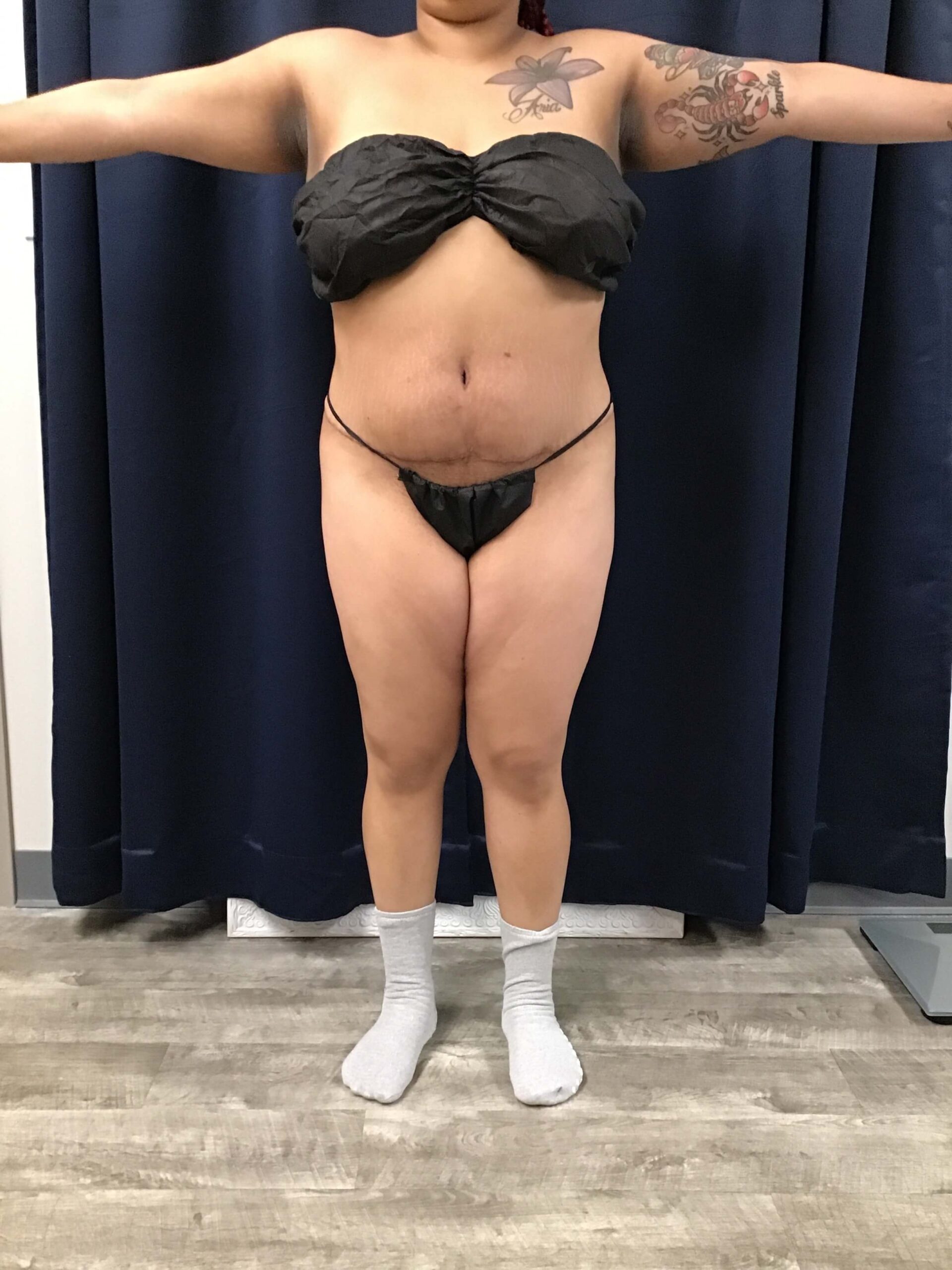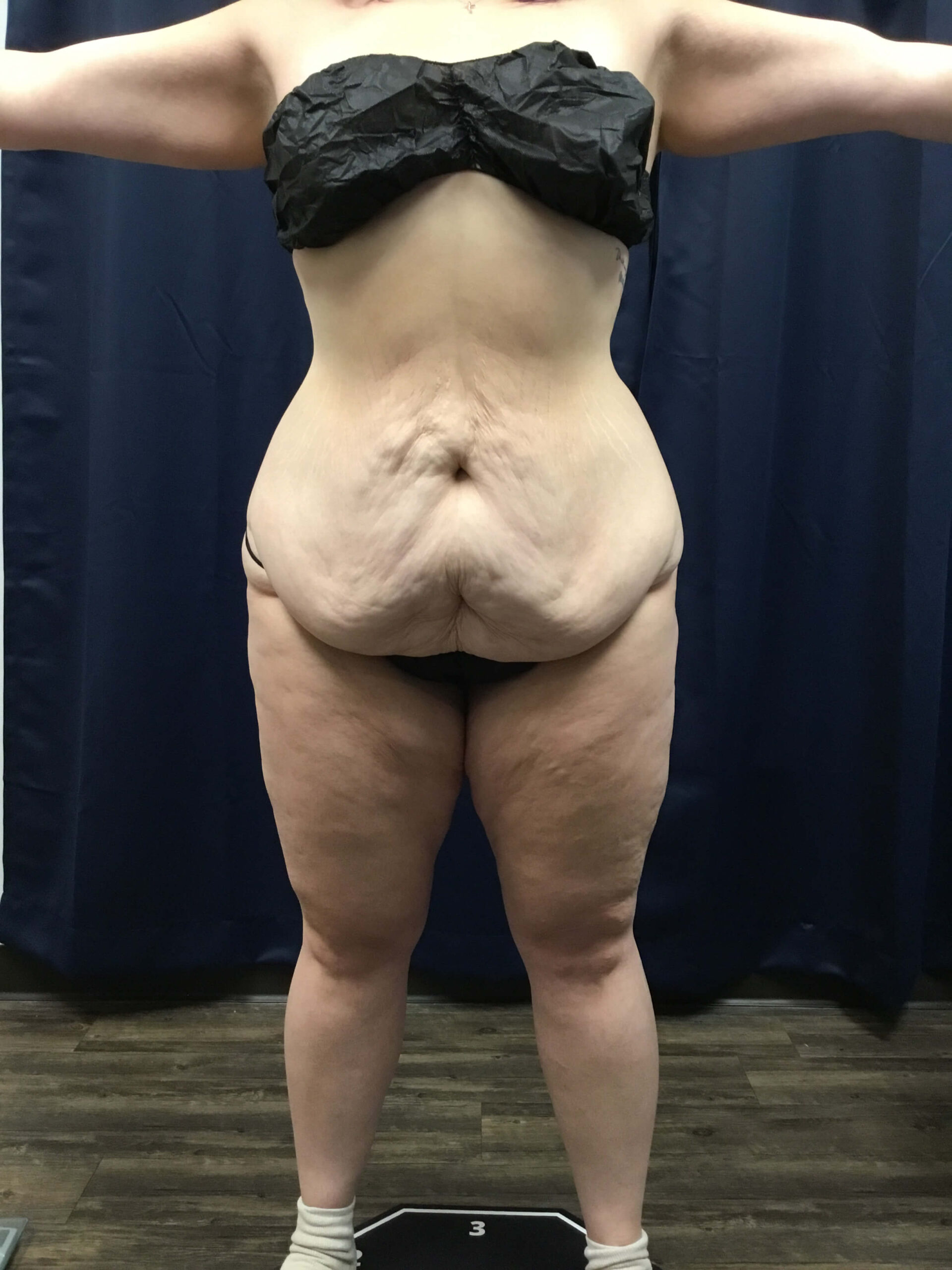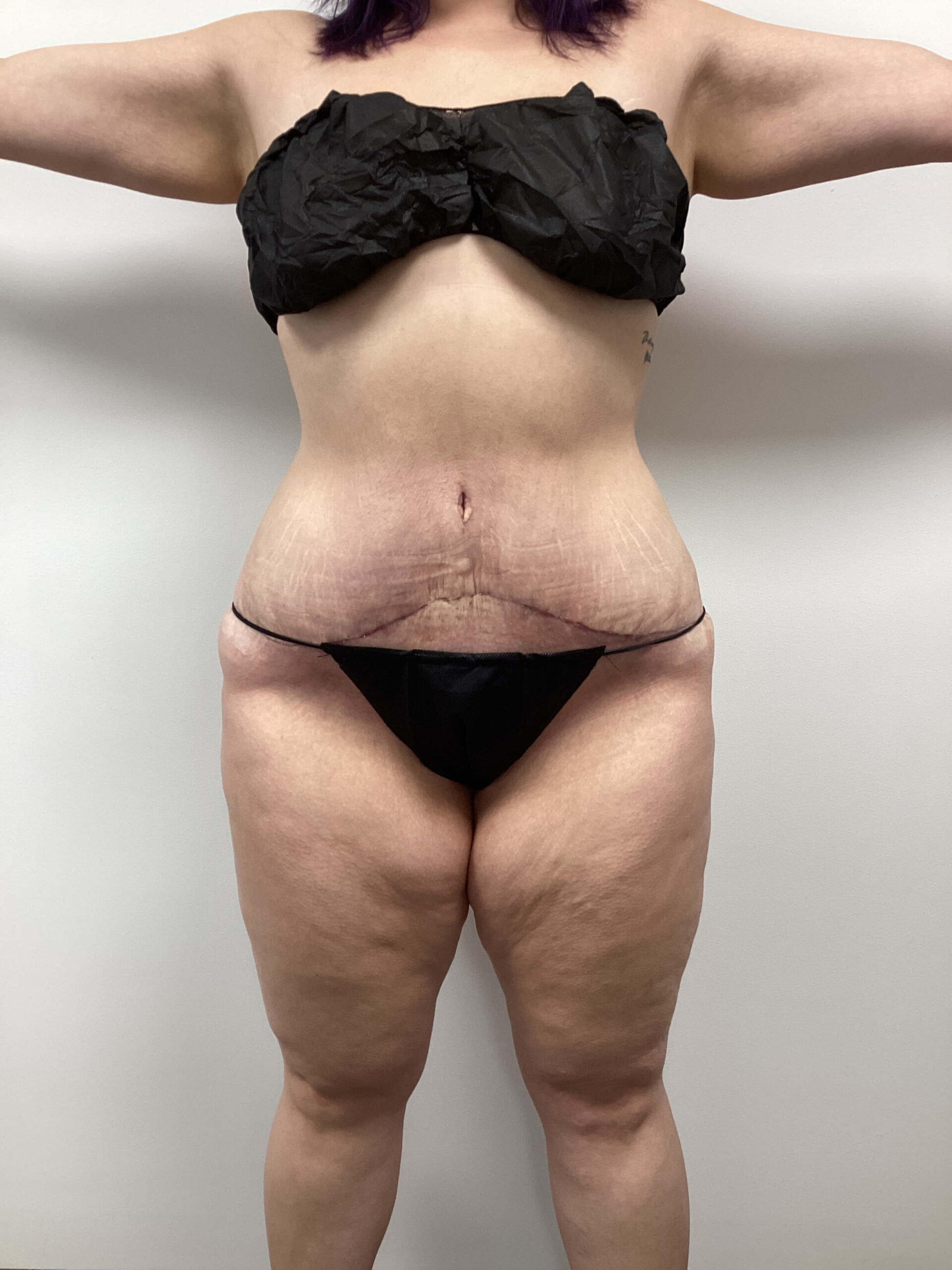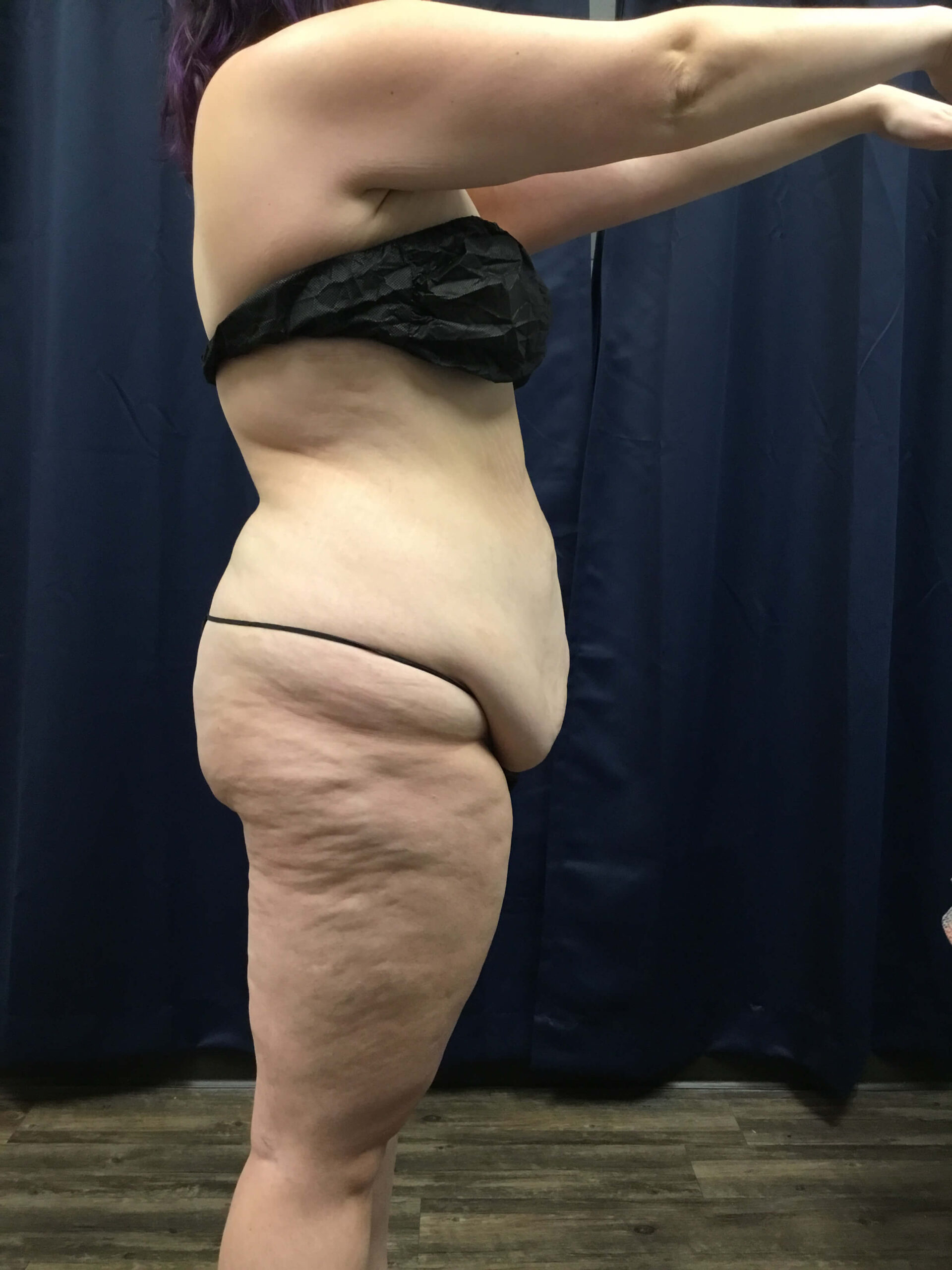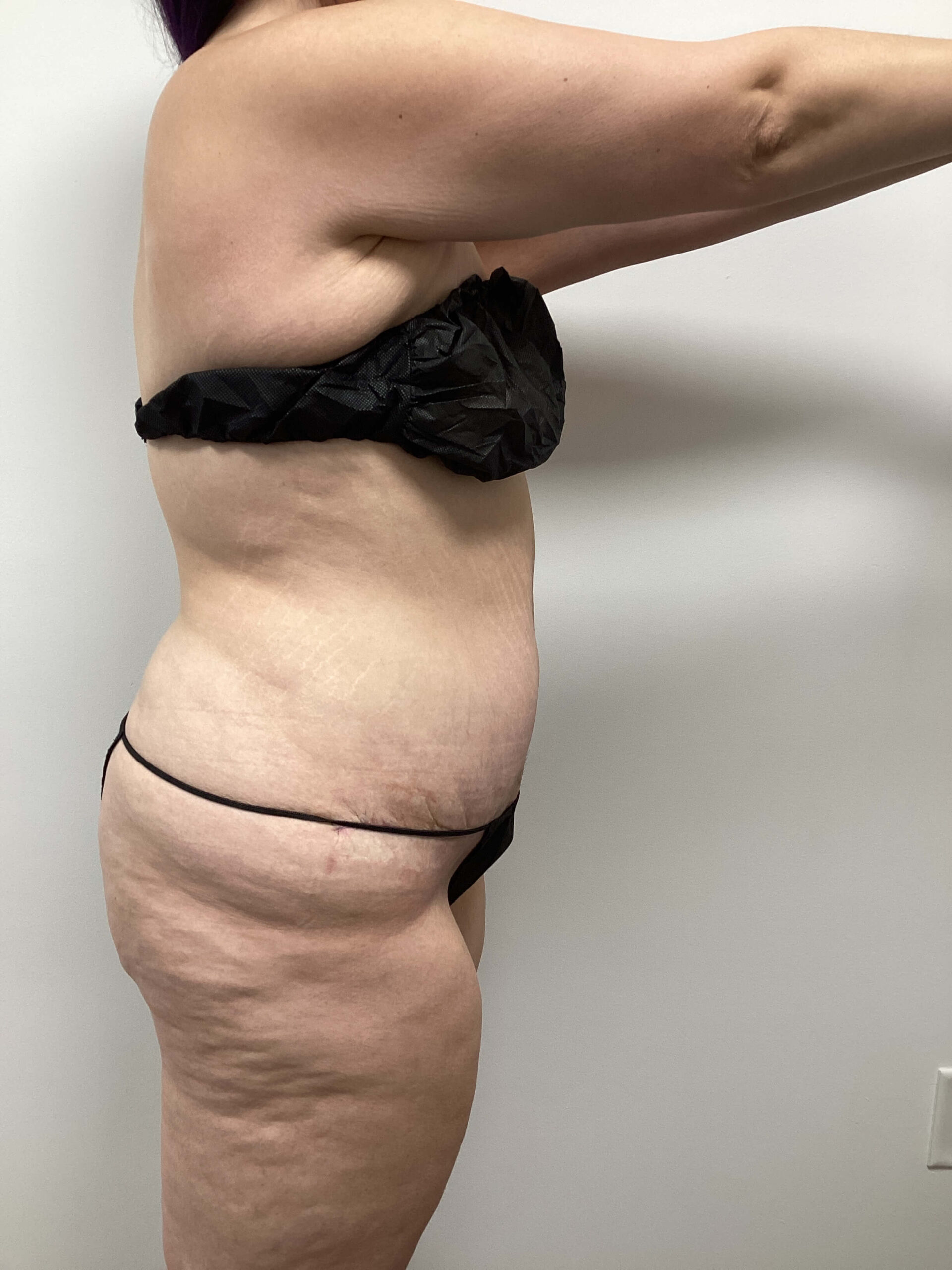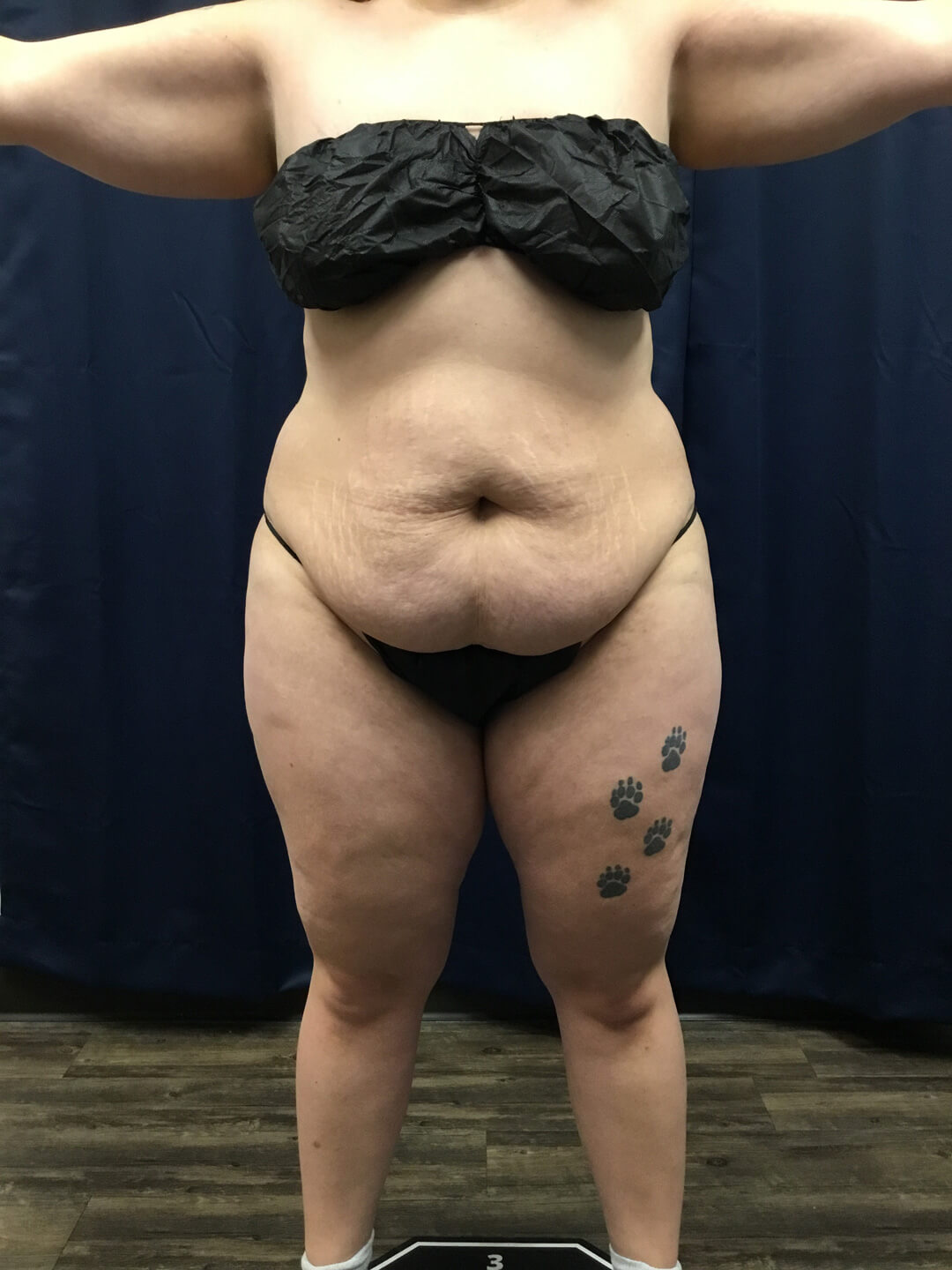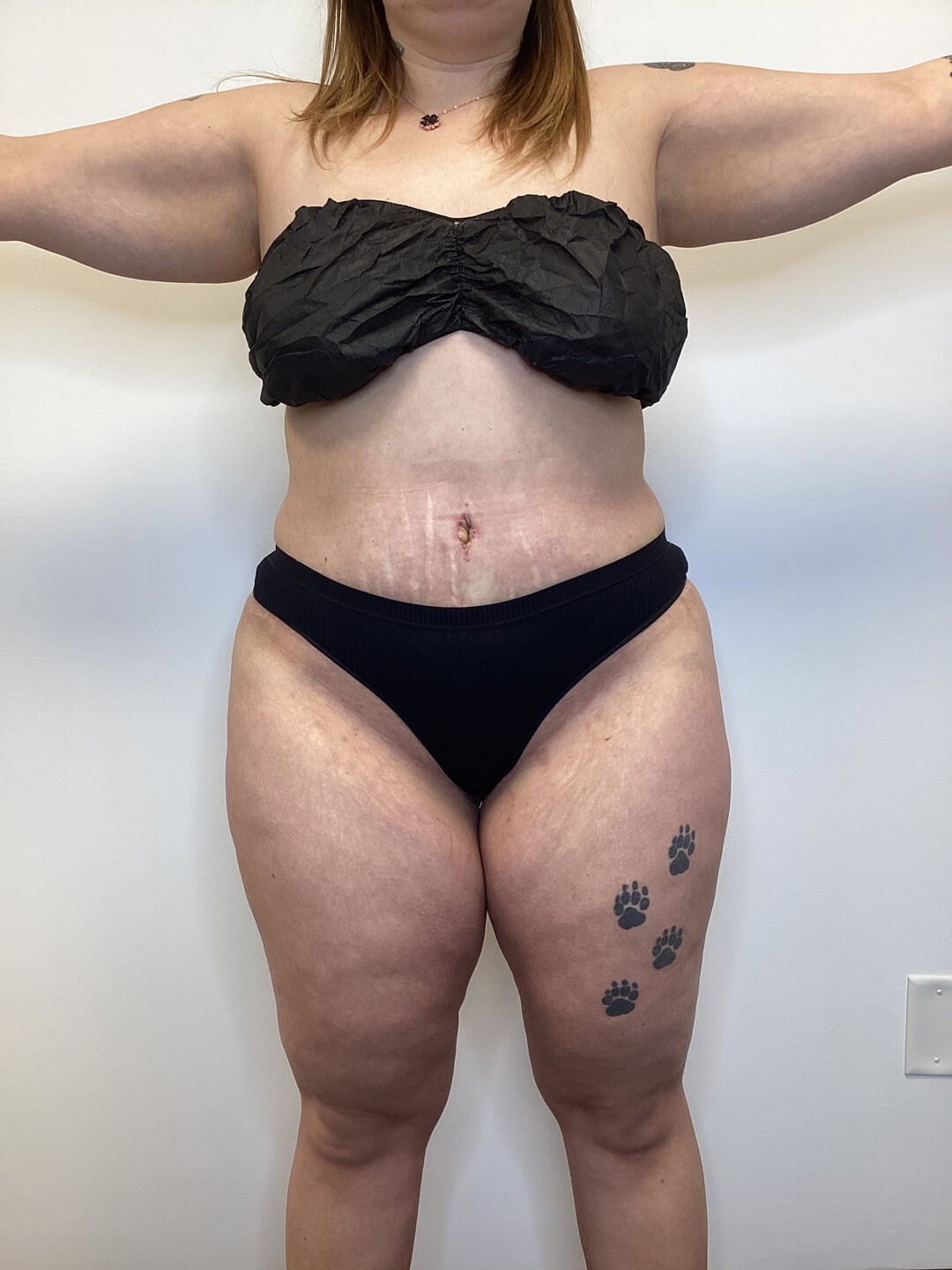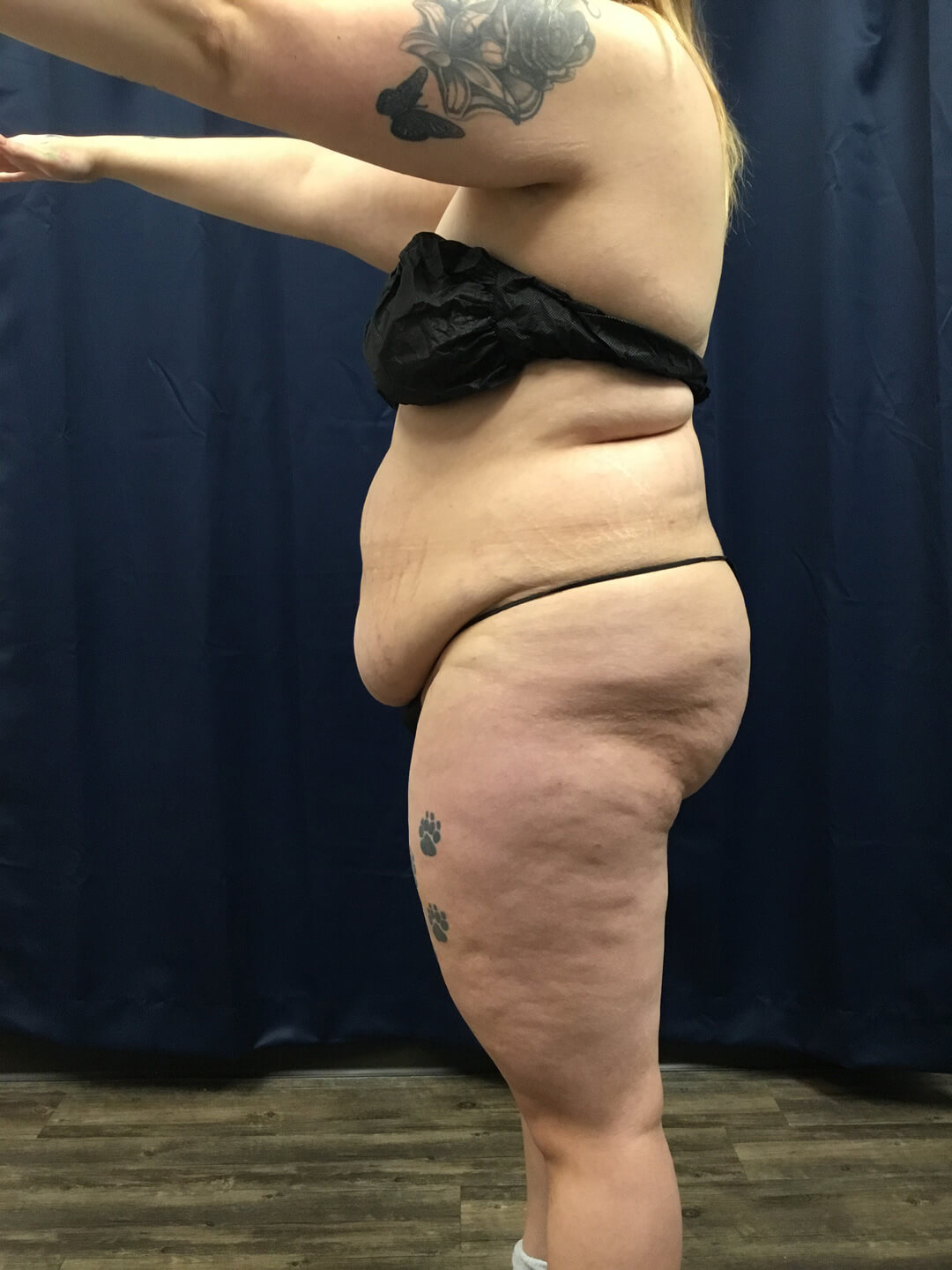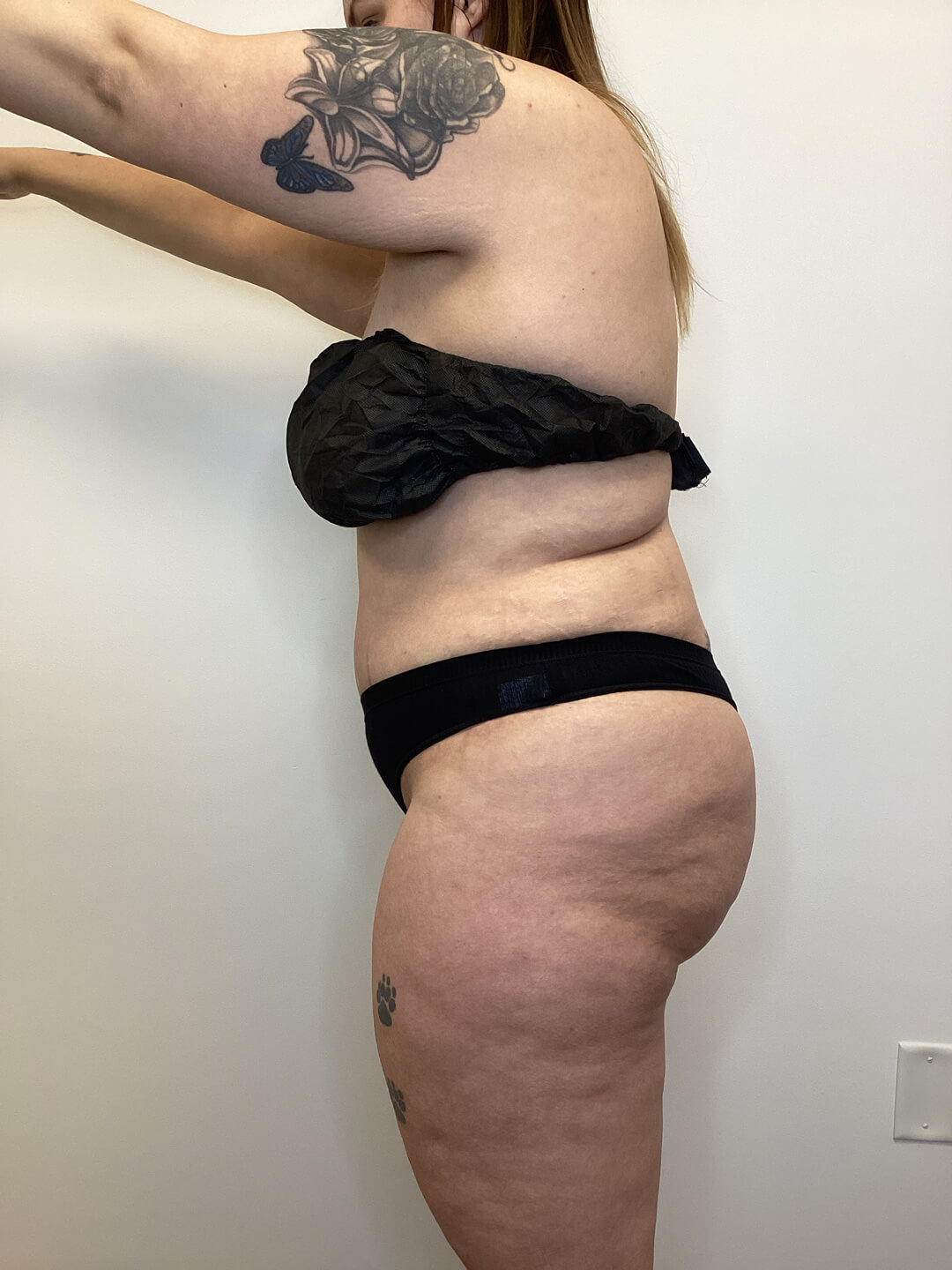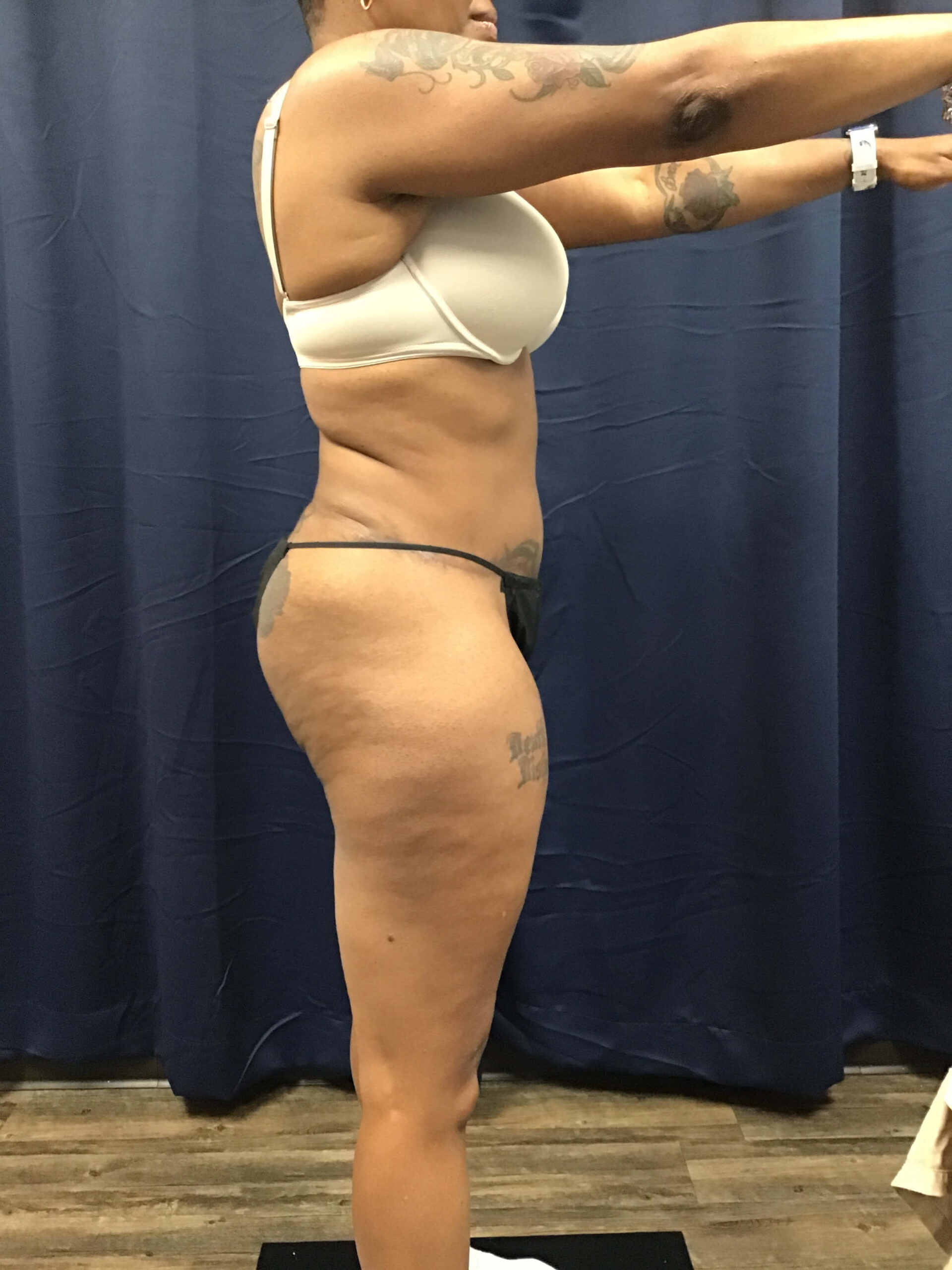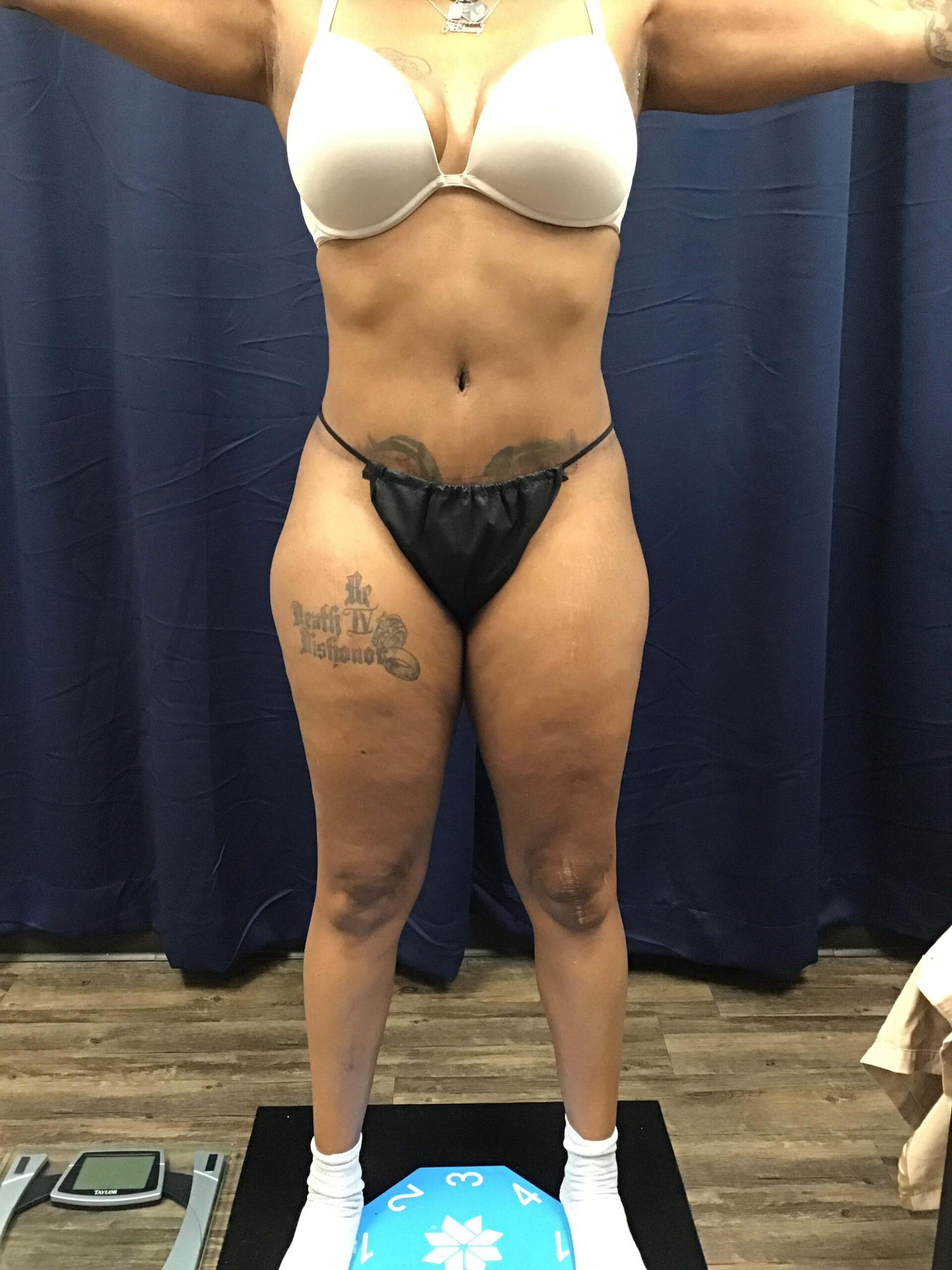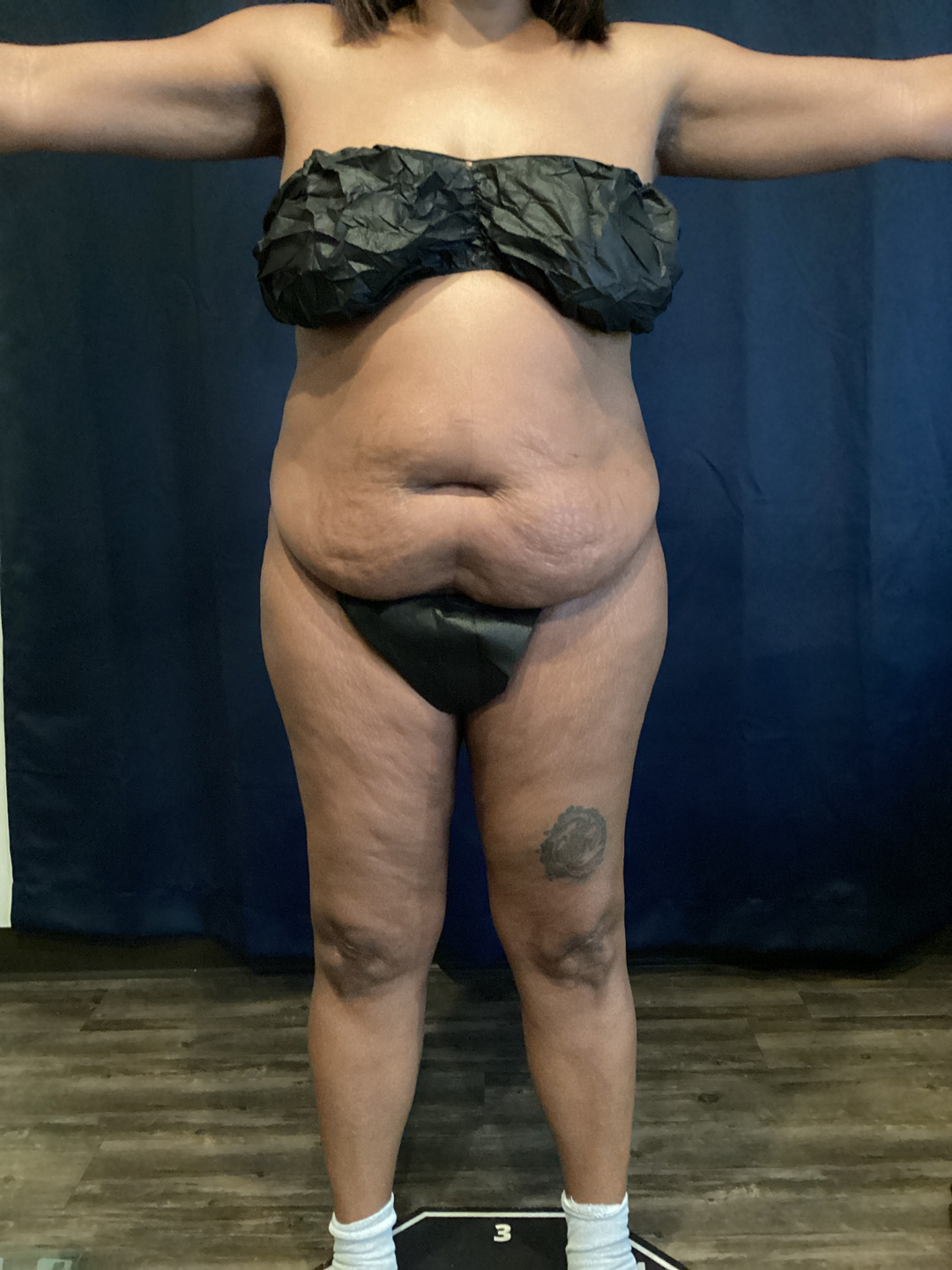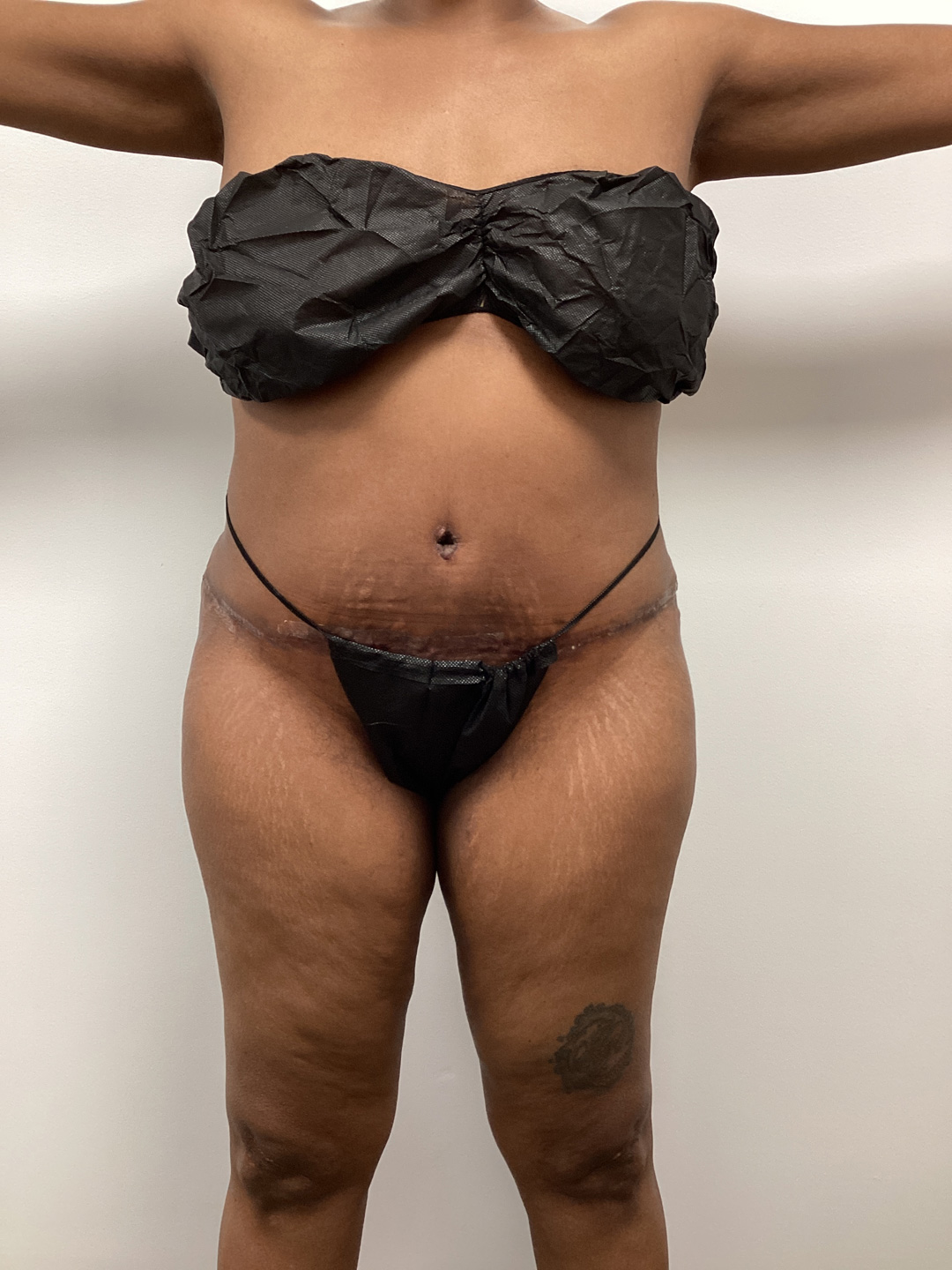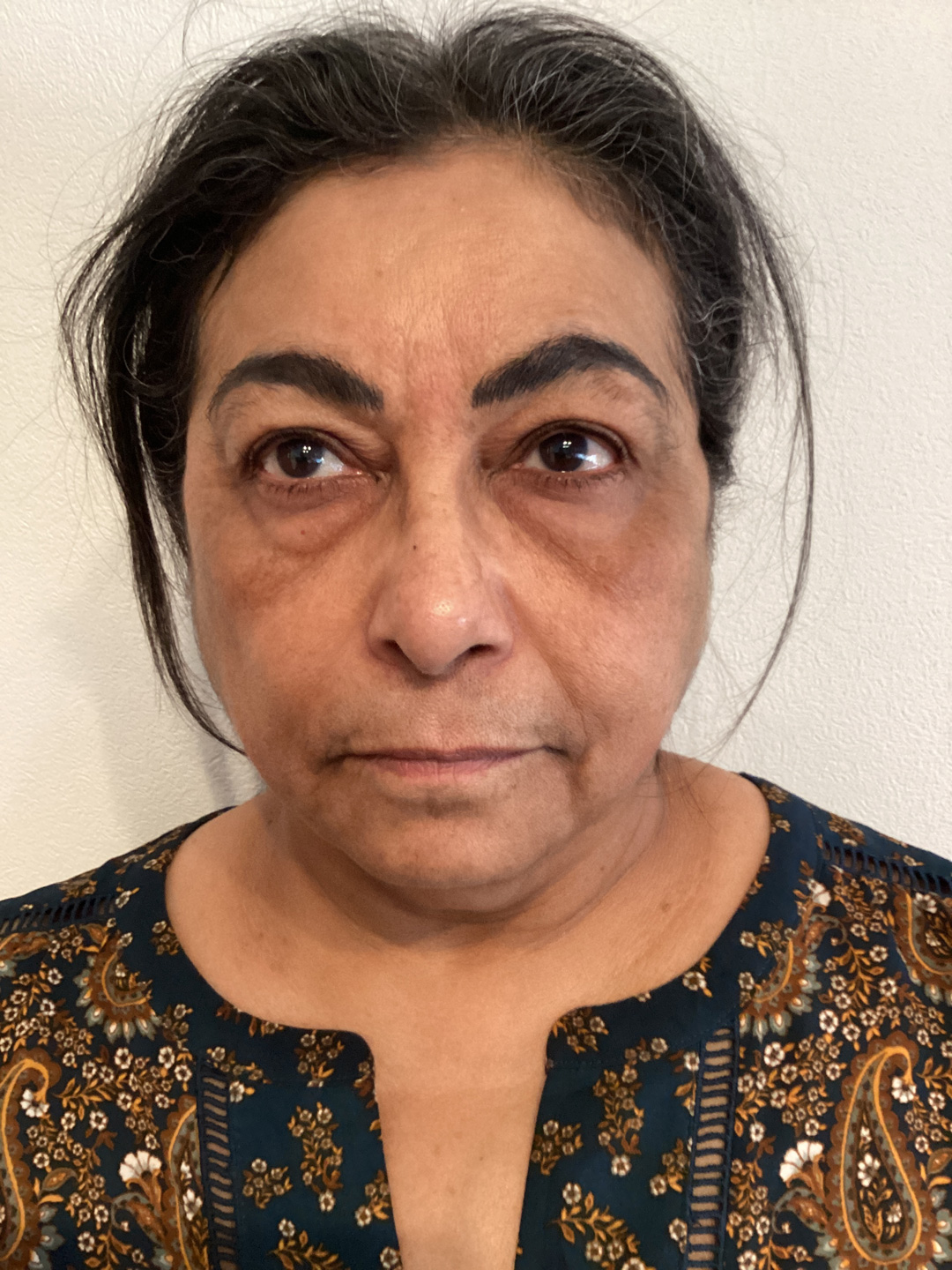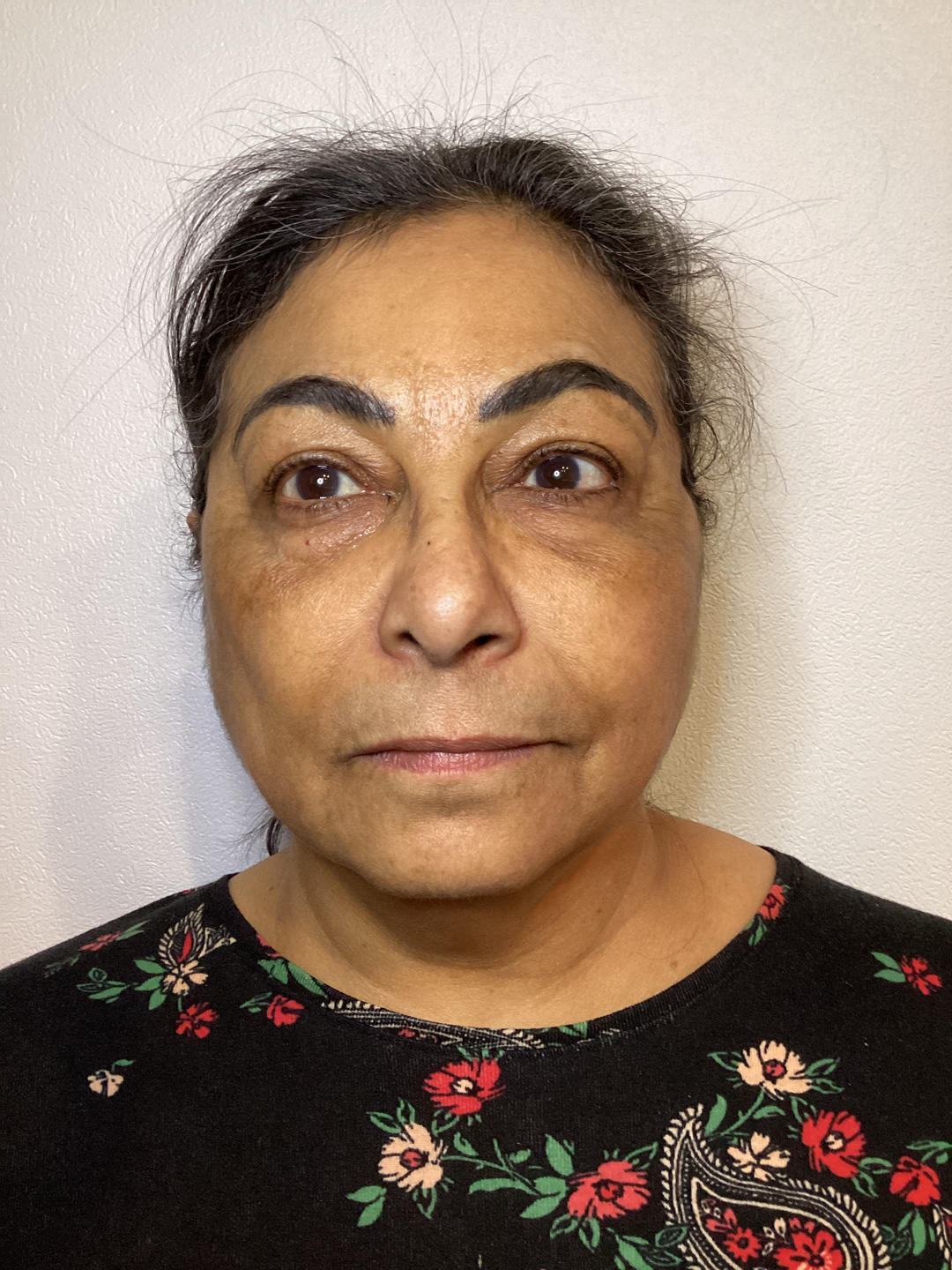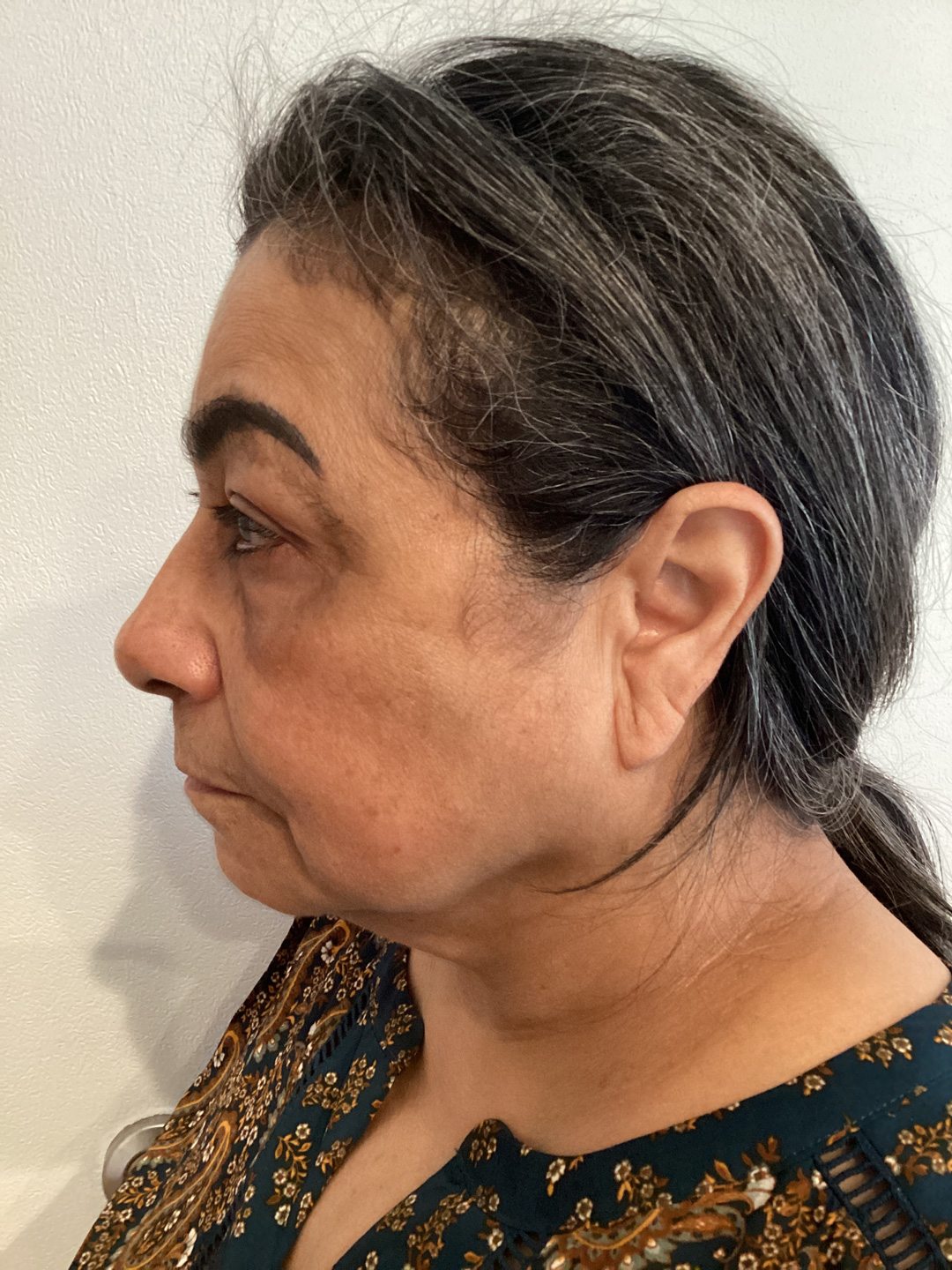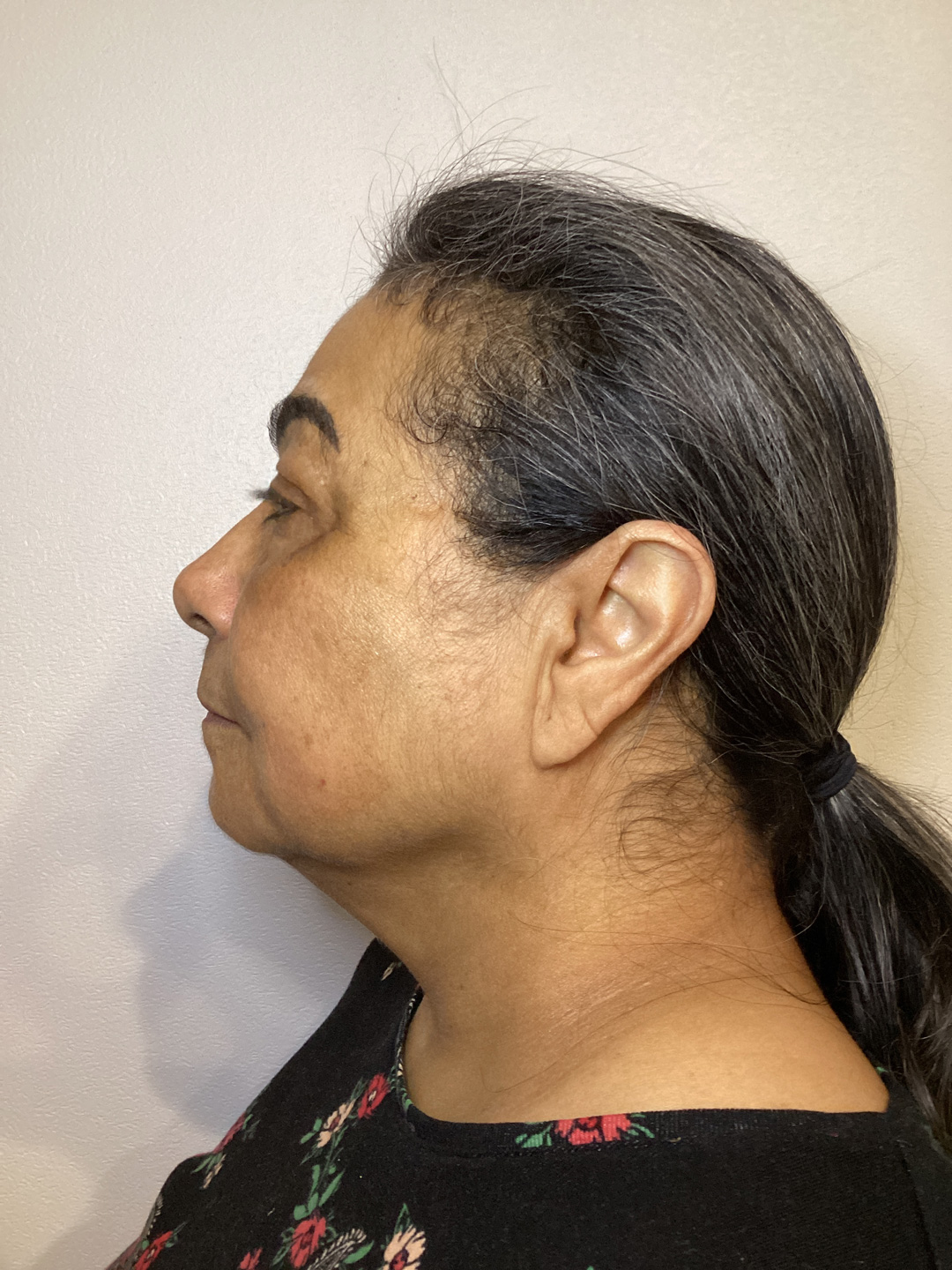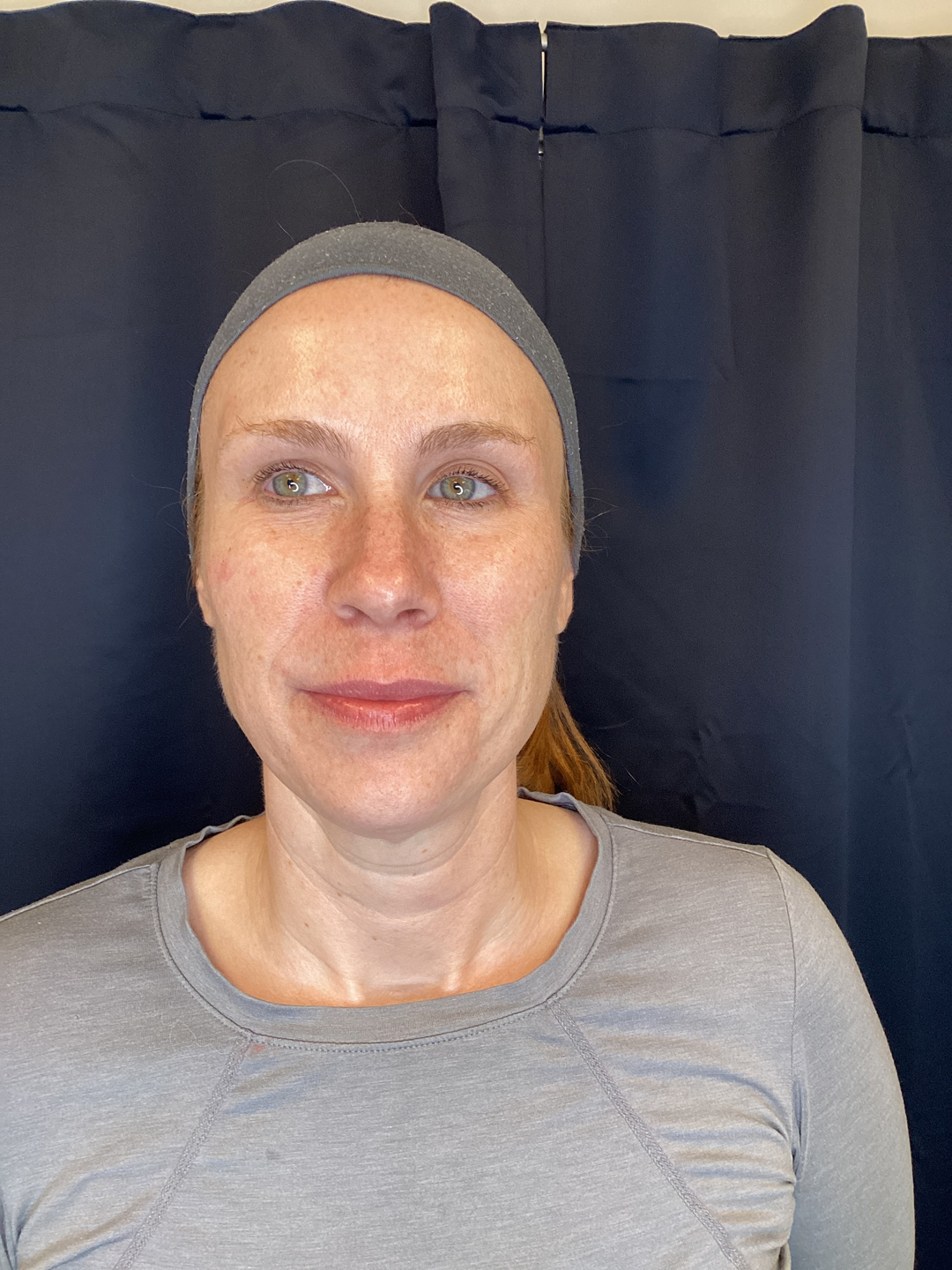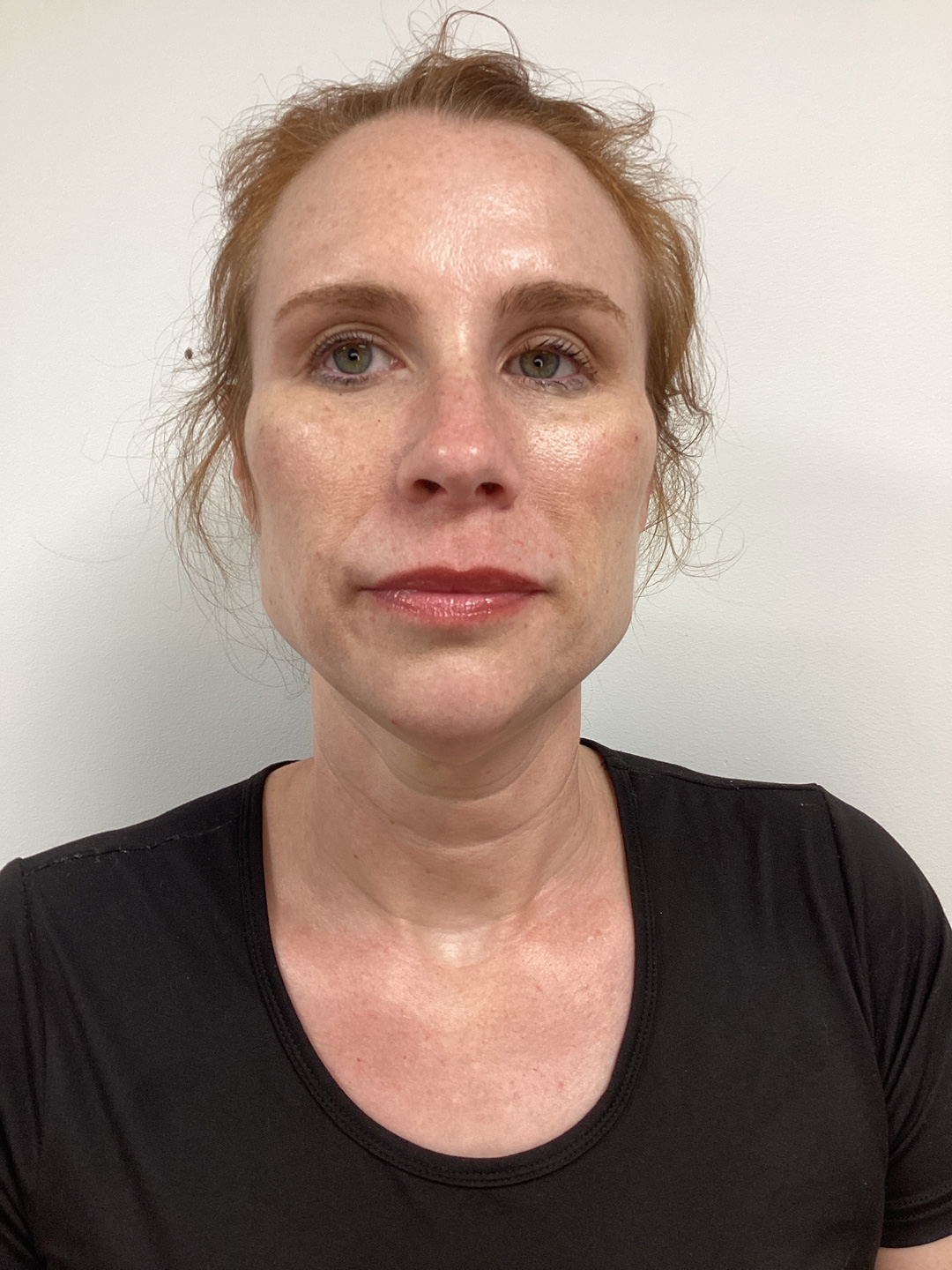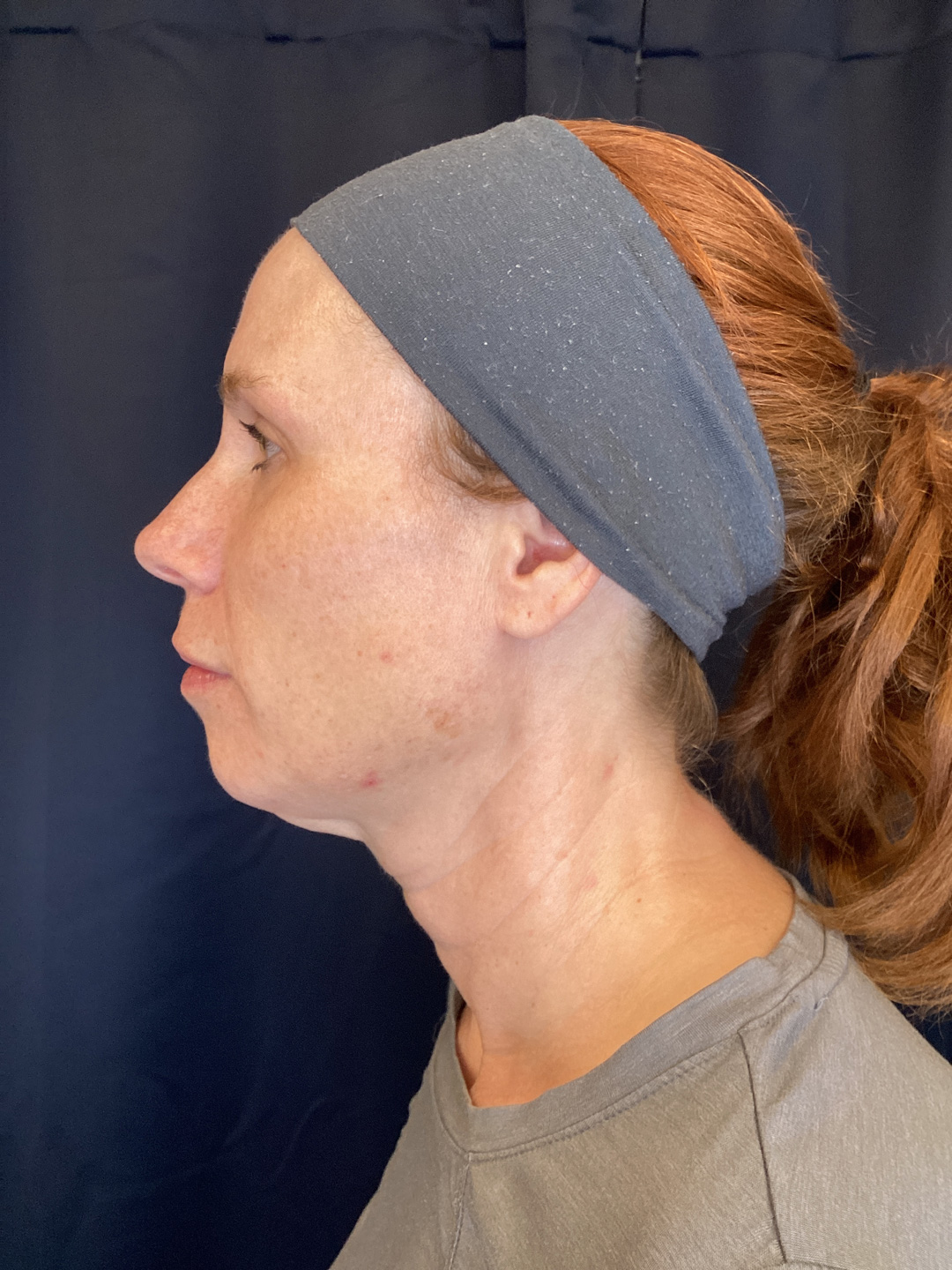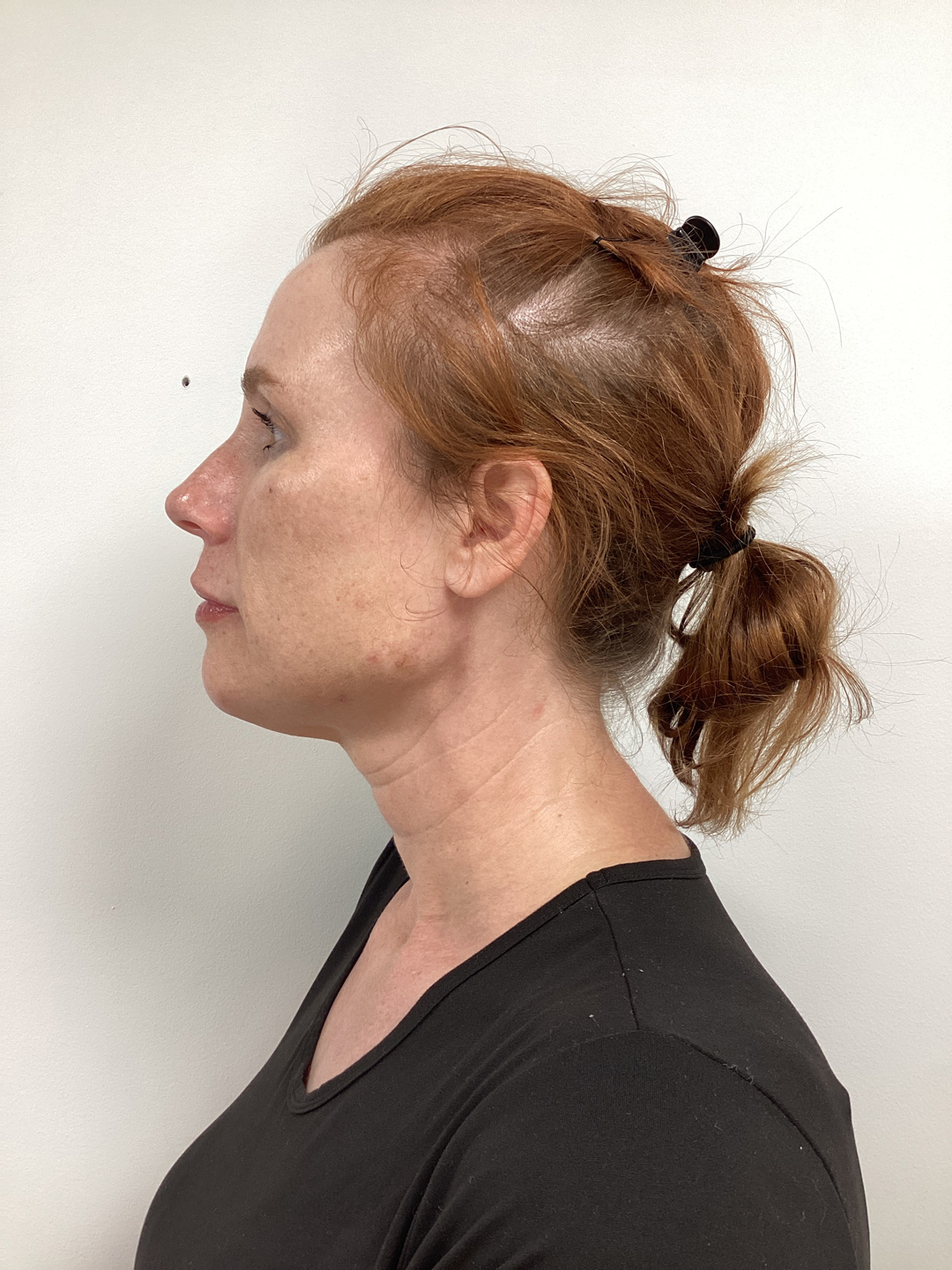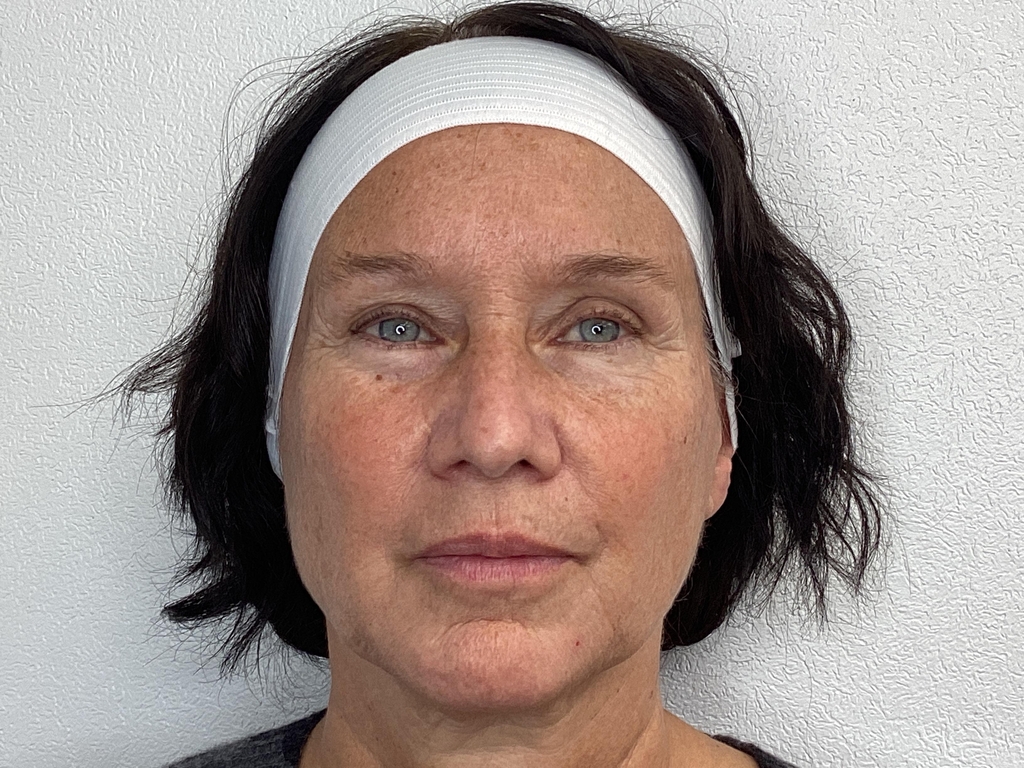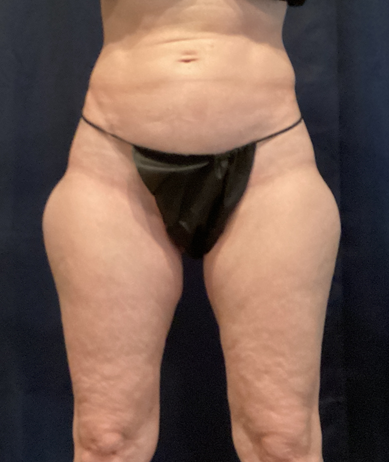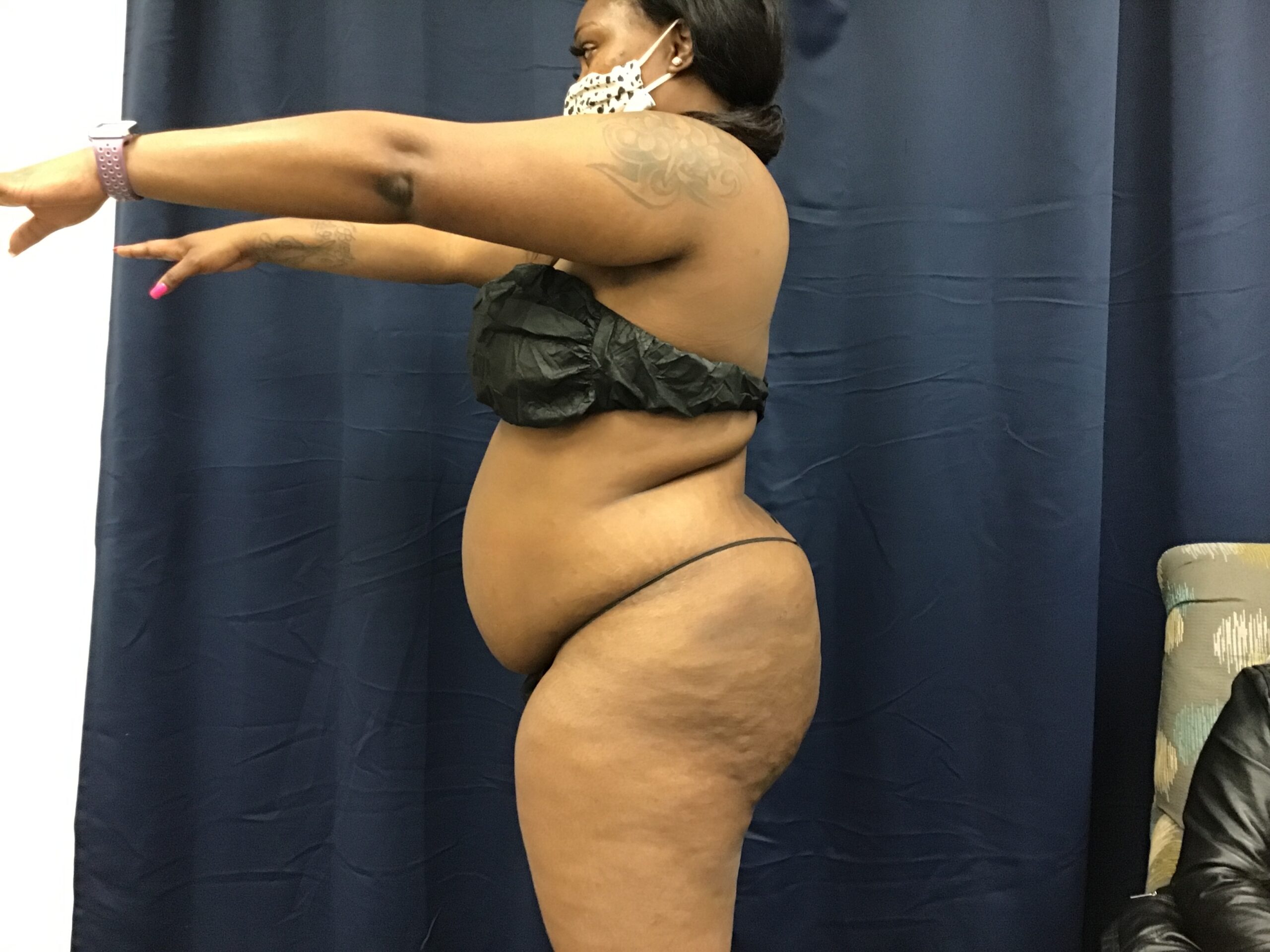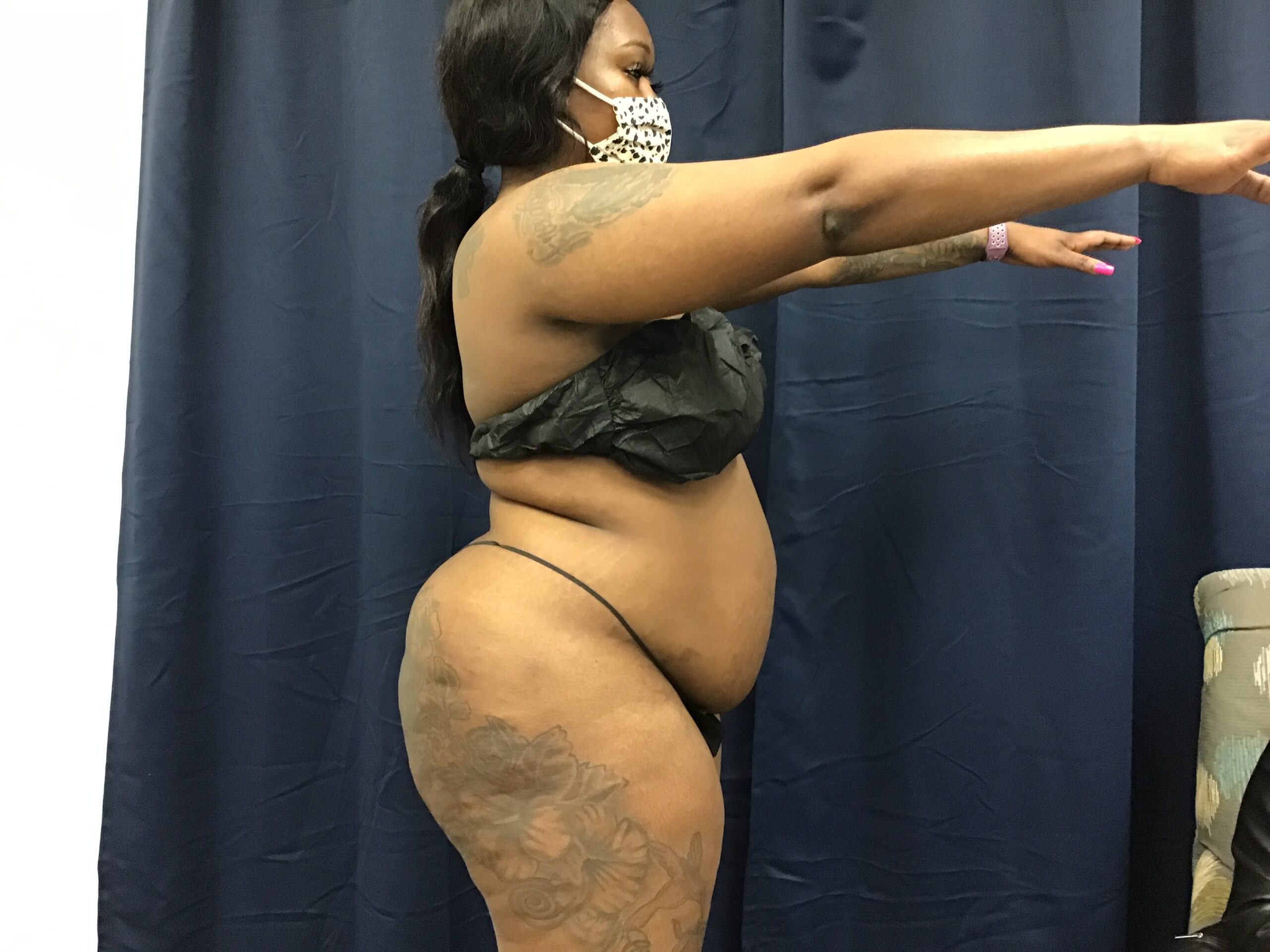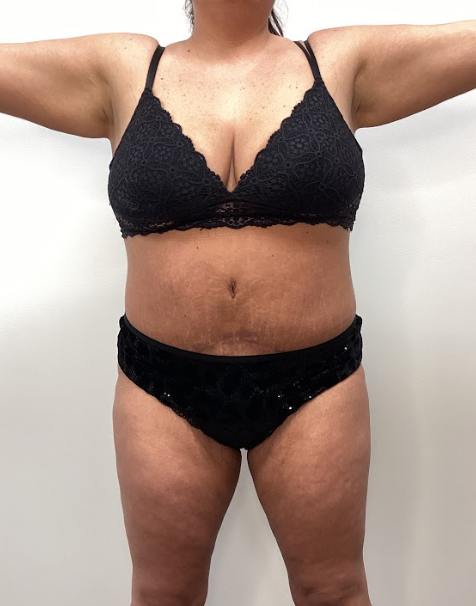3) Do you perform your procedure in an office or is the procedure done in an operating room at a hospital or surgery center?
Those physicians that perform procedures like liposuction in an Operating Room, either in a hospital or a surgery center, will typically use general anesthesia. This means you will be asleep for the procedure. The good news is that you are virtually guaranteed to feel no pain or discomfort during the procedure. The bad news is that once you wake up, the pain will be there and will tend to be worse than the pain from some of the other procedures mentioned in #1.
The procedure of choice in the operating room is suction-assisted liposuction, which is traditional liposuction. As I told you above this is a traumatic technique that tends to cut everything in its way. This means that not only does the fat come out, but bits of nerve, blood vessels and skin support structures come out as well.
The other problem with doing this procedure in an operating room is that you will be responsible for extra costs. You will have to pay a facility fee (this is the fee the hospital or surgery center will charge for having it done at their “facility”) and an anesthesiology fee (this is the fee the doctor who puts you to sleep will charge). The extra costs can sometimes double the price of the procedure quoted by your physician’s office. The take home message here is to make sure you know all the costs that you will be responsible for prior to undergoing this procedure.
If the doctor performs the procedure in an office setting, he or she will use tumescent anesthesia. This anesthesia is given as a fluid that is injected under the skin. This anesthesia keeps you comfortable throughout the rest of the procedure. You are awake for the procedure.
When the procedure is done, you are able to leave immediately and return home. Tumescent anesthesia is much safer than general anesthesia.
4) Do you have any patient references that I can call and talk to?
Everybody will have some before and after pictures to show you. The problem with these pictures is that these pictures may not be the before and after pictures from that practice. They may be the before and after pictures of another doctor or stock photos from the company whose machine they use to perform the liposuction procedure. The practice may not have its own before and after pictures for one of two reasons. They either are not doing a good enough job with their procedure to have good before and after pictures to show, or their patients are not allowing their pictures to be viewed by other individuals. A lot of patients have this fear that their before and after pictures will be all over the internet and thus refuse to have them released for any marketing purposes.
For this reason, I suggest that you ask the practice for personal references, specifically references that you can talk to on the phone. This way, you can gather much more detailed information. You can ask the patient how their total experience was, how they were treated, how and what they felt during the procedure and how they felt afterward. Most importantly, ask them how happy they were with their results and if they would do it again. This kind of information is often much more enlightening and reassuring than just a set of before and after pictures.
5) What are the costs for the procedure?
Finally!
Now that you are armed with all the above information, you can ask the question that you were just dying to ask at the beginning: How much? You have decided on the type of liposuction you wish to undergo and whether you want to be awake or asleep during the procedure. If you choose a laser-based procedure, you now know what kind of laser your surgeon uses and why. Lastly, you have talked to other patients to assess their experience and results.
Armed with the information you found during your investigation, you can now make a much more educated financial decision. You can finally decide if the procedure, the price and the practice are right for you.
Good luck with your due diligence.
Best wishes on the results of your procedure.
I truly hope you found this information helpful.
Sincerely,
Dr. Z




